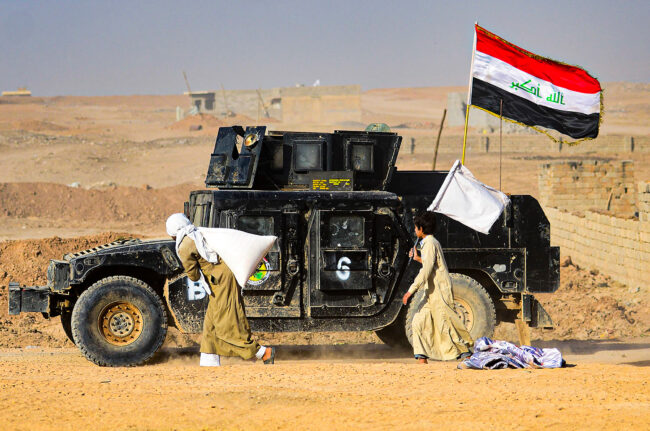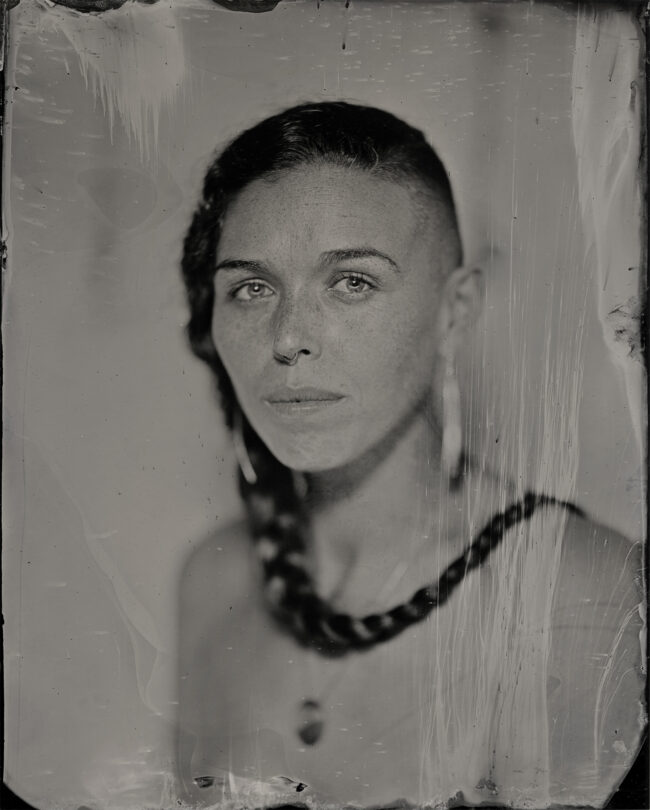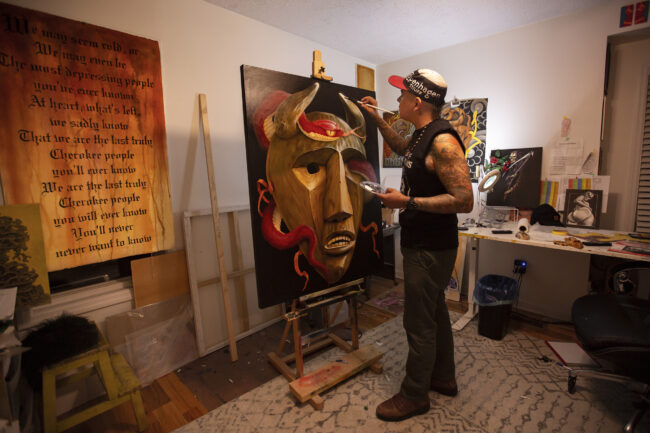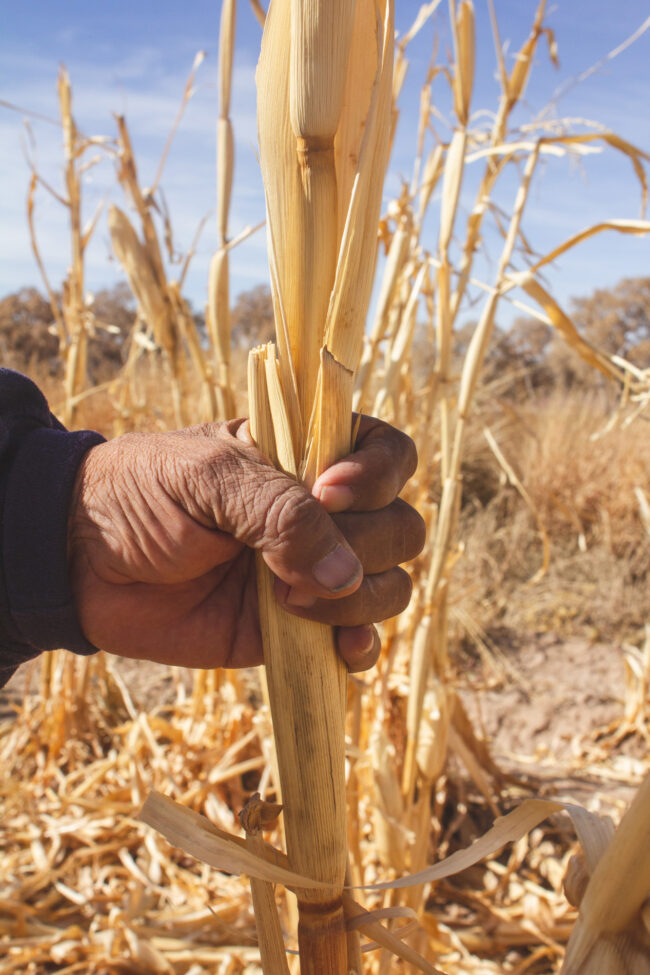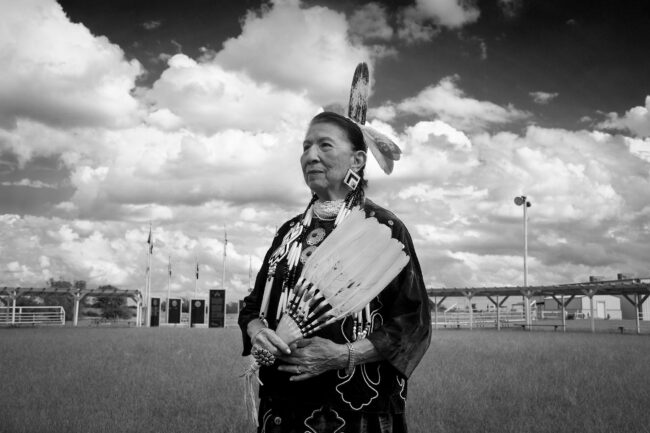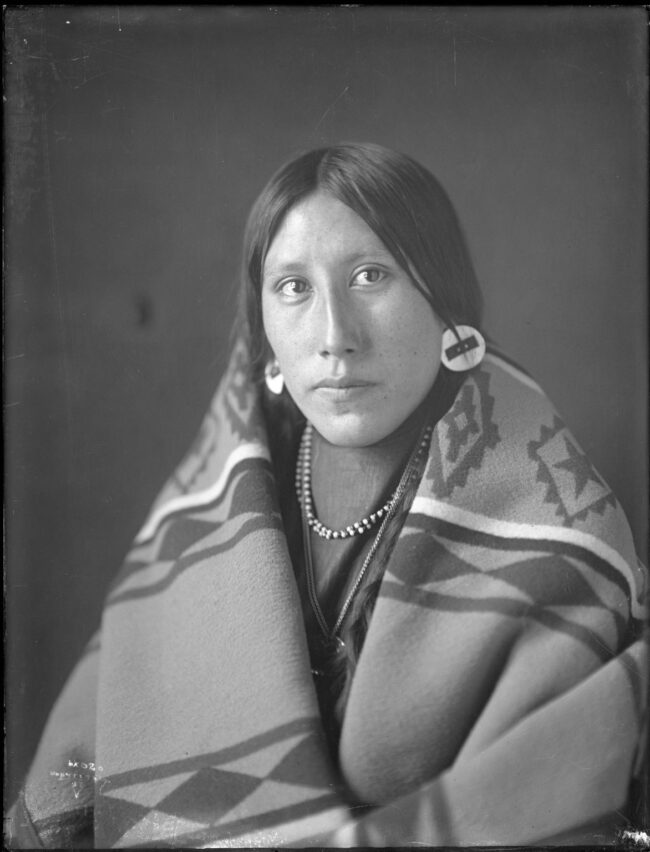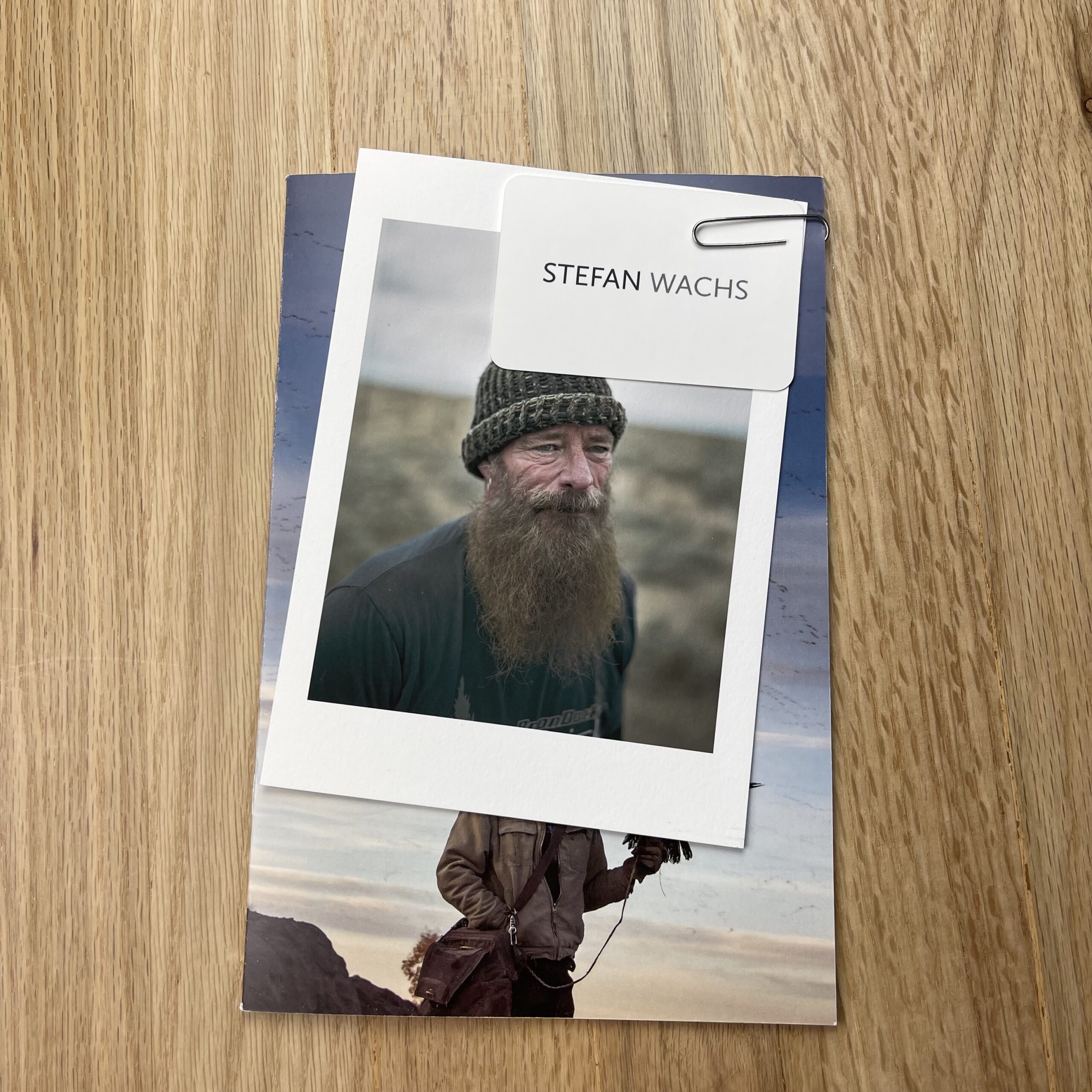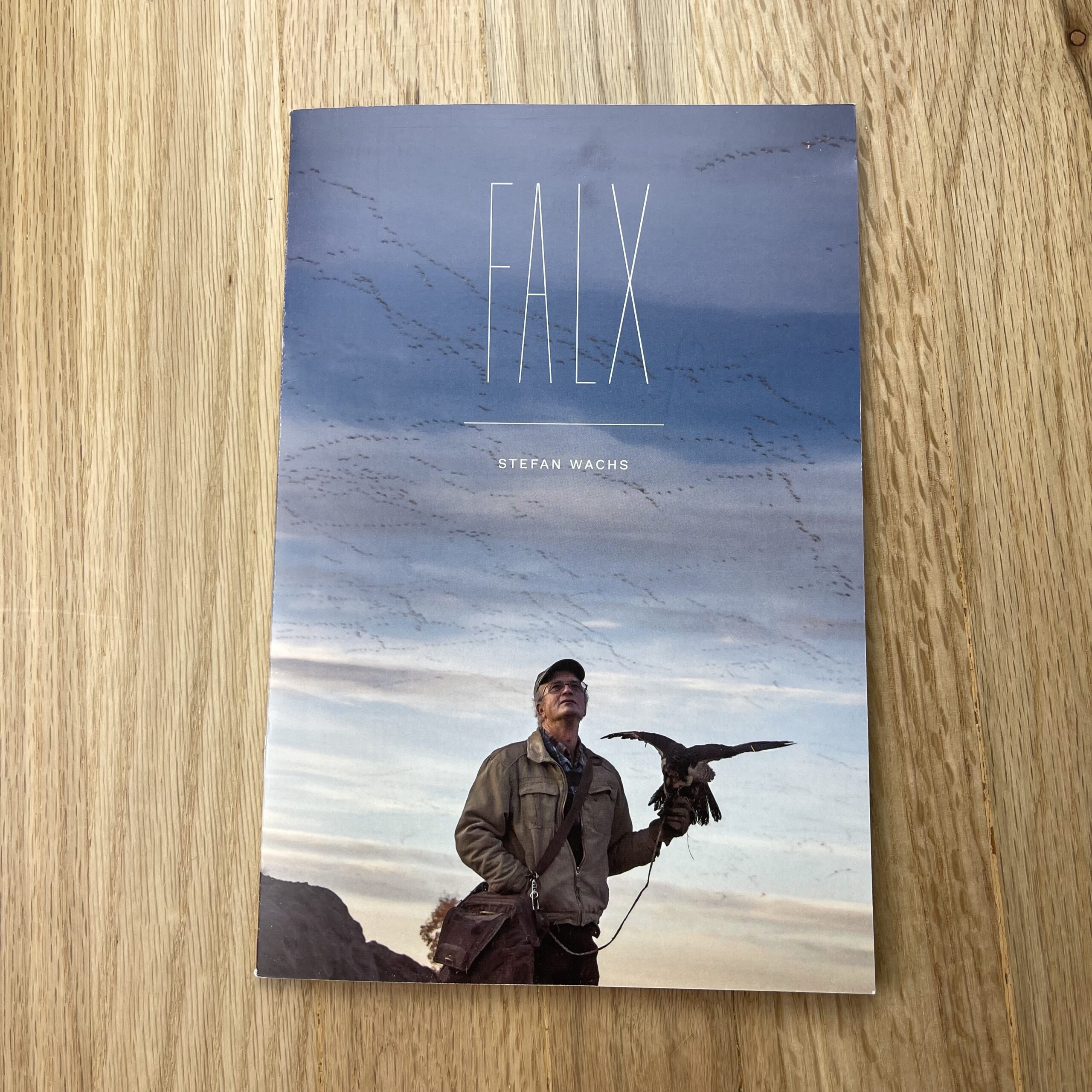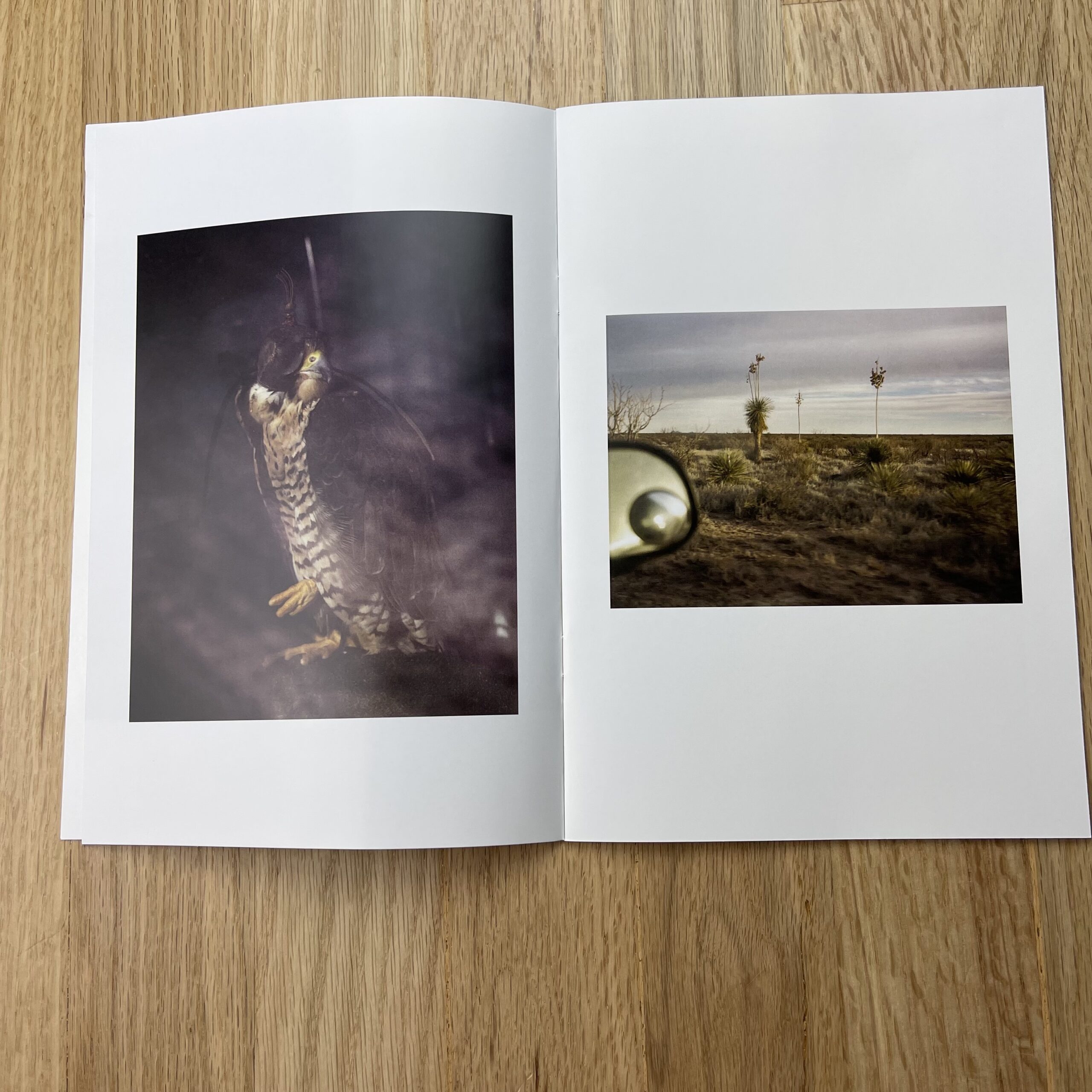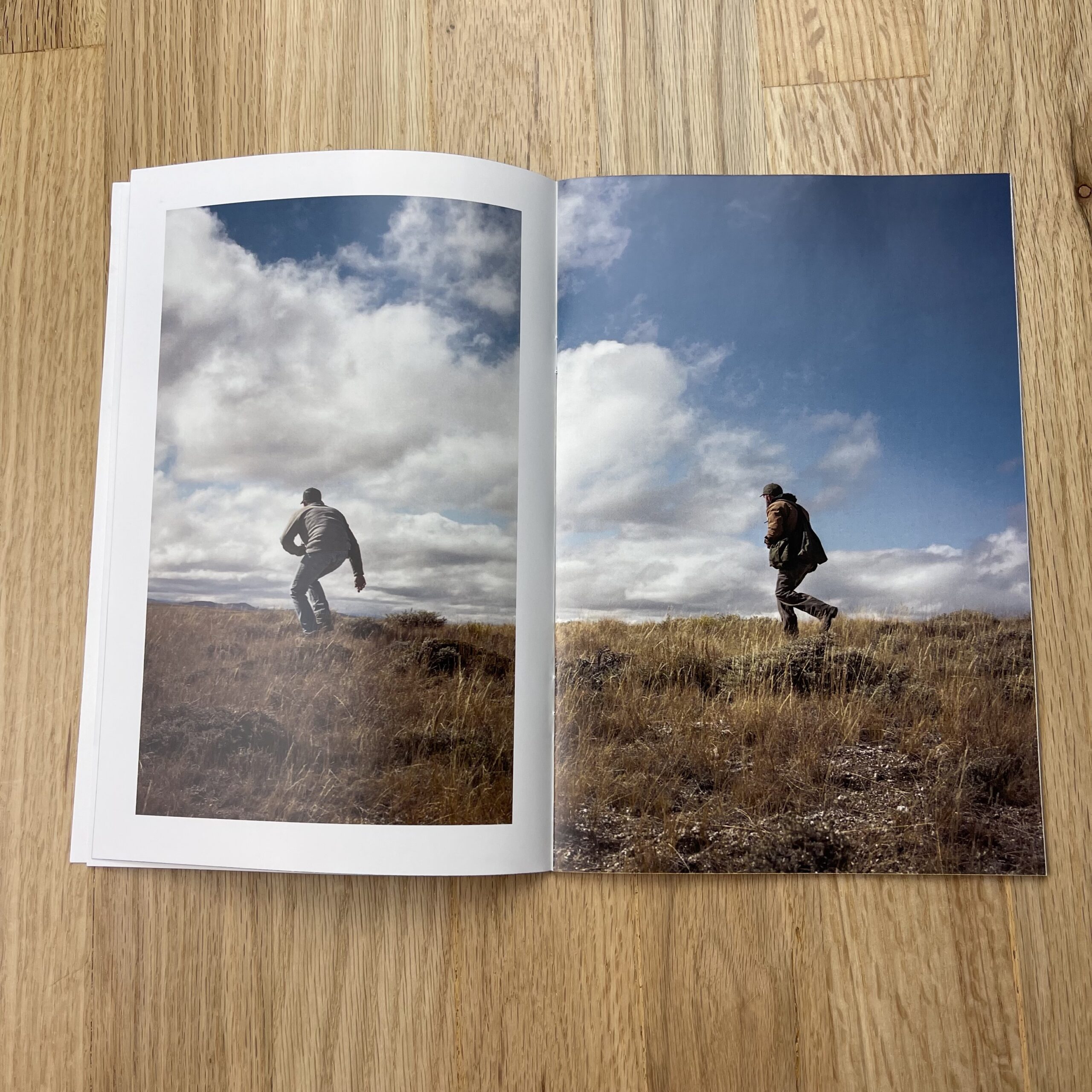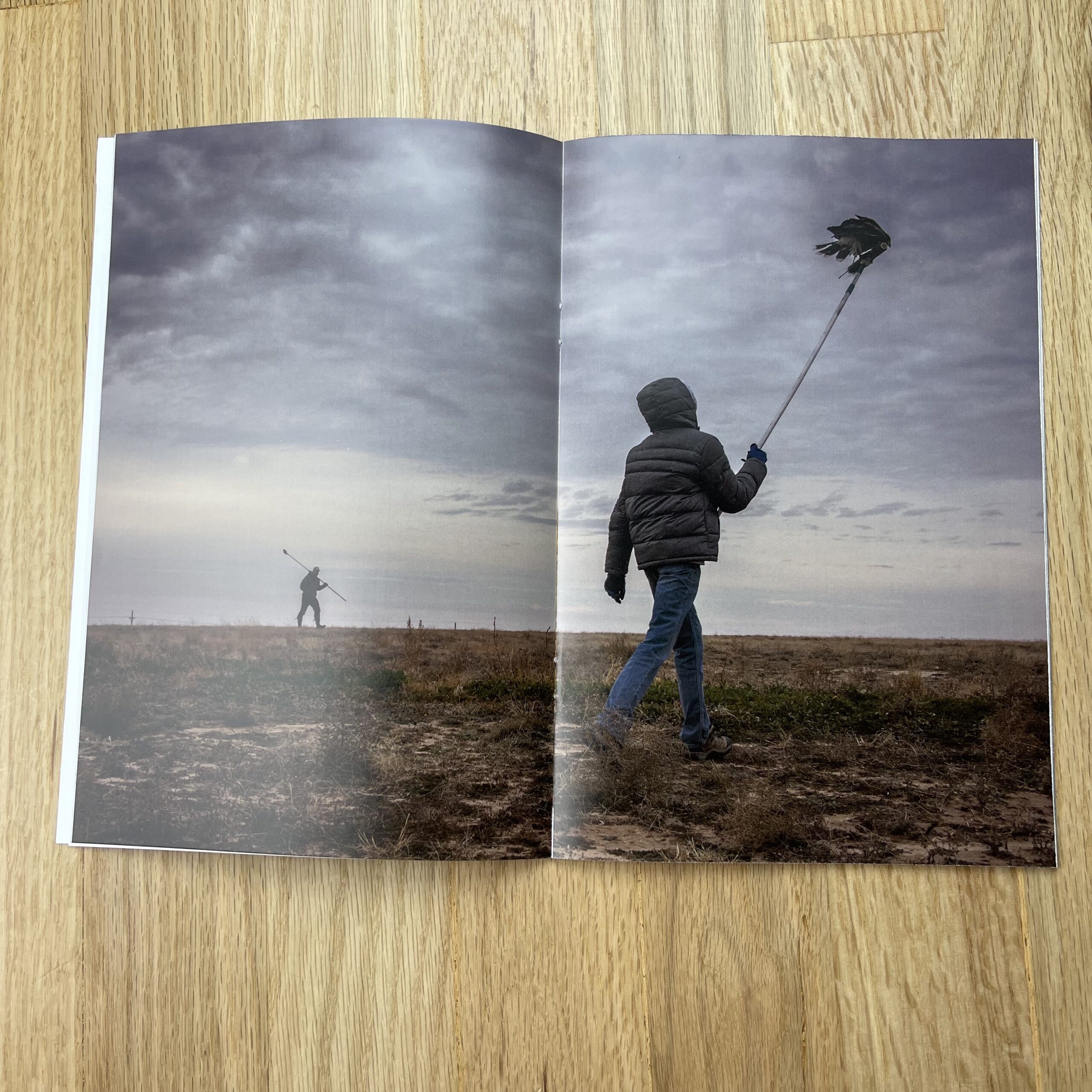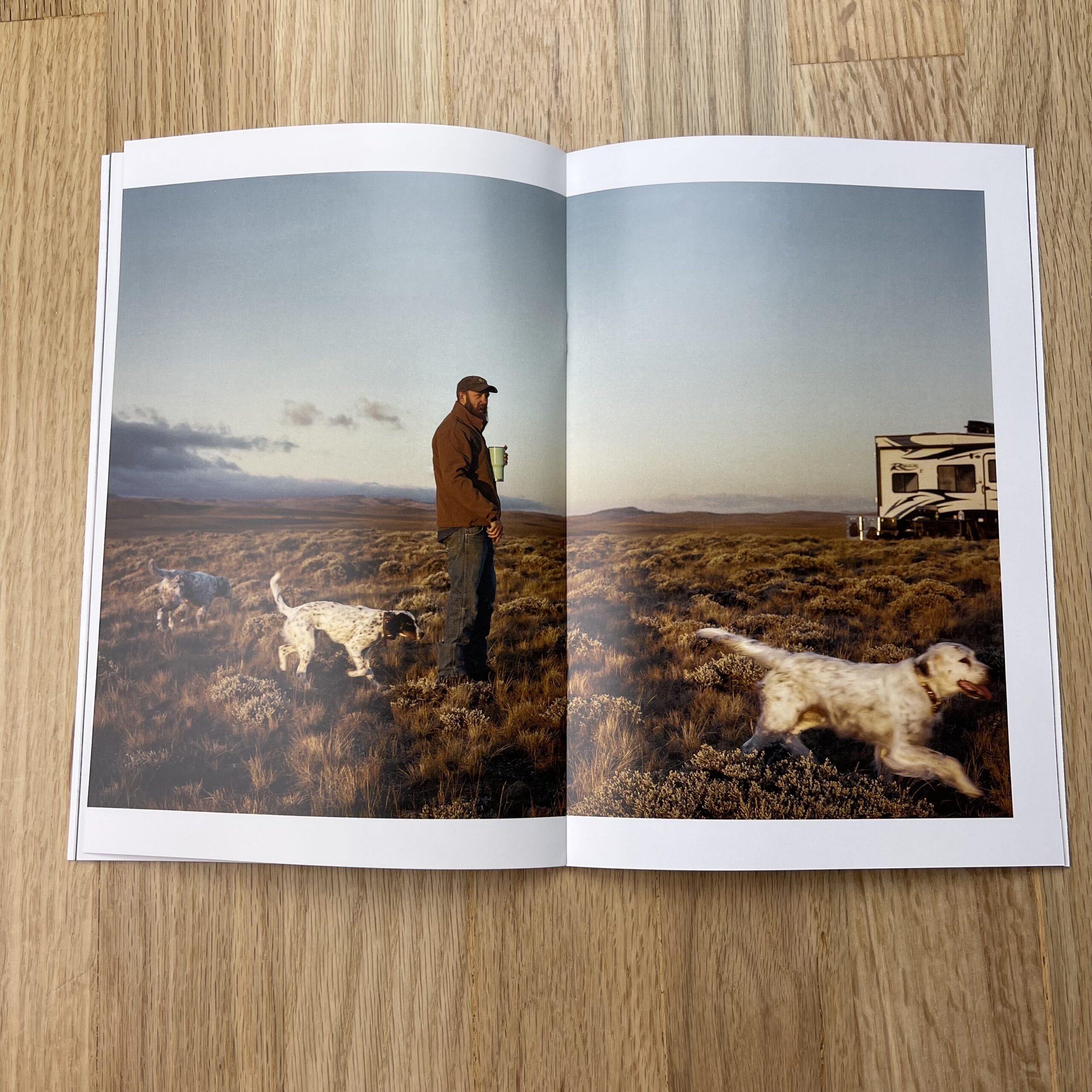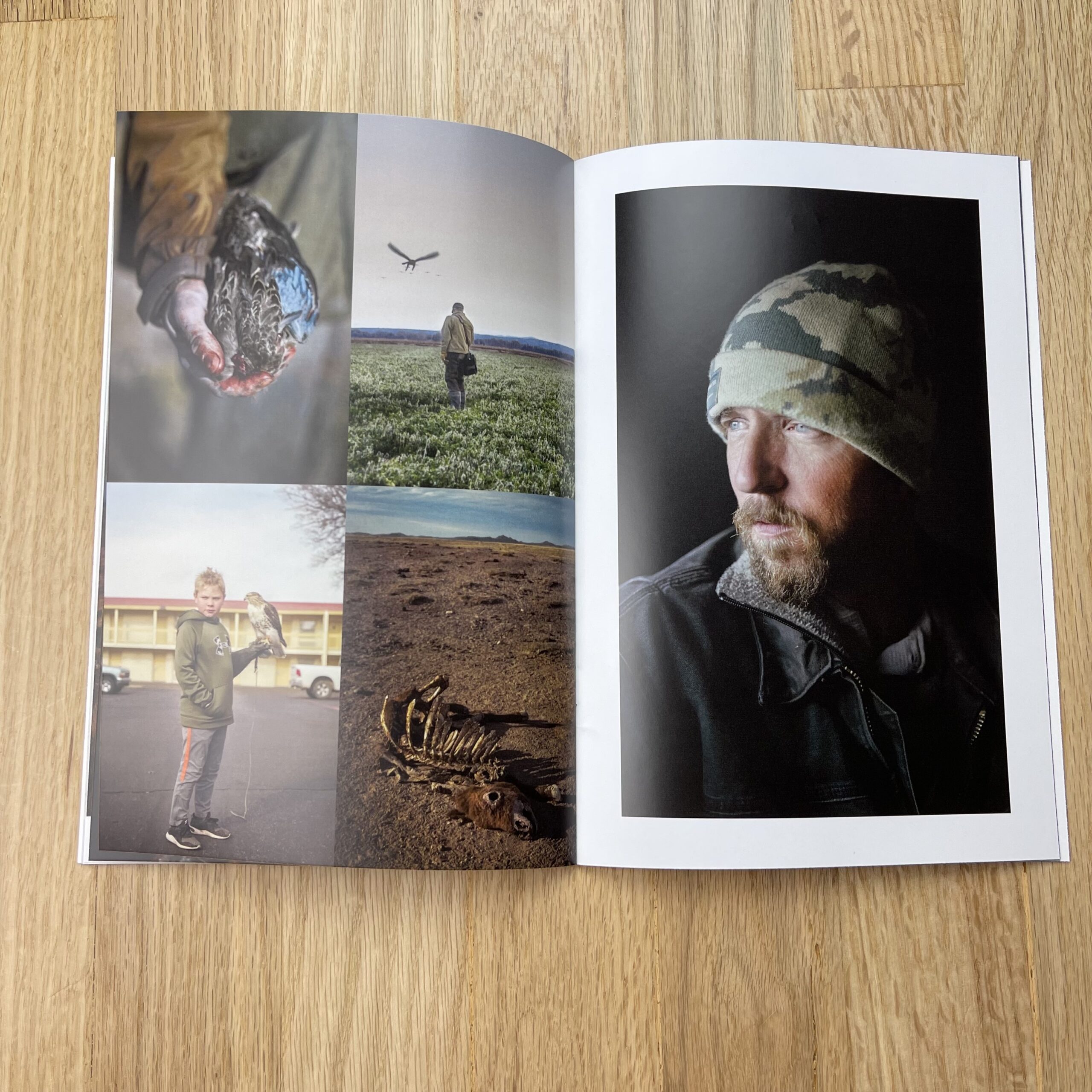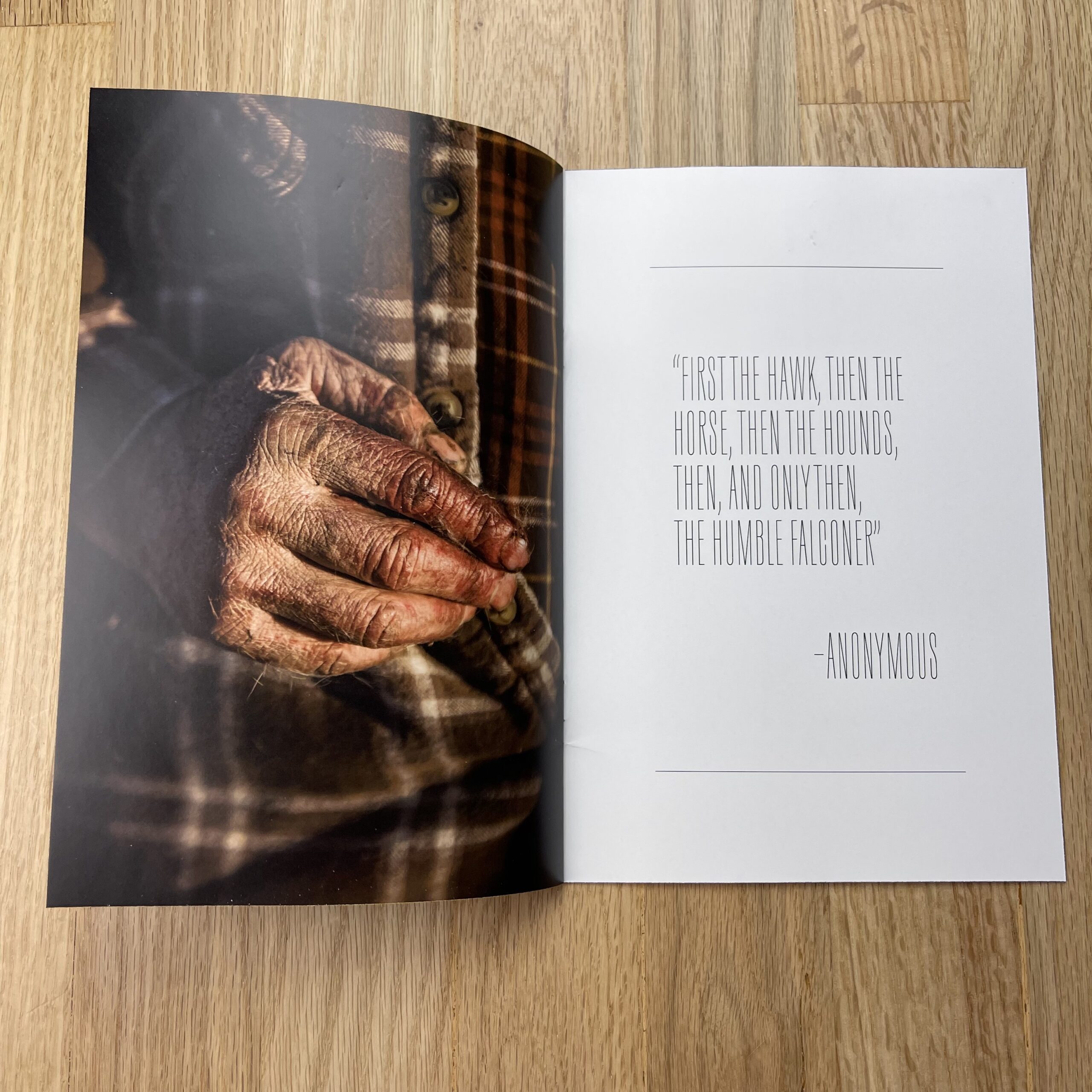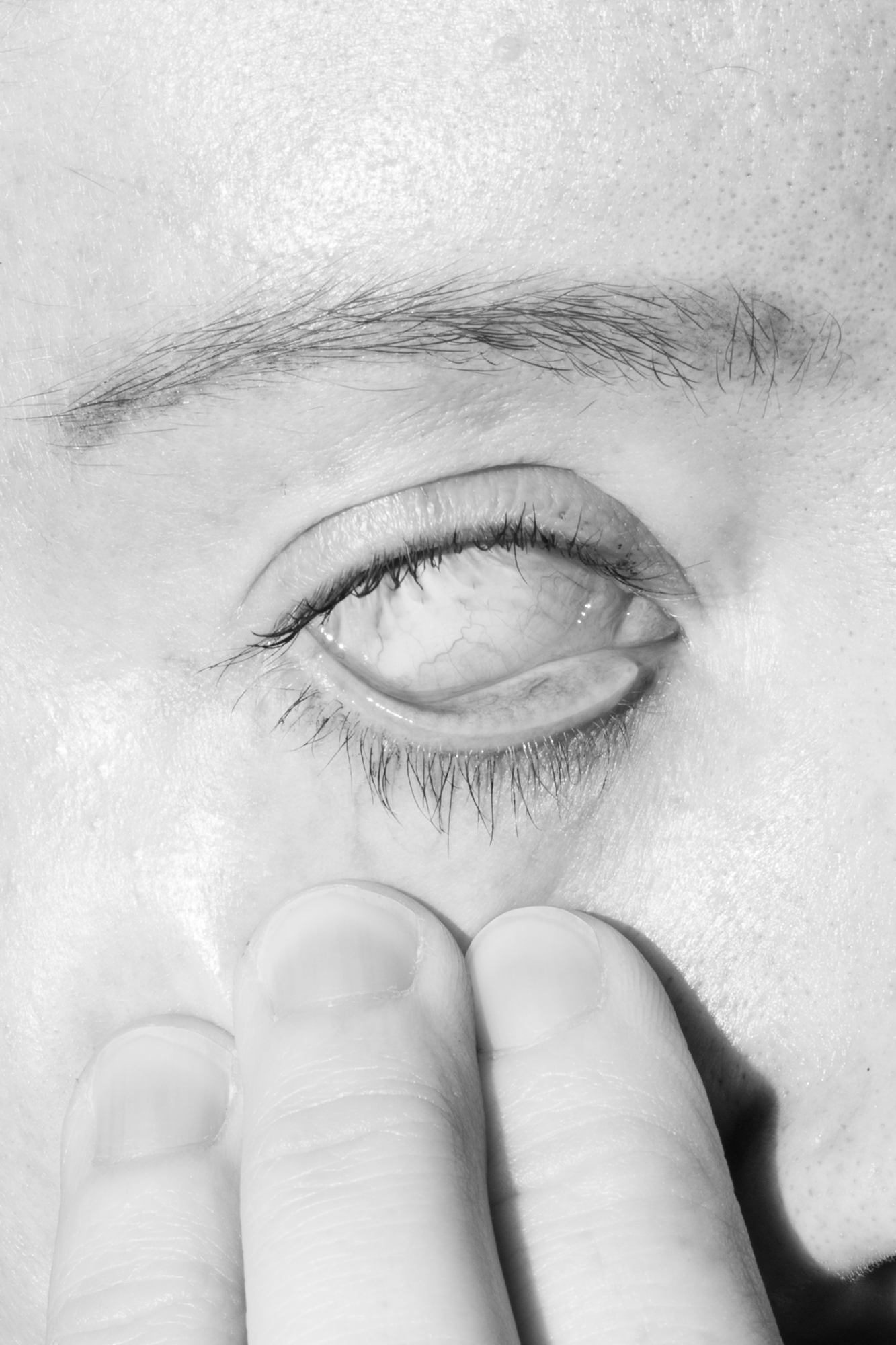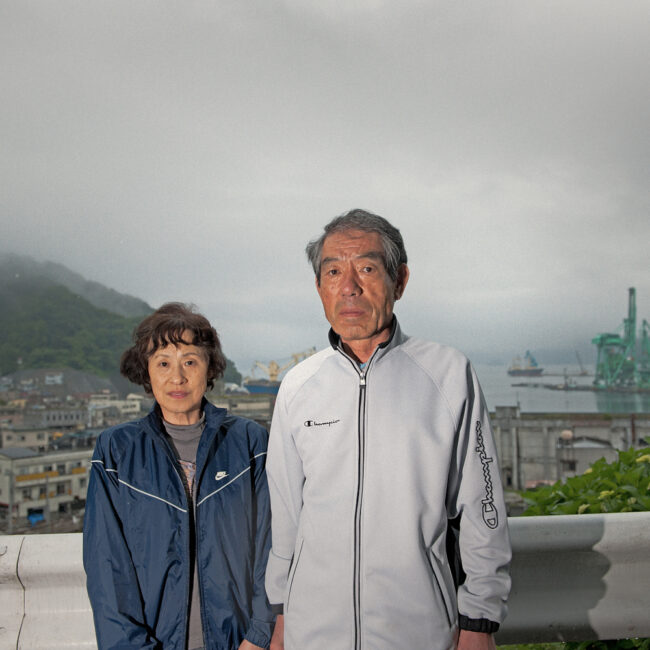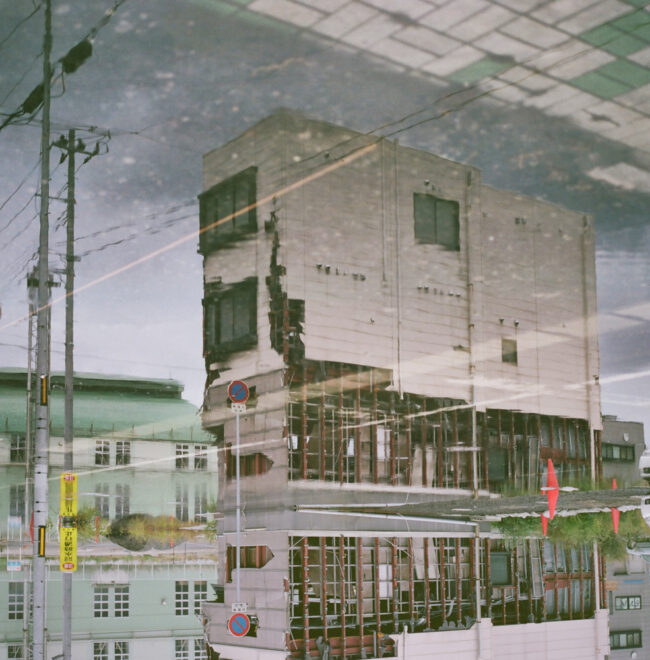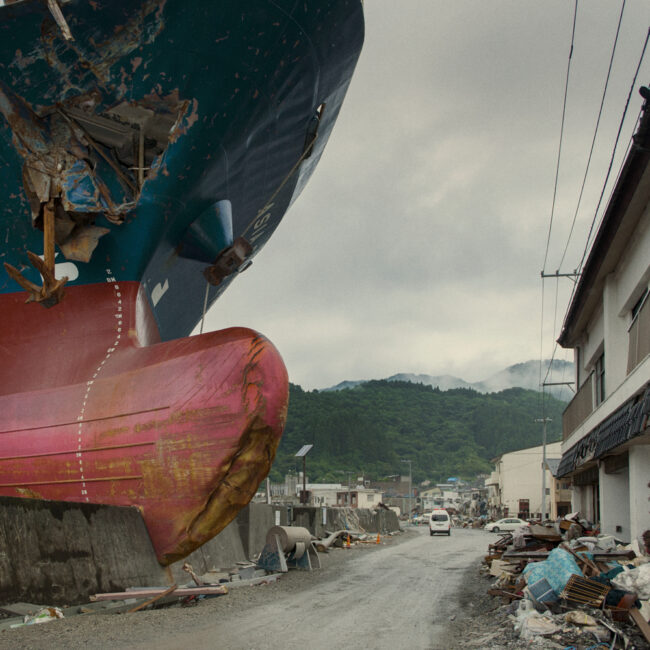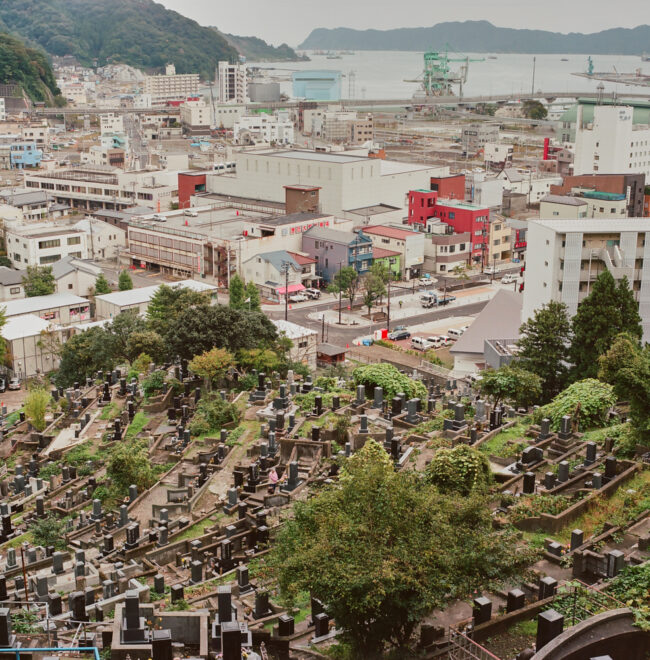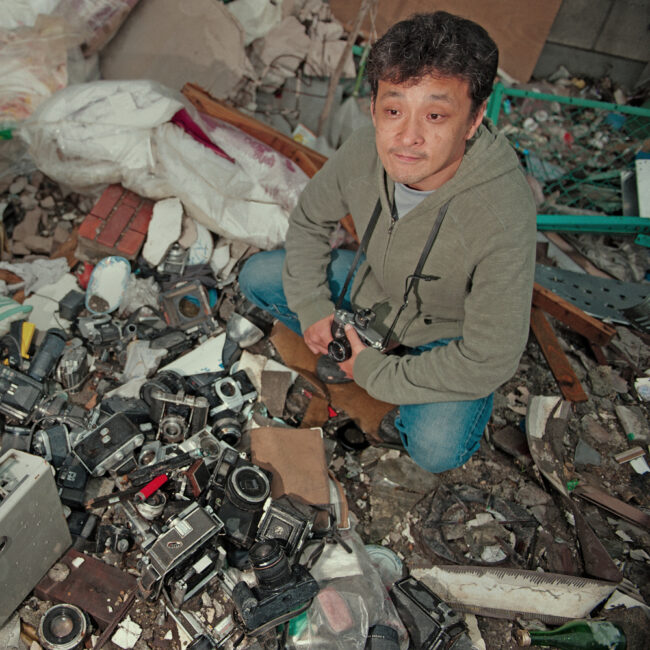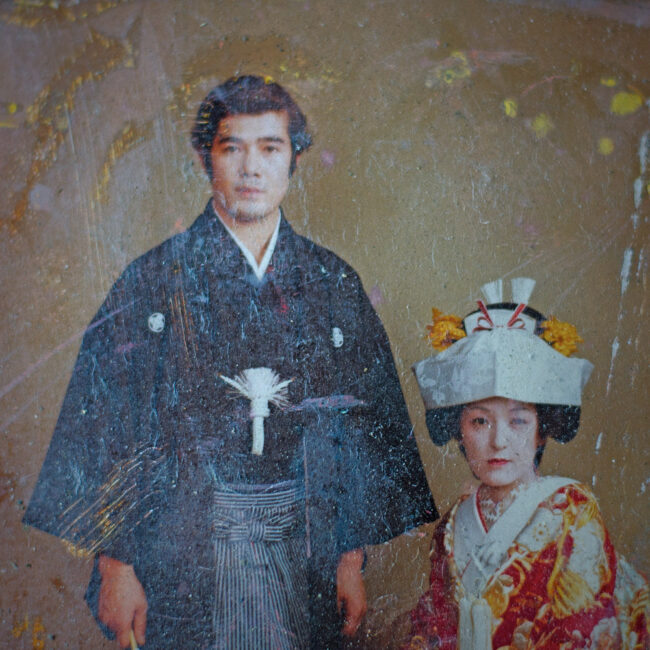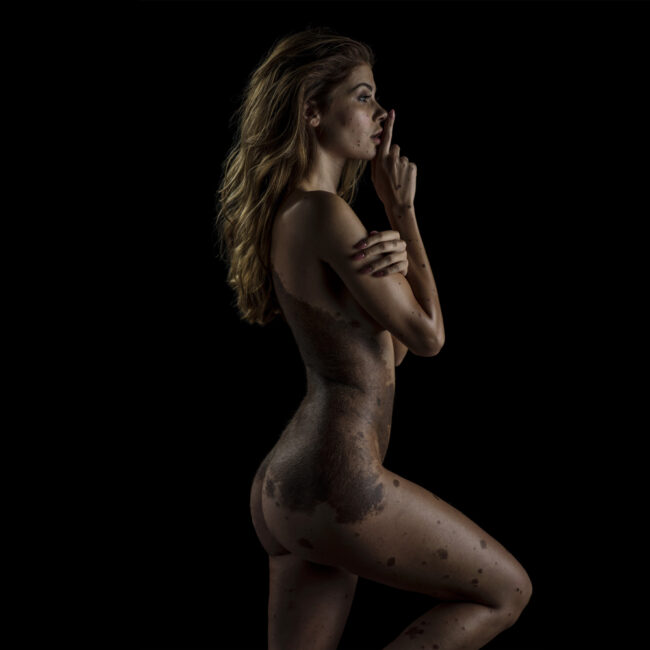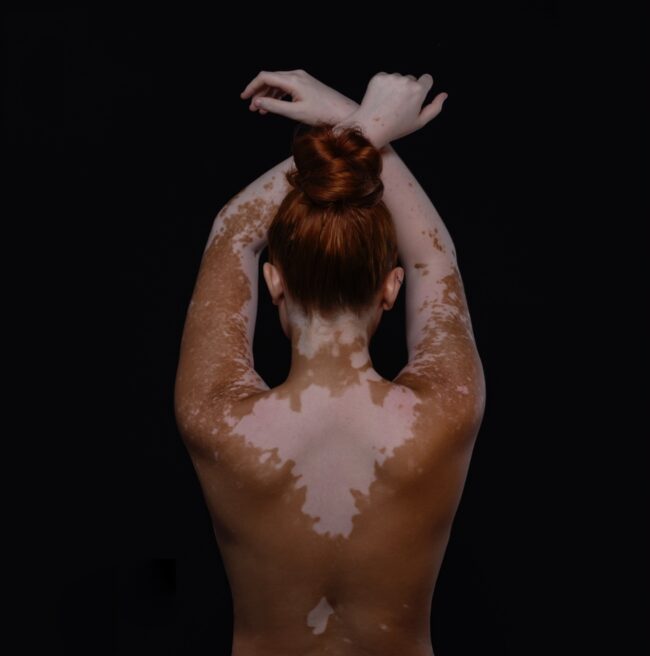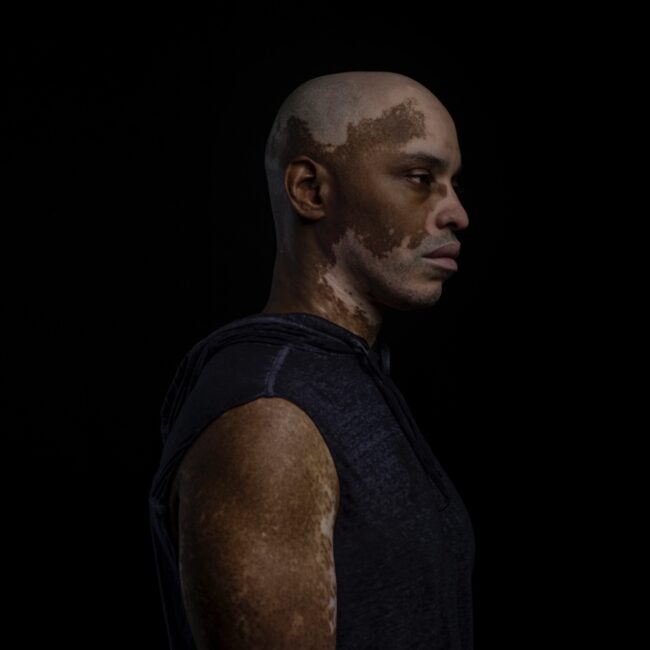My grandfather was a criminal.
(Step-grandfather, actually.)
Grandpa Sam, (as he liked to be called,) came into our lives when I was about ten, since my actual grandfather died of cancer when I was three.
He was a larger-than-life character, Grandpa Sam, like a mini-Trump, as the dude couldn’t have been taller than 5’3″.
But Grandpa was as stout as he was tall, so there was nothing little about him.
While I was on the phone with my cousin Jordan the other week, we got to sharing stories about Grandpa Sam, and it occurred to me he’d make an amazing character in a film.
(Sometimes truth is stranger than fiction, as we all know.)
As I was on my break from the column, (and all email and social media distraction,) I did a bit of research, and turned up proof that he was actually a crook, and not the wannabe we had assumed.
Grandpa Sam was busted by the Feds, the freaking ATF, back in the early 80’s, for running a scheme to pass French table wine off as high-end Burgundy.
They shut him down and fined him, but he avoided jail time, and given how close this was to when he met Grandma, I’m pretty sure she knew what was up.
The two of them were all about the gold and the diamonds; jetting off to casinos, where he was treated as a whale, or taking cruise ships to far-flung locales.
We all have our tales, like the time he tried to pick up my wife at my cousin’s Bar Mitzvah, and actually made Grandma show off her diamond ring, so that Jessie knew for sure how much better he’d treat her than I could. (As a poor, hipster artist.)
But memories are just that, and internet research is an entirely different thing.
I now have proof that he wasn’t lying about being shot down by the Nazis, in World War II, and kept as a POW until the war ended.
I even have the photographs for you: images that show his plane, the ironically named “Lucky 13,” on the ground with Hungarian fighters swarming over the wreckage.

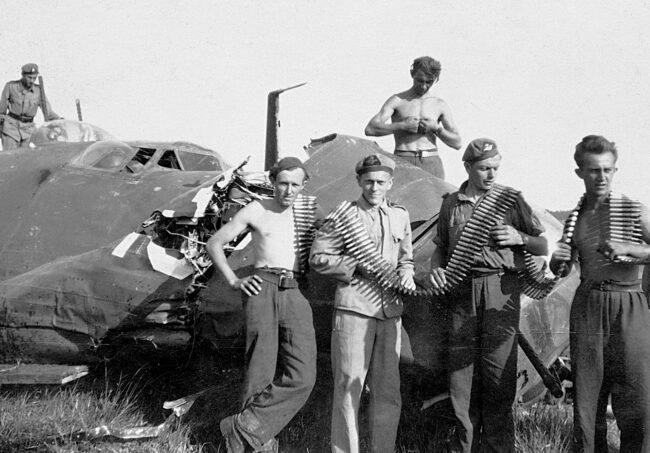
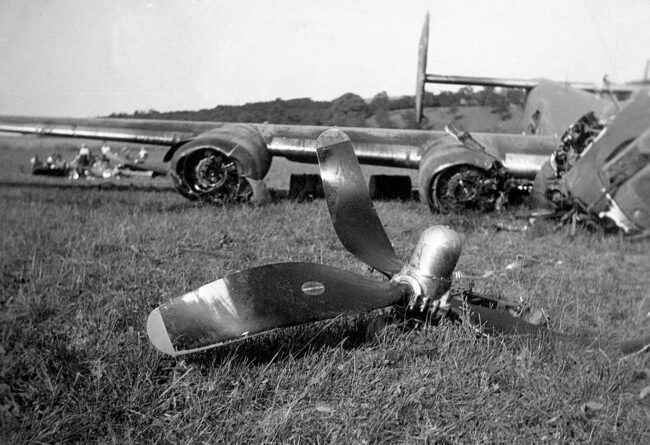
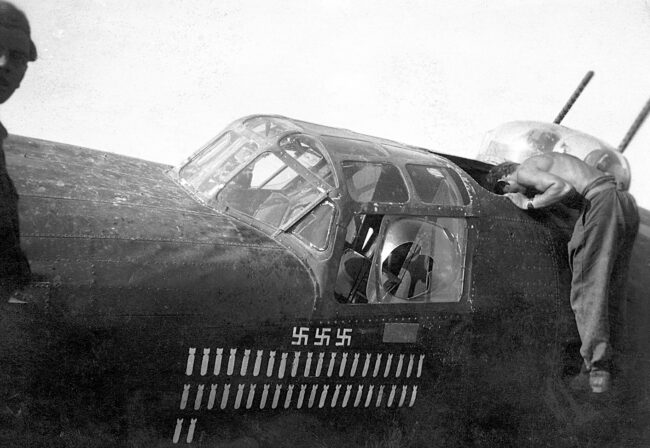
Then, I found out his partner in the wine-scheme, a Frenchman, was himself accused of being a Nazi collaborator, so Grandpa Sam appears to have gone into the criminal business with someone who stood on the opposite side of the Holocaust.
(Again, you can’t make this shit up.)
And I only discovered it because I let my mind untether from email and social media.
There’s a lesson in that.
I’ve promised myself not to return to my previously addicted ways, because really, how many times do we need to hear Facebook manipulates its platform to maximize the hours we use it?
Or how many articles do we need to read about the toxicity of email, and how much we all hate it?
I can now see that spending hours a day, cycling between email, Facebook, Twitter and Instagram, was actually rotting my brain and my soul, from the inside out.
(Addiction is nasty.)
Creativity, on the other hand, keeps us young and mentally agile. It was the theme of my last couple of columns, before the break, and wouldn’t you know that while I was away, the WaPo published this great article that confirmed almost everything I’ve been telling you over the last ten years.
Vindication!
But that only works if we have the discipline to find the time to stay creative.
To focus, and grow.
(No easy task.)
Will I ever write that screenplay about Grandpa Sam?
I’m not sure.
Even without email and social media, parenting, work, bill paying, caring for elderly relatives, driving back and forth to town, all these things split our day into little chunks, which makes it difficult to find 2-5 hours a day to get the good shit done. (1000 words at a time I can handle.)
Then again, when I visit portfolio review events, (IRL or on Zoom,) I constantly meet artists who are transitioning from another career.
People who’ve taken a leap of faith, later in life, because they learned that living without art, without having that creative spark on the regular, is more trouble than it’s worth.
It’s why I constantly preach inspiration here, because many of you have day jobs, and it’s a struggle to find the juice to make things, when you’re worn out and weary.
When we do, though, it almost always gives more energy than it takes.
(I’ve recently rejoined my martial arts classes, post-vaccination, and even getting beaten and bruised gives more juice than it consumes.)
Now that I’m back from my thirteen days without writing, I can gladly say it feels good to have this sensation again.
Writing in flow.
And while Grandpa Sam may have just been an excuse for a fun opening rant, where we landed was not an accident.
I mentioned portfolio reviews because today, we’re going to jet back in my memory files to January 2021, but not for the reasons you’d expect.
Rather, that’s when I attended the virtual portfolio reviews by the Los Angeles Center of Photography, and while it’s taken longer than I might have liked, today we’ll peek at the best work I saw that day.
As usual, the artists are in no particular order, and I’d like to thank all of them for allowing us to share their creations with you here today.
Let’s start with Kat Bawden, as she’s one of the photographers I’ve met over the years who returned to show me work again, and totally blew me away.
I first reviewed Kat’s pictures in 2017, and was unimpressed by a social documentary project that didn’t seem specific, or driven by a deep need. I shared my thoughts, and according to Kat, it lit a fire in her to push towards a more authentic style that channeled her inner reality.
I tend to give credit to the artist in such situations, (and not the advice-giver,) but man, did Kat take that motivation and grow at hyper-speed.
This time around, we looked at a set of edgy, disturbing, film-noir-esque, black and white images that were inspired by childhood trauma and repressed memory.
The photographs are phenomenal, and Kat just reported she’s matriculating to get an MFA at the School of the Art Institute of Chicago, so I expect we’ll be seeing much more from her in the future.
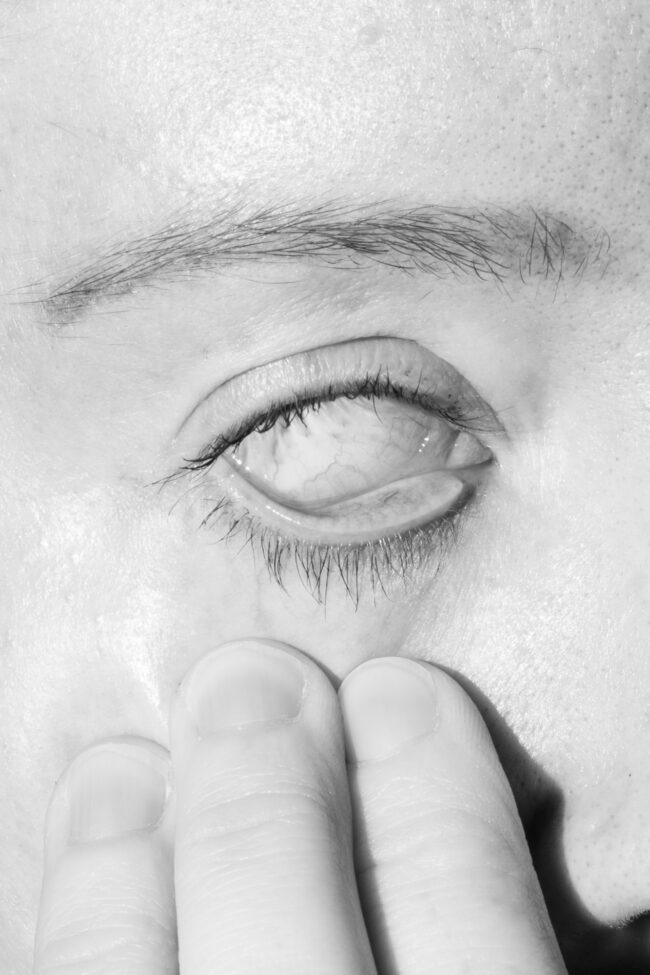
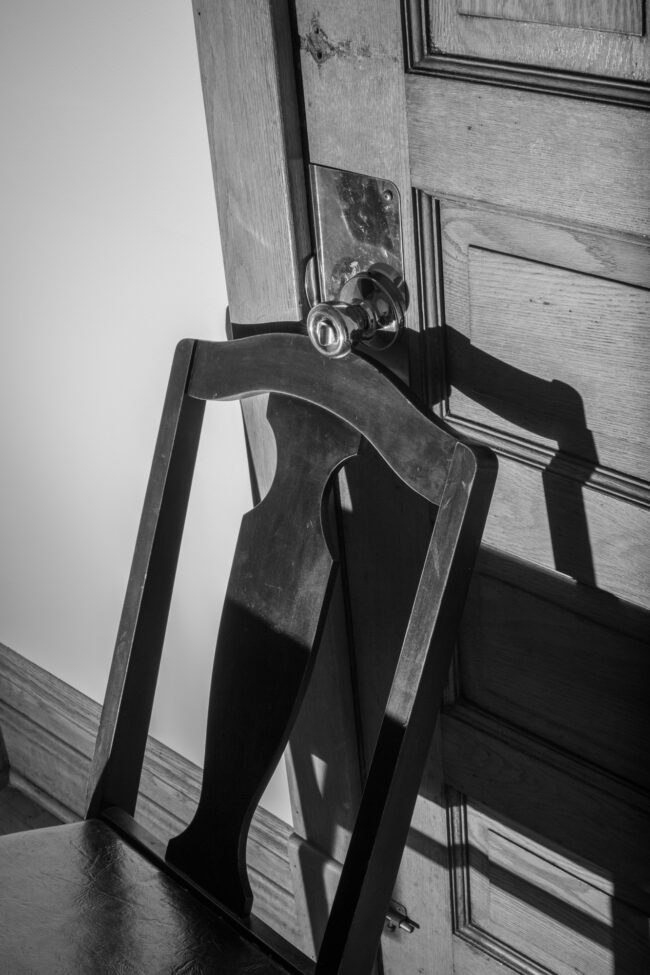
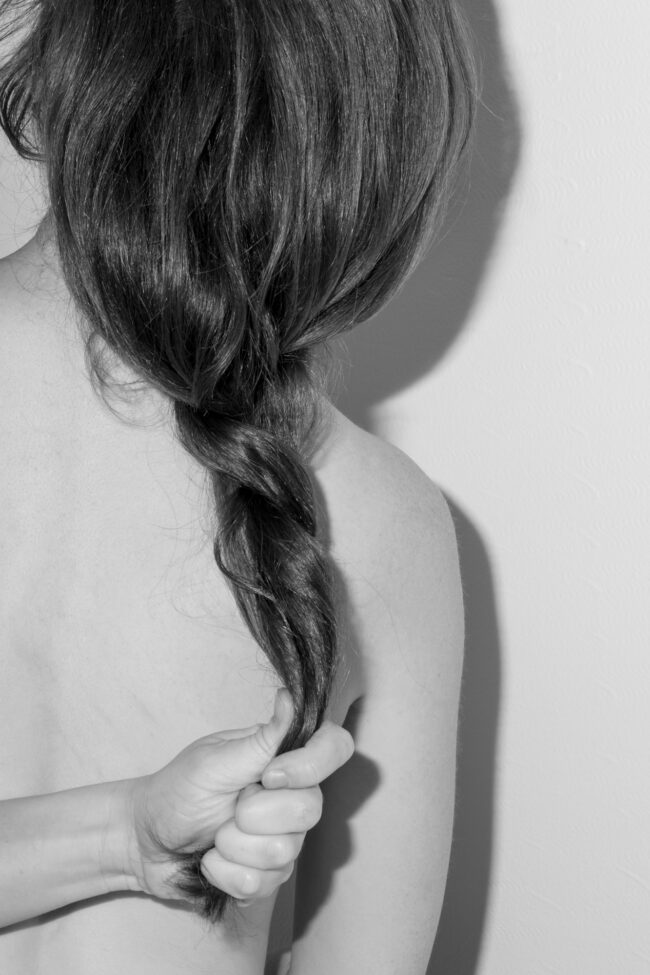

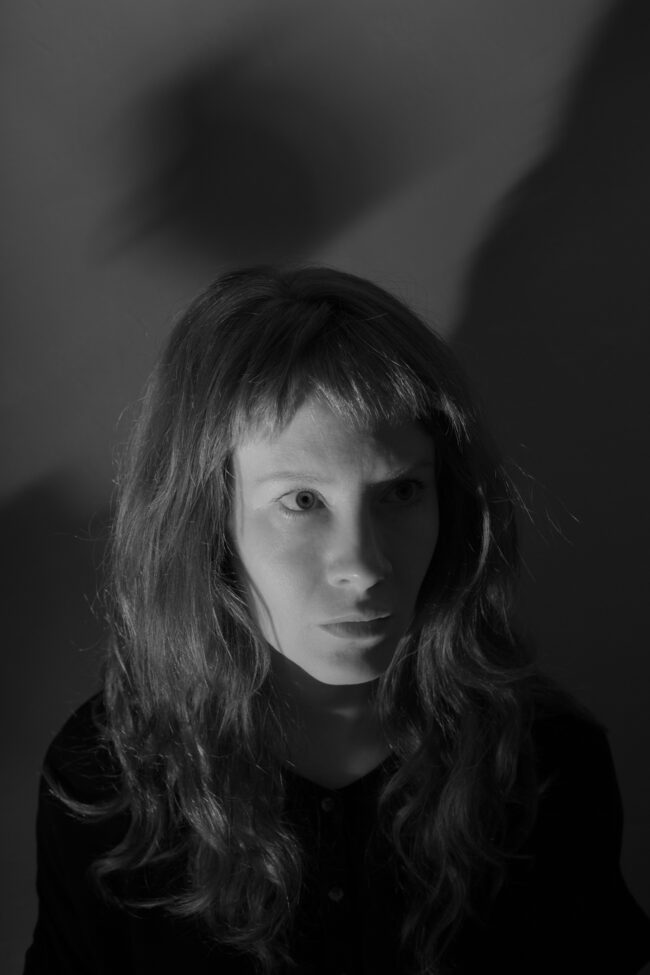

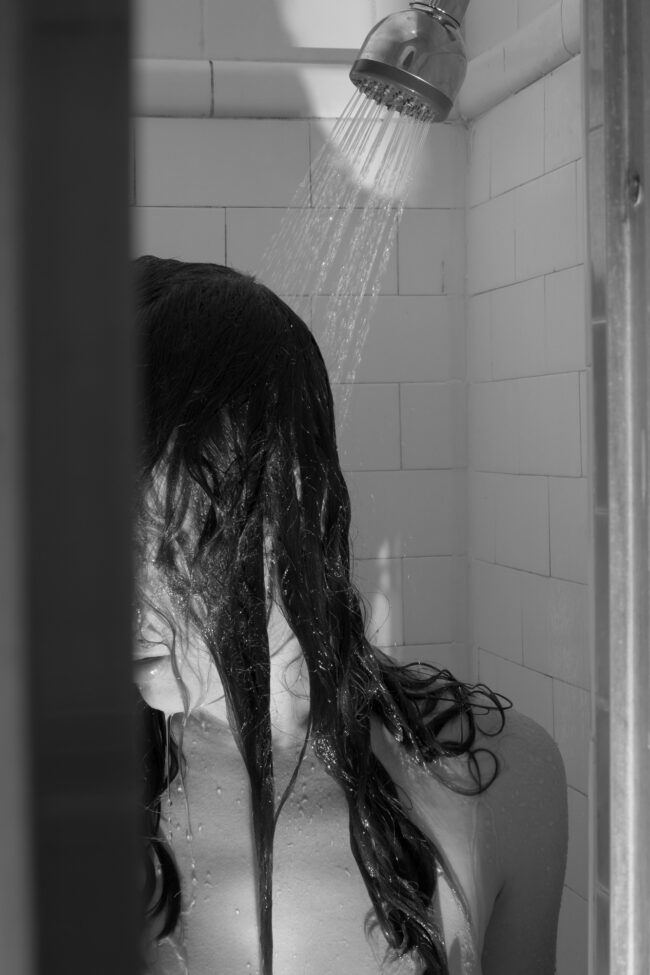
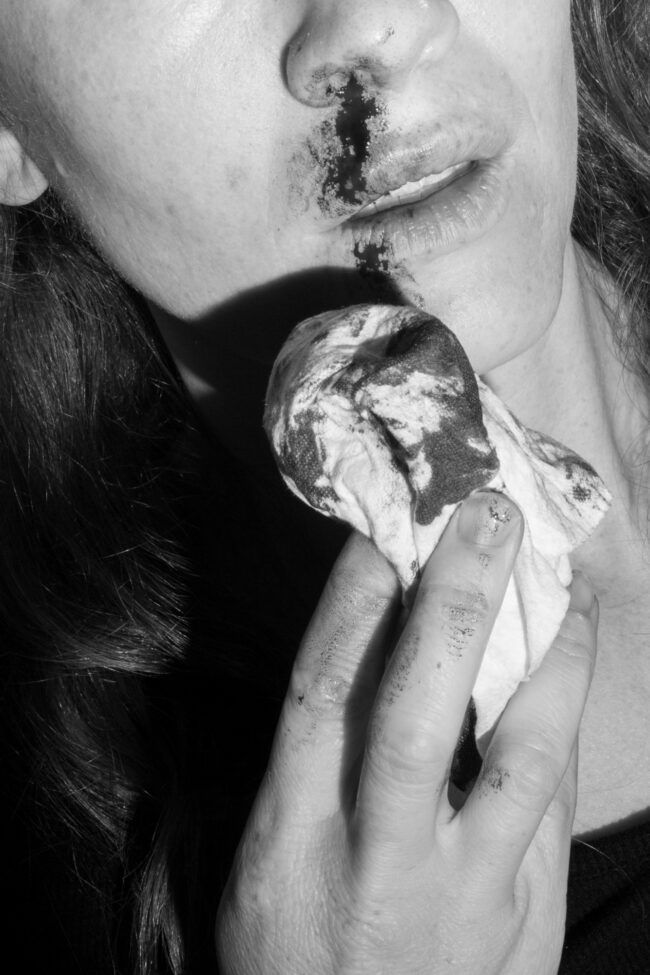
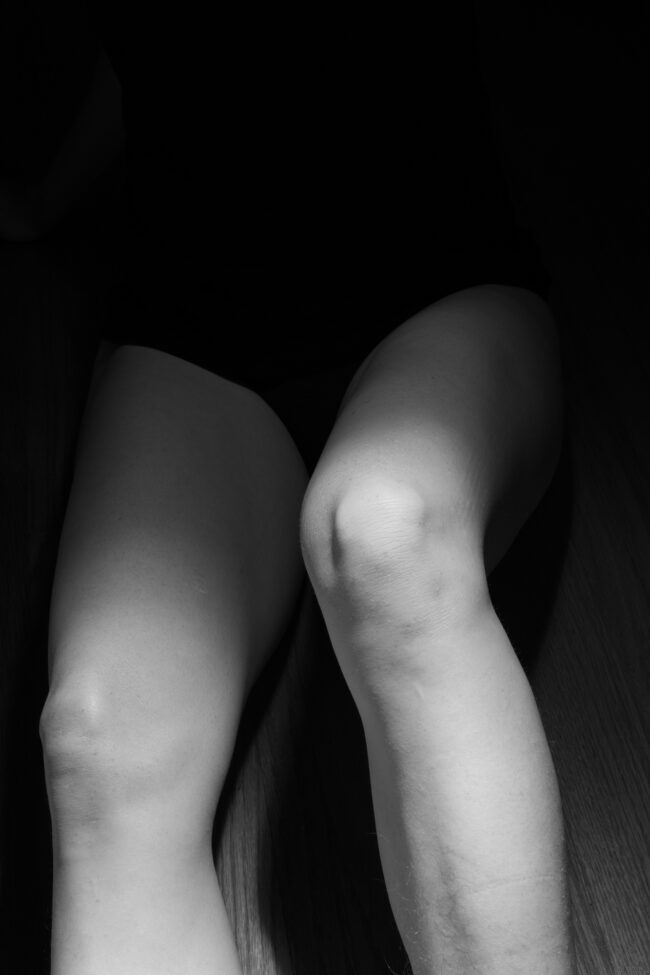

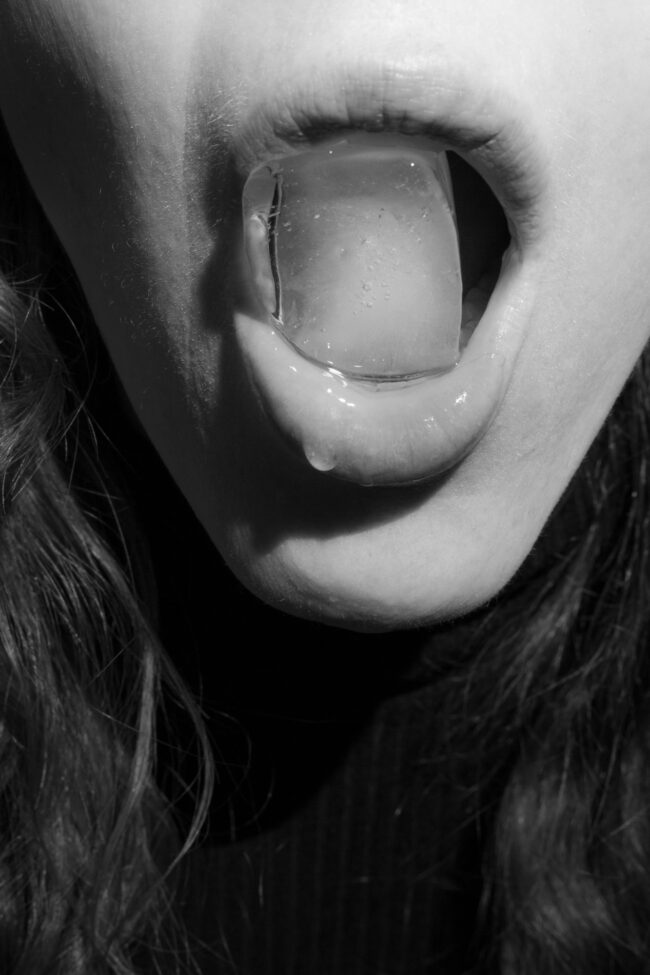
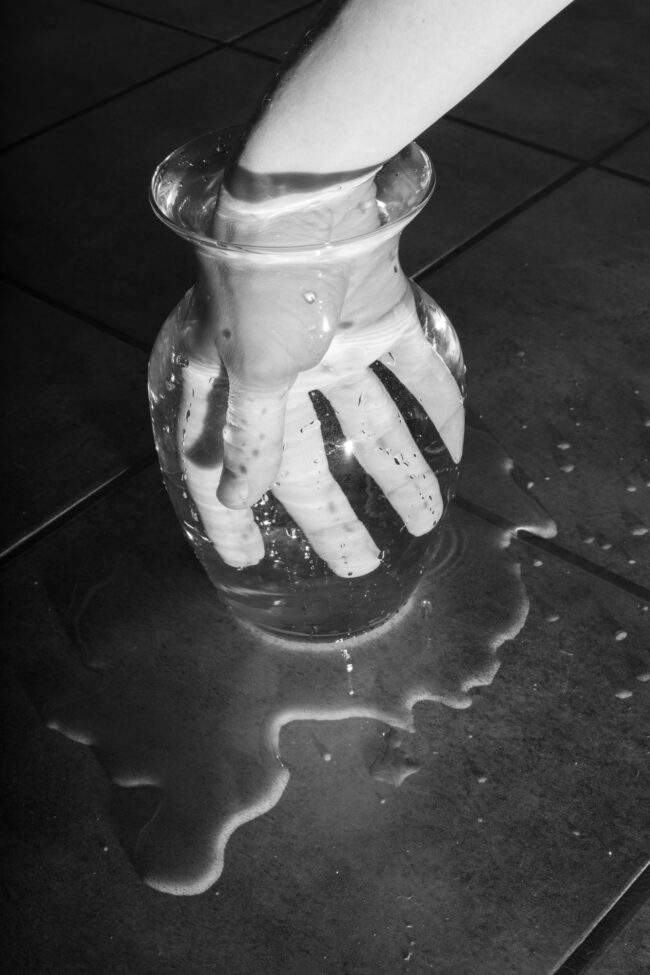
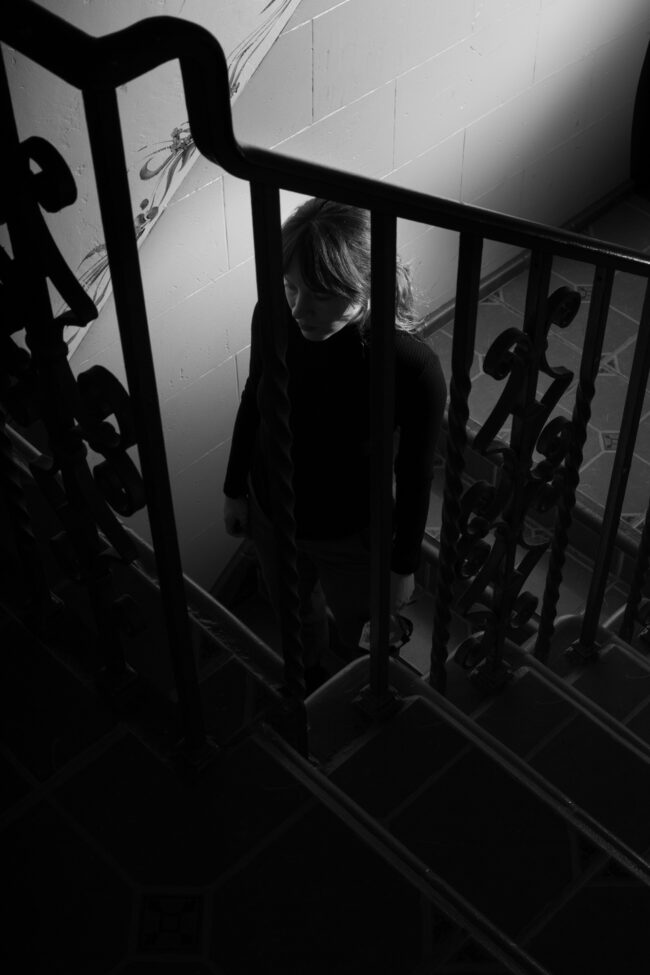
Galina Kurlat and I spent a few minutes trying to figure out where we might have met before, but I couldn’t place it. We were definitely at Pratt Institute at the same time, earlier this Millennium, so maybe that was it.
No matter, as when it came to checking out her new work, I was amazed from the jump.
Like Bo Burnham’s brilliant new Netflix special, “Inside,” this work could not have been made without the intense, miserable pandemic lockdown restrictions, which limited what artists could do, and where they could do it.
Living in New York during the worst of it, Galina had some photo paper, the sunlight coming in through her windows, and the fluids and hair that came out of her body. (It sounds gross when your write it like that, I know.)
The resulting images, in which she used her hair, blood, saliva and urine, along with old bathwater in the photographic process, are quite beautiful, despite the bleak reasons for their creation.
Major wow on this project, for sure.
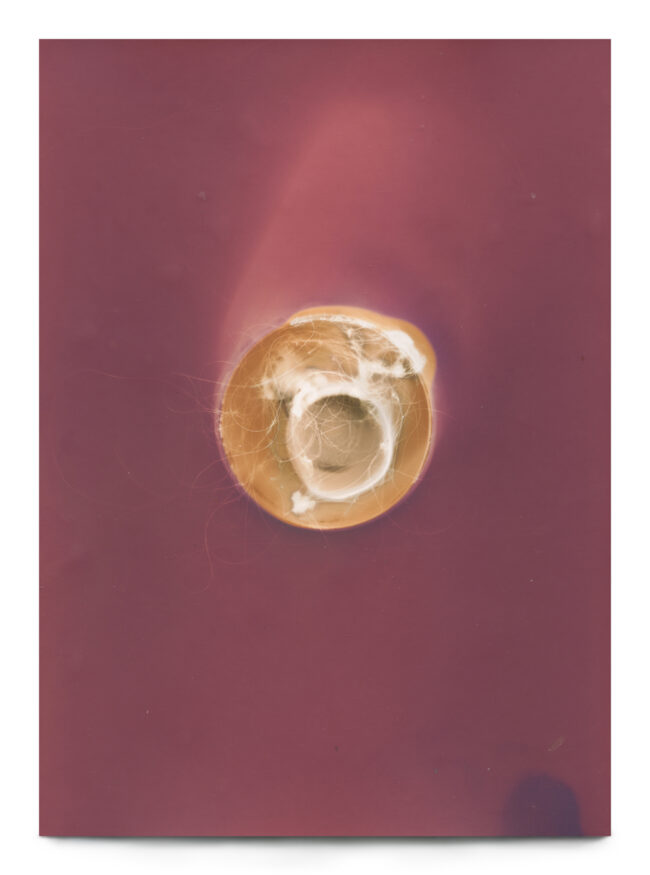
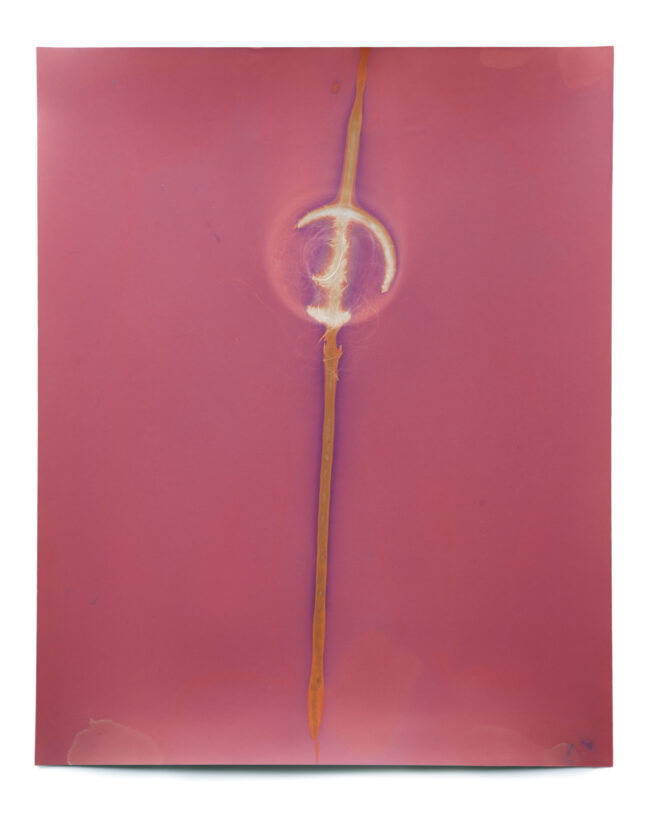
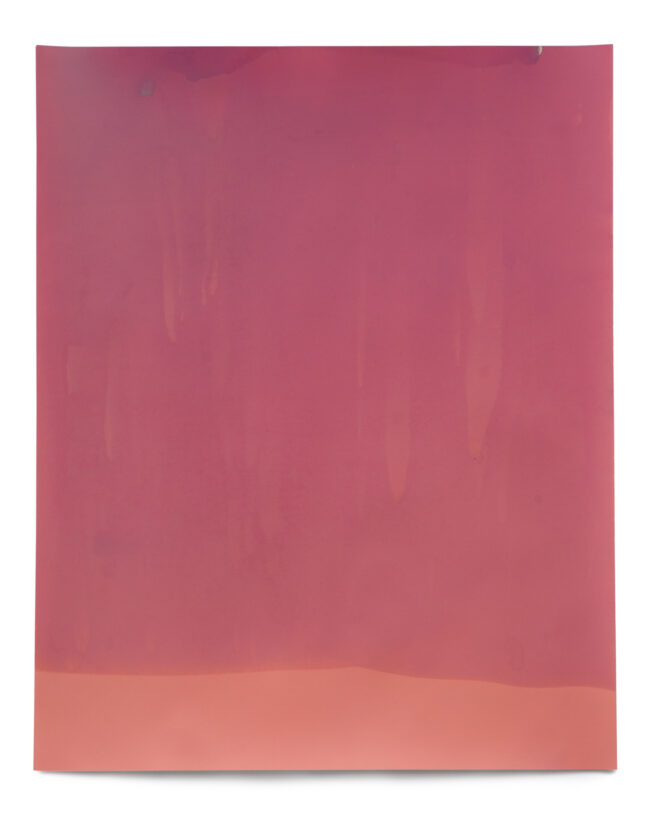

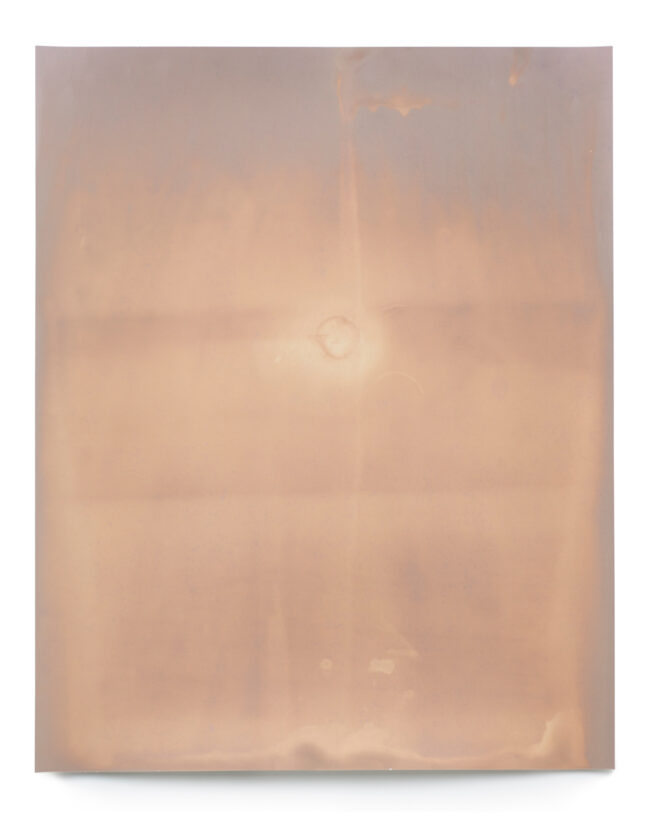
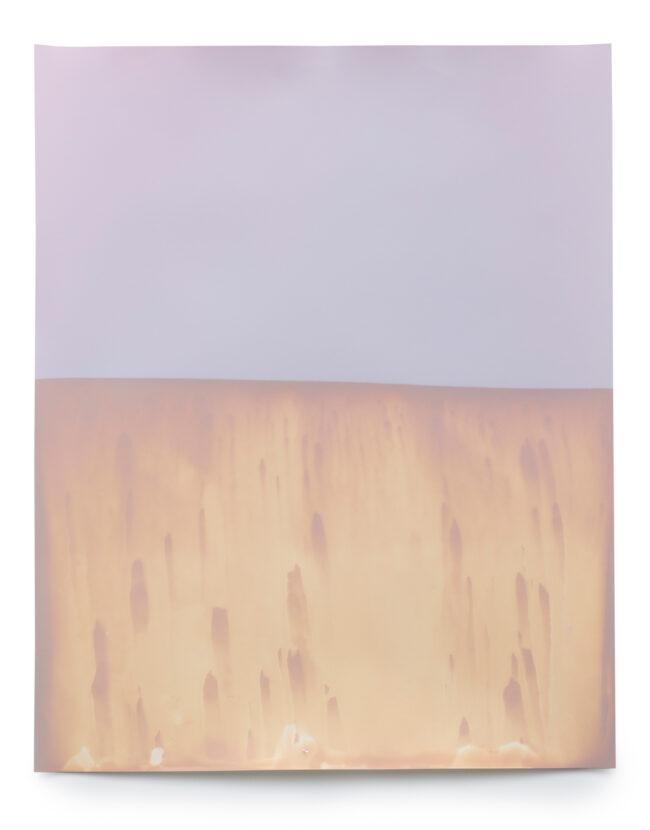

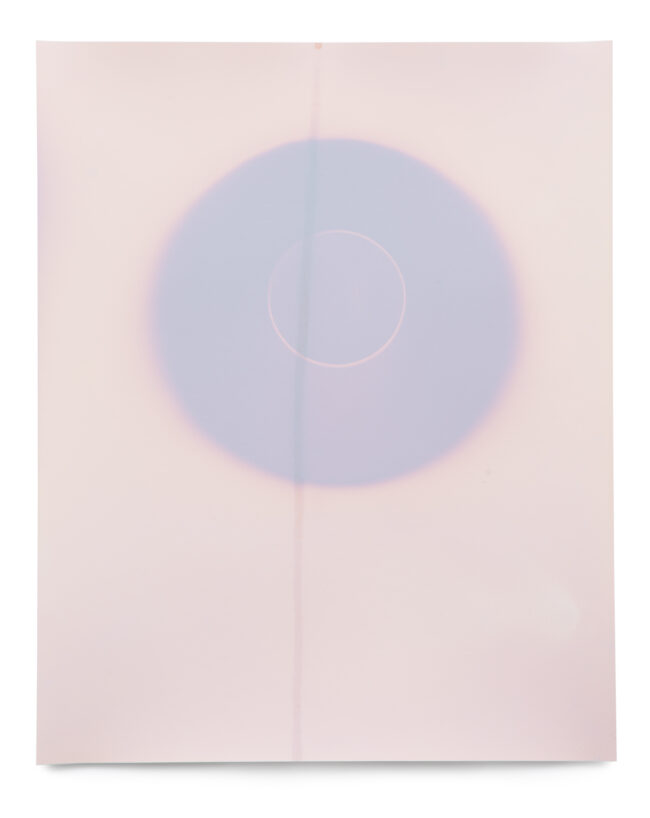
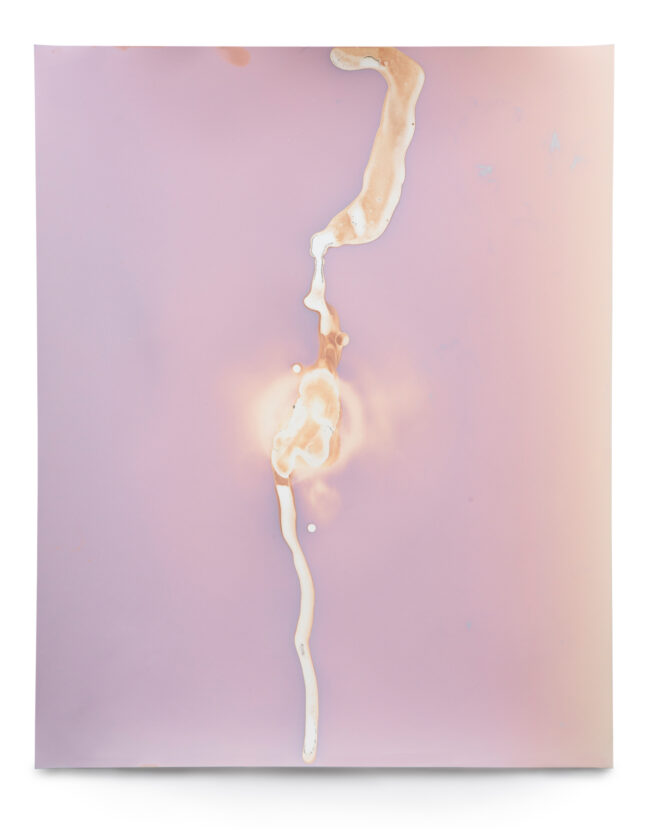
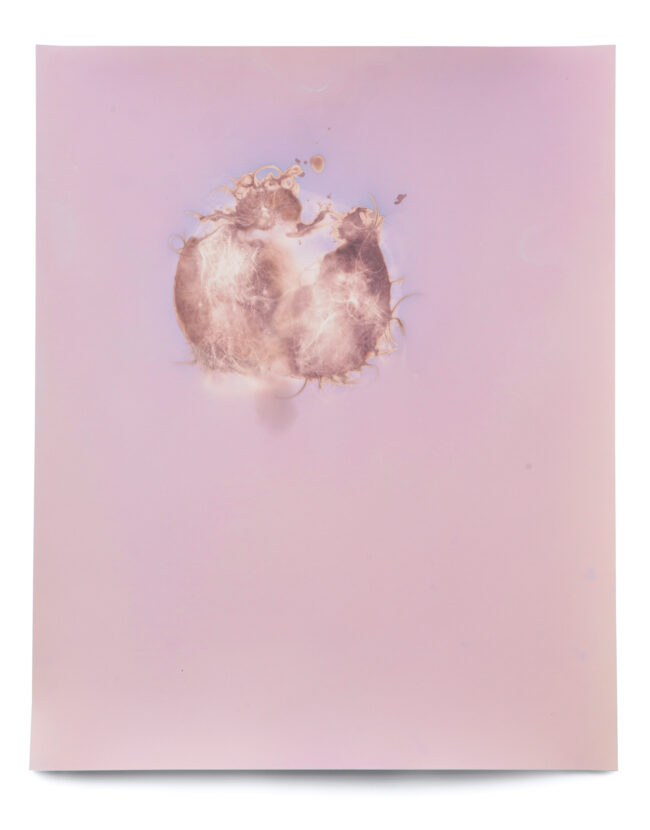
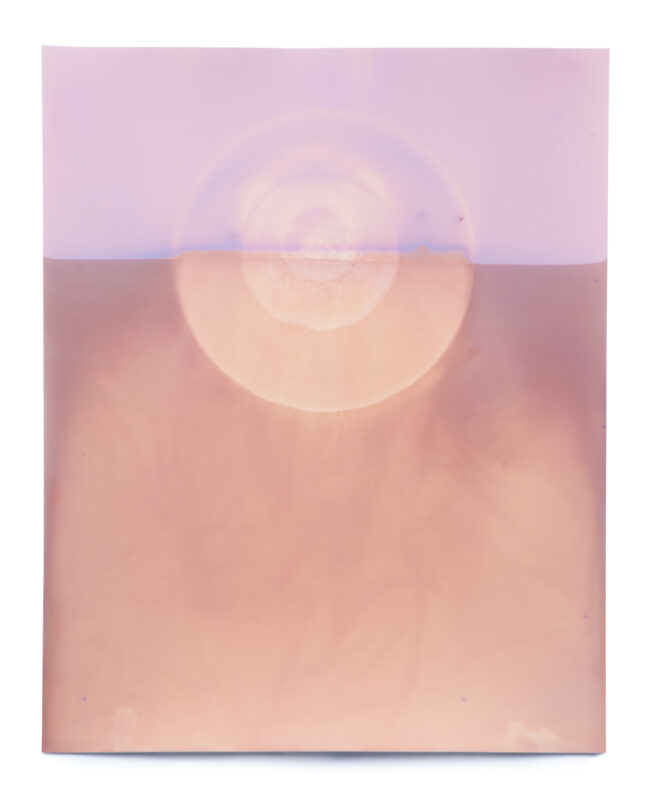
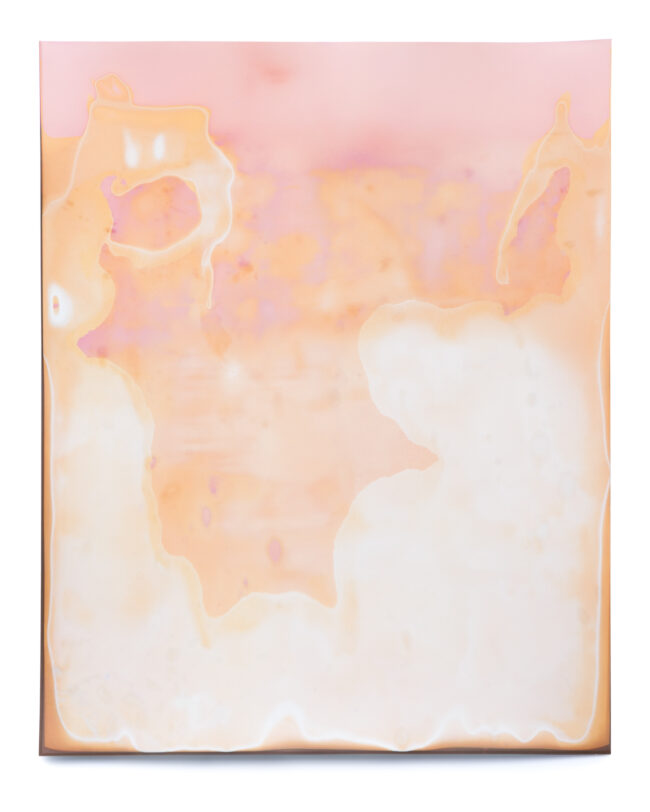

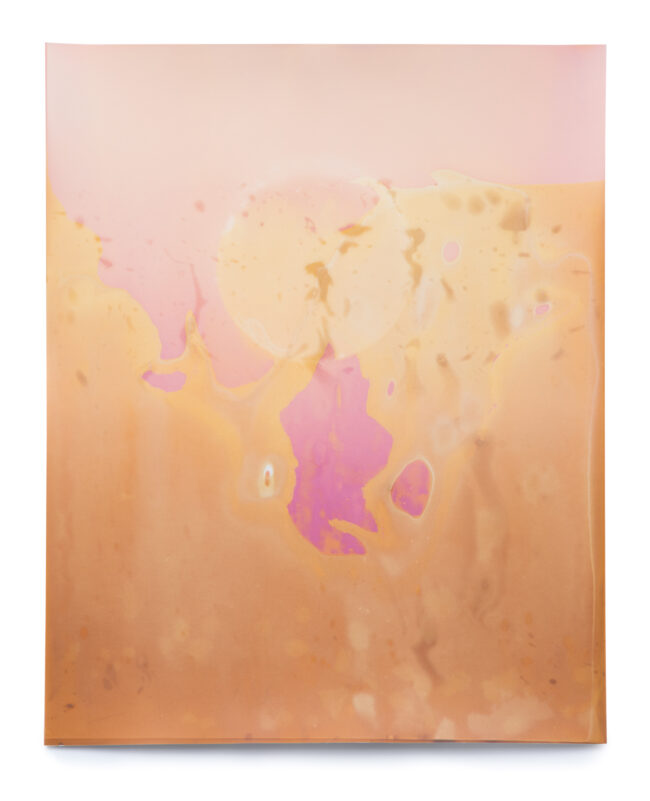
Matthew Welch is based in SoCal, but showed me a series of “Flow” images he made around the world. The process is intricate and simple, in that he stands in one spot, and makes so many images that life’s natural drama is sure to unfold.
According to Matthew, in one instance he took 100,000 images near the waterfront, in Hermosa Beach, and I can’t really imagine what it’s like to do something like that.
It’s a pretty good expression of focus, determination, and drive, to which I alluded at the beginning of the column. Cool stuff.


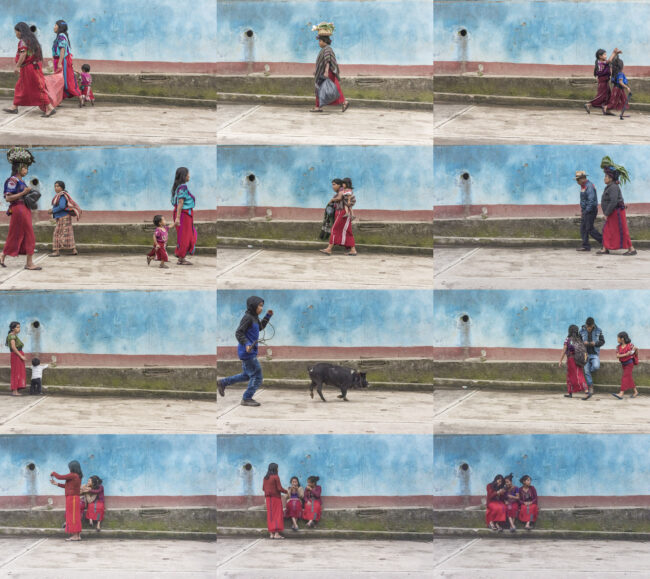
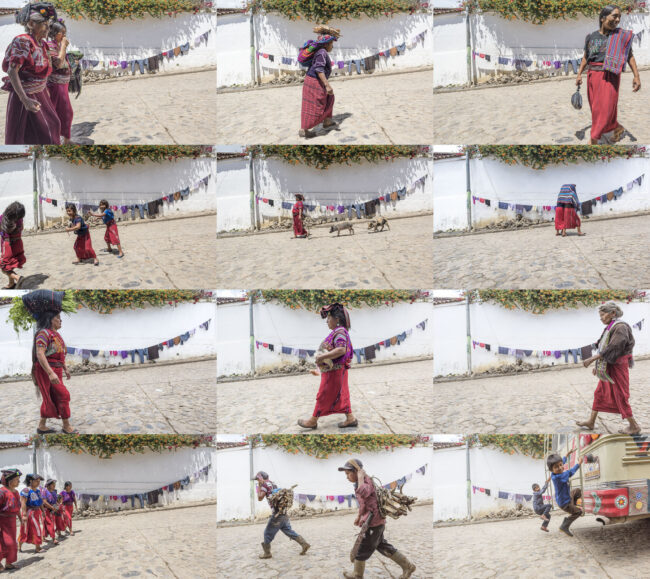
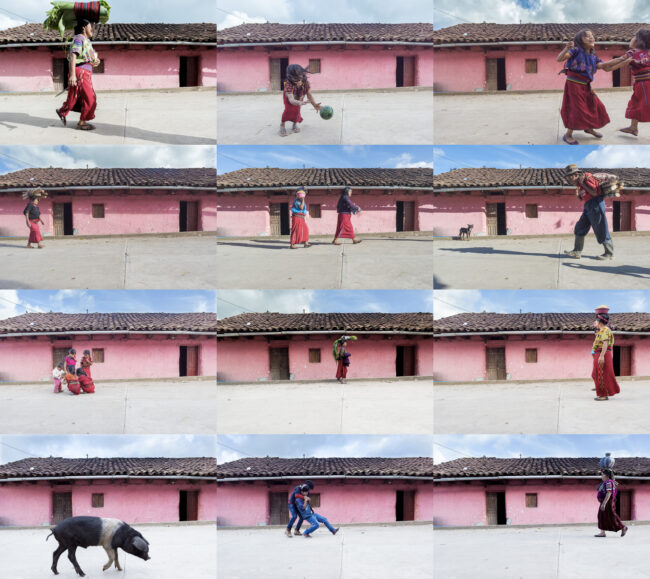

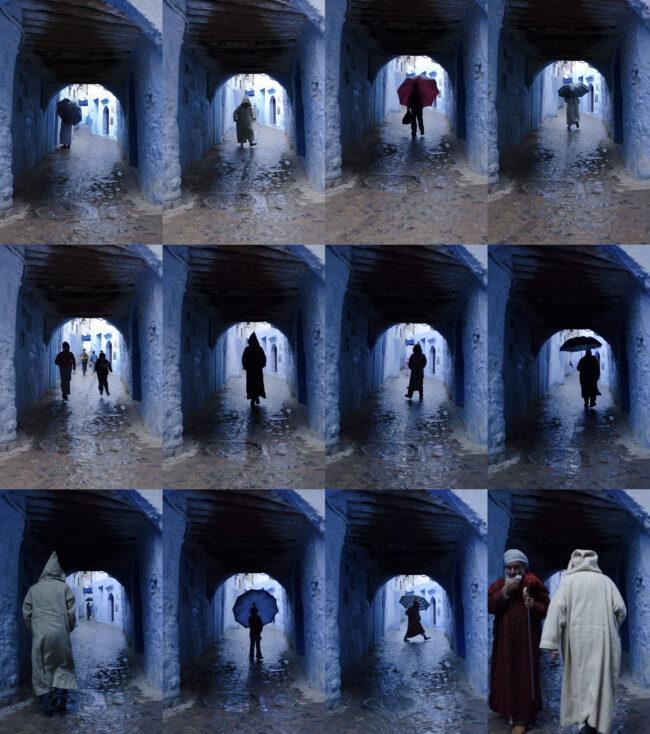
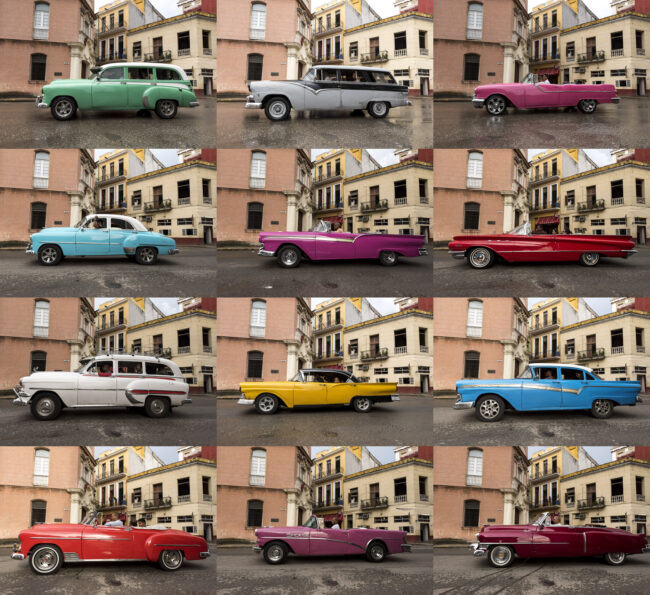
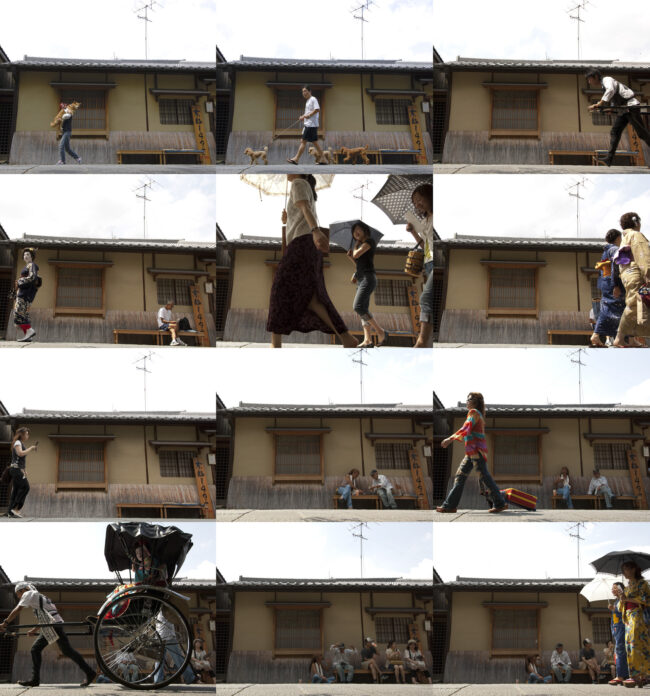

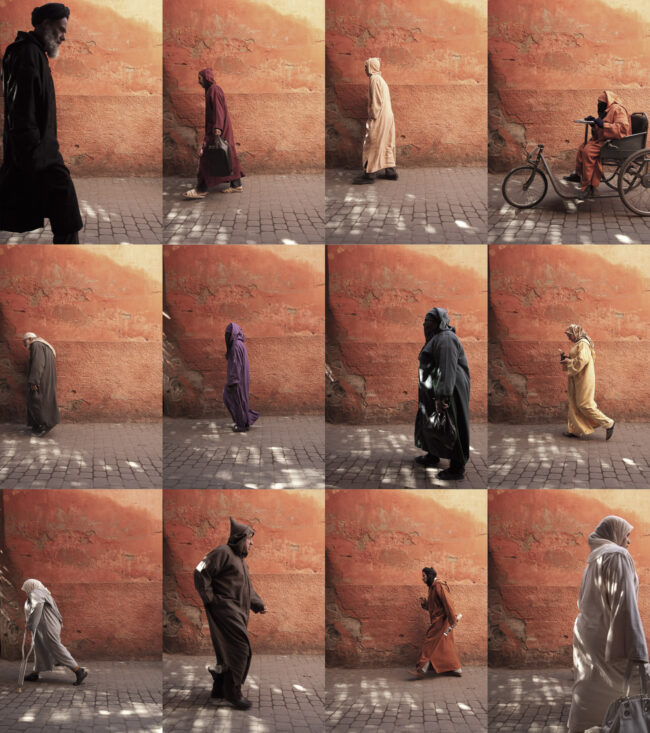
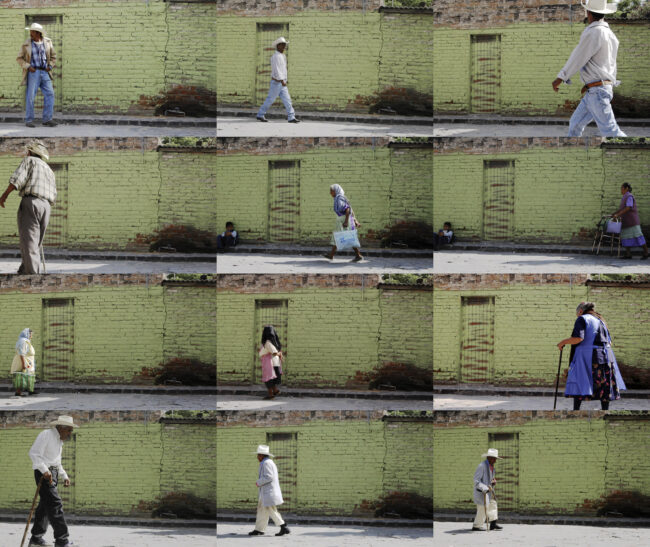
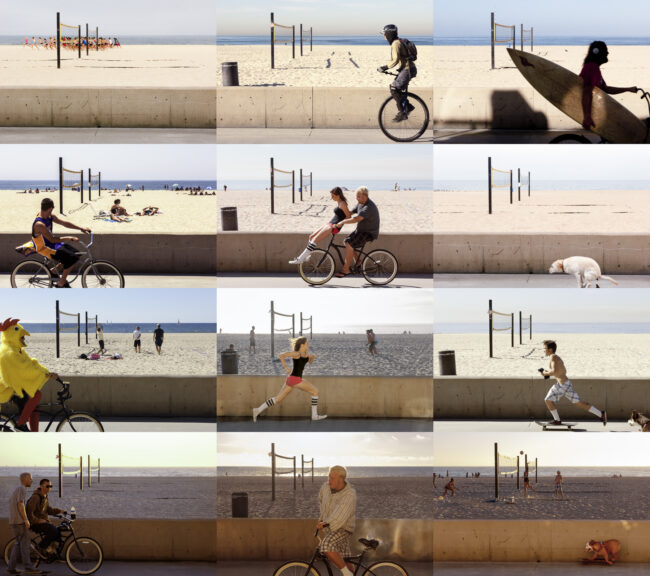
Next, we’ve got Natalie Obermaier, who works as a lighting expert in the fashion and commercial photography community in LA. She mentioned how hard it is to do that work, and stay creative as a photographer, so her style evolved into something more tactile, and constructive.
Literally, as she makes collages out of strips of images, which critique the fashion industry, while still celebrating a bit of glamour.

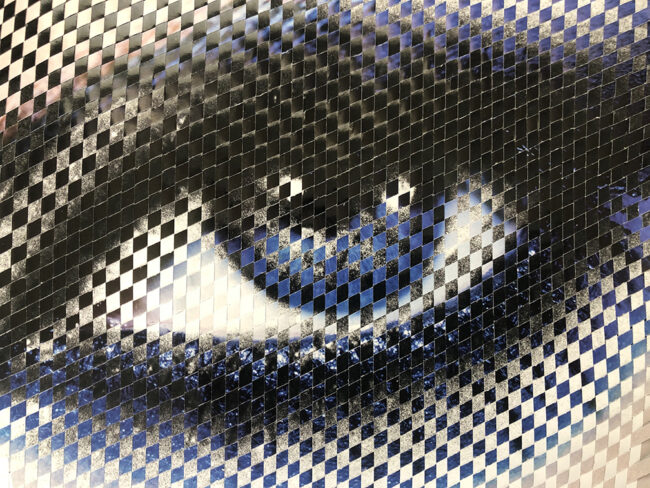
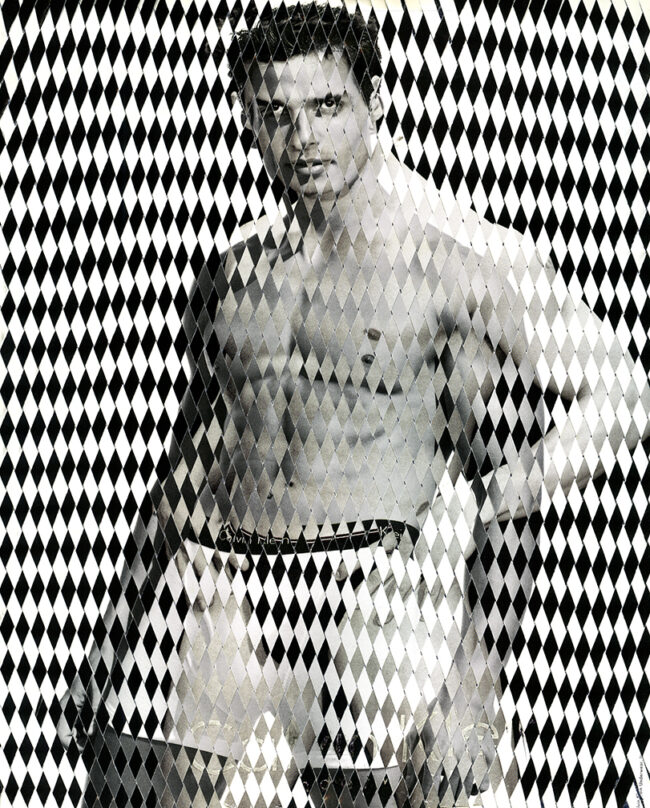
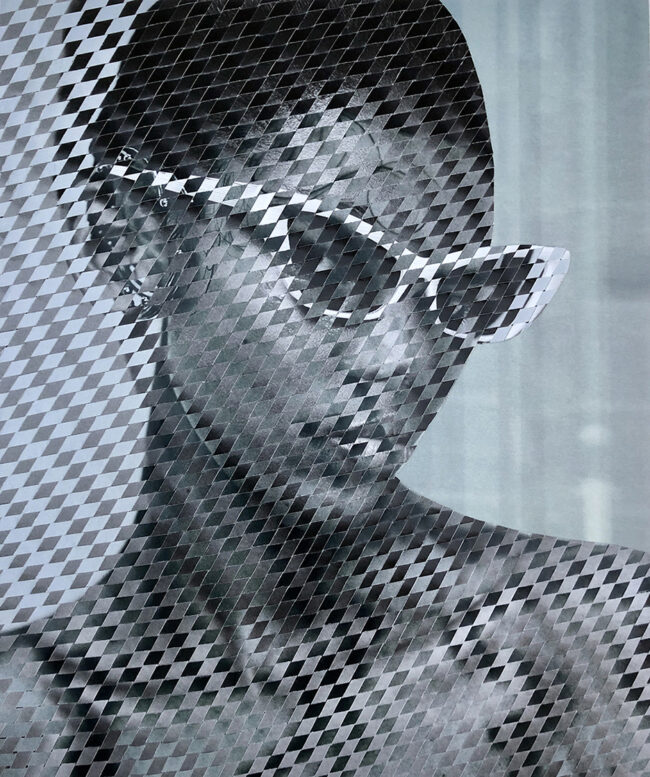

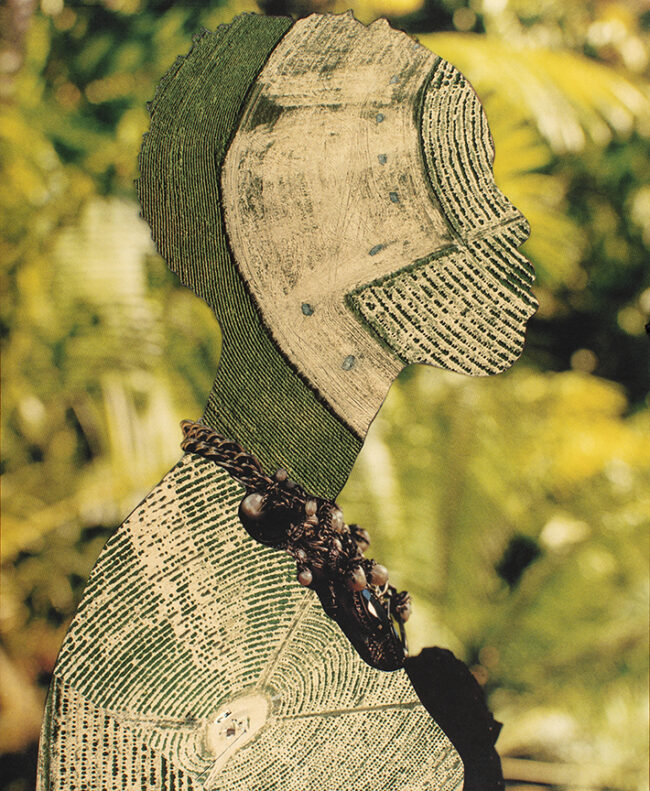

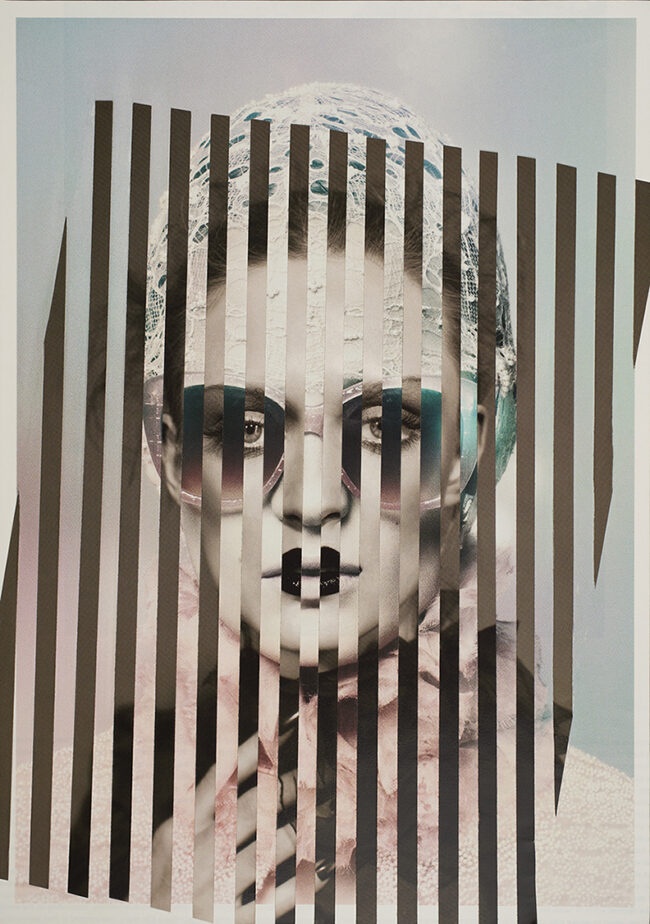

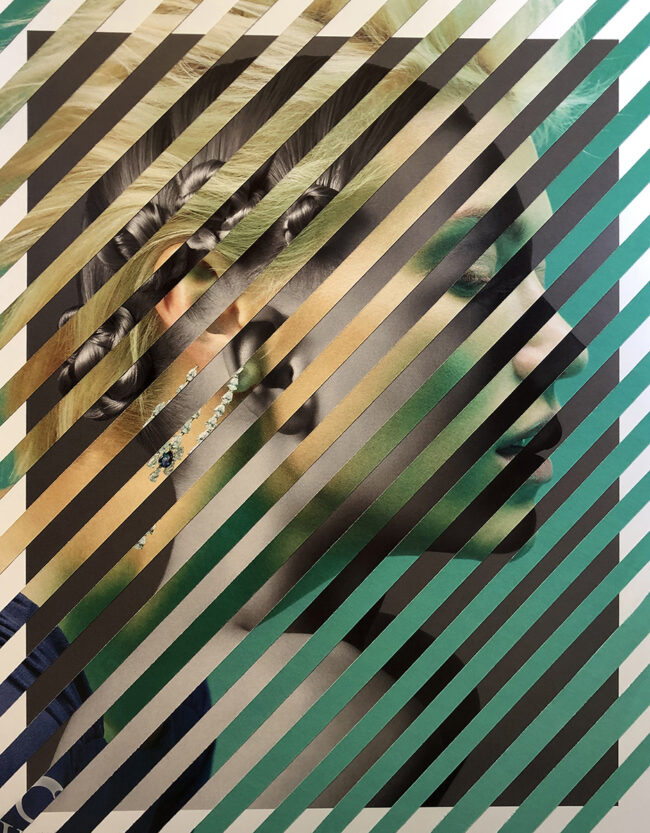

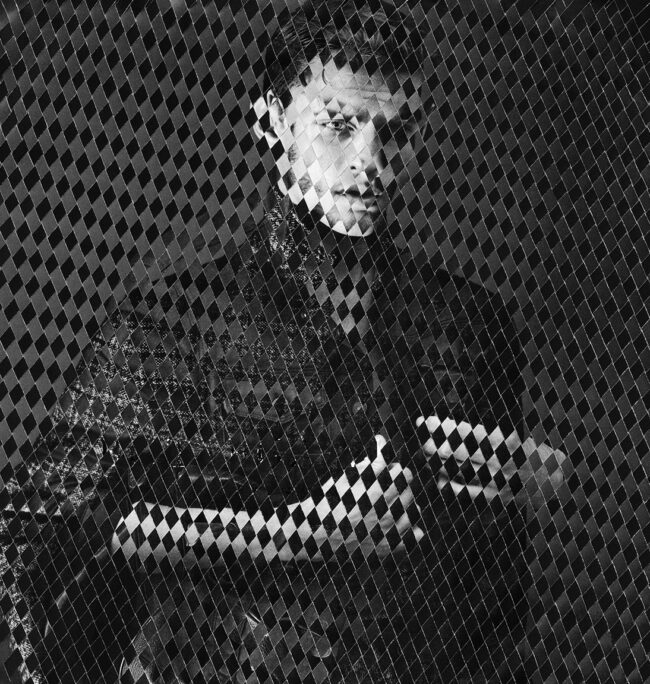
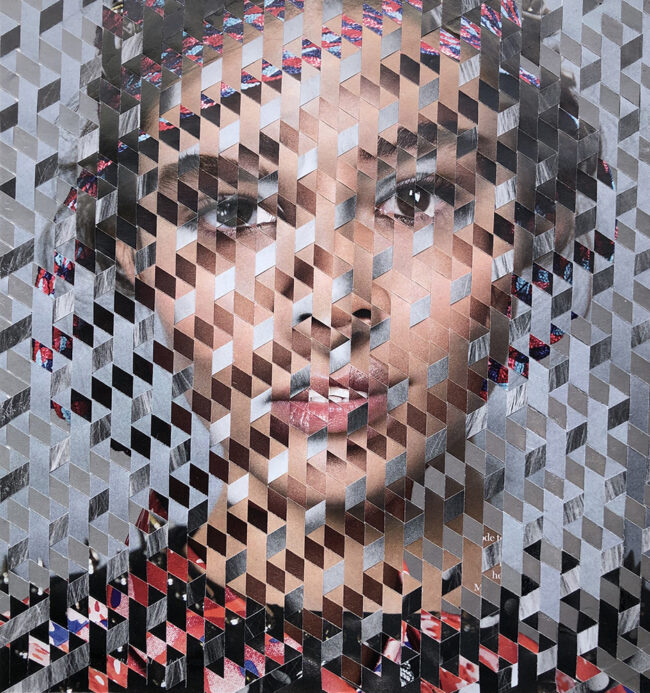
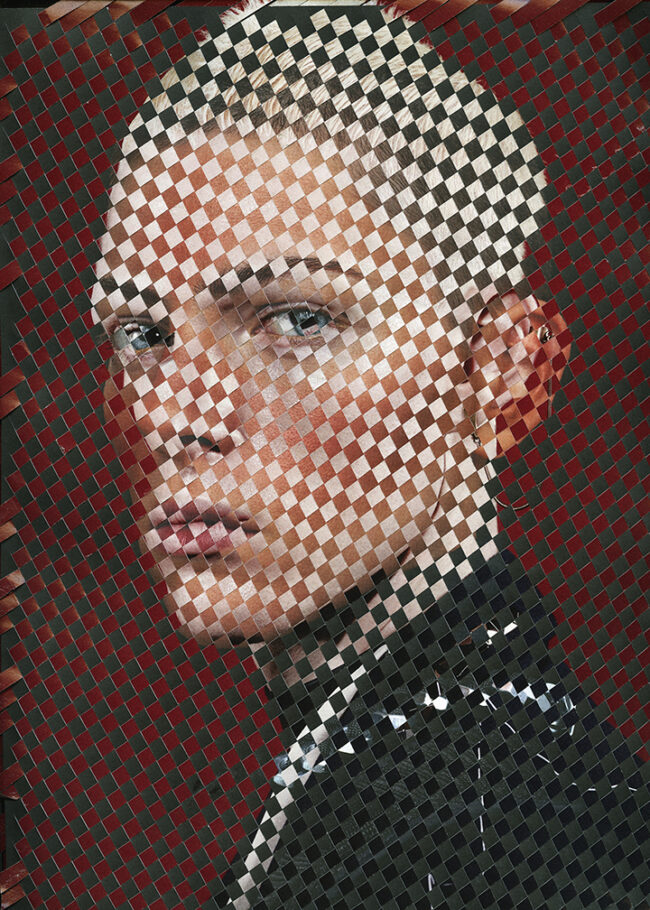
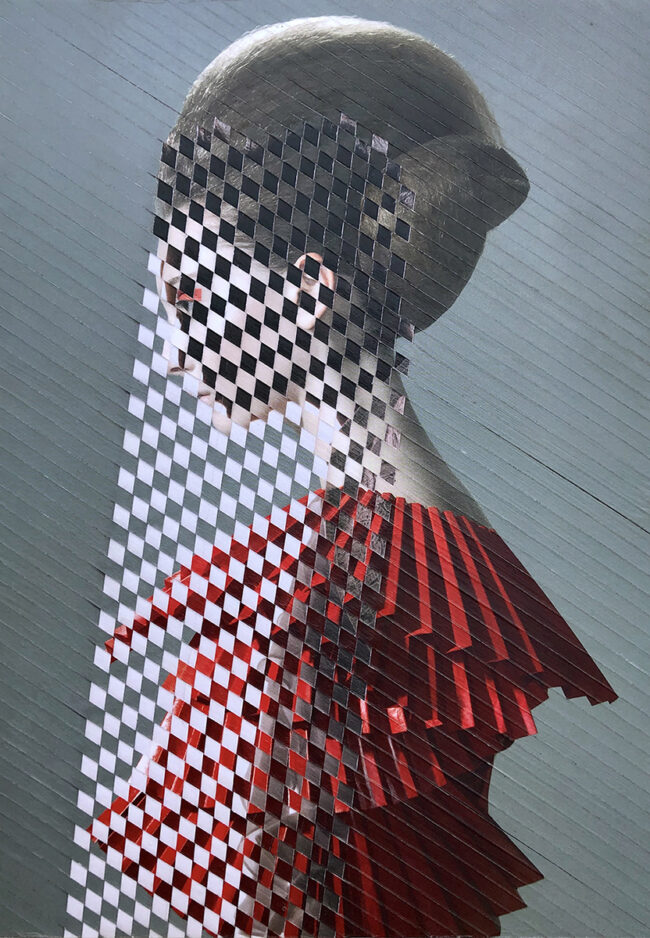
At first, I must admit, I was dubious when I met Jamie Johnson, because I was aware she made photographs of Irish Travelers, the Gypsy/Roma community in Ireland, and that is a subject I’ve seen many times before.
Like Cuba, it’s on the photo-tour-circuit, so I told her I’d expect her more of a reason than just taking a trip with a guide, and she certainly had the right answers.
Jamie has photographed children for years, in various projects, and considers it her area of expertise, so she’s invested a lot of time visiting with the Traveler children, including a copious amount of interviews.
The series became a book, published by Kehrer Verlag, and it’s a compelling offering for sure.

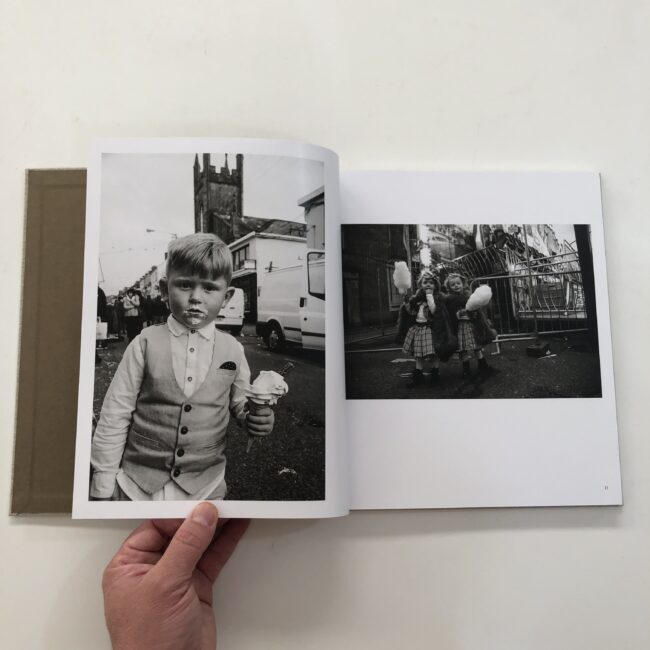
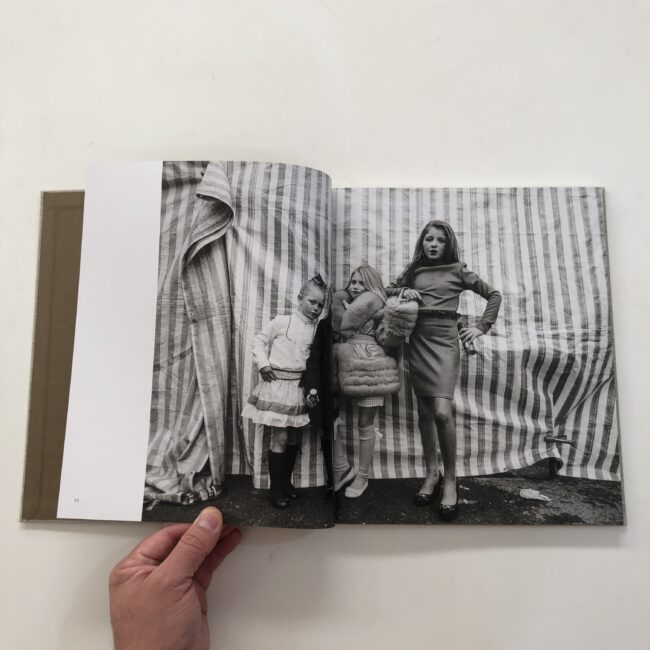
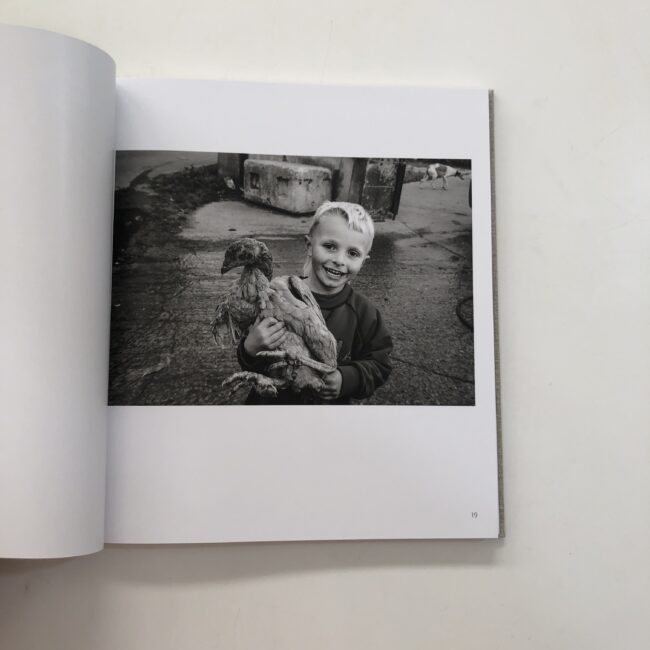
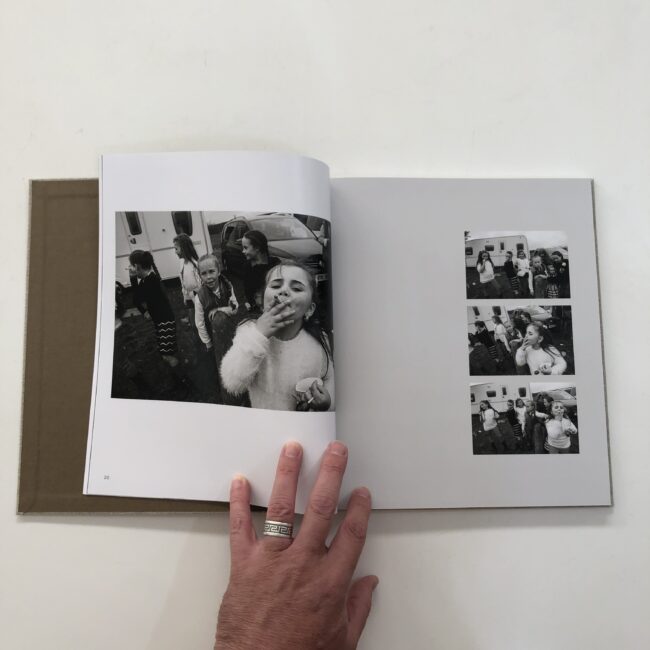

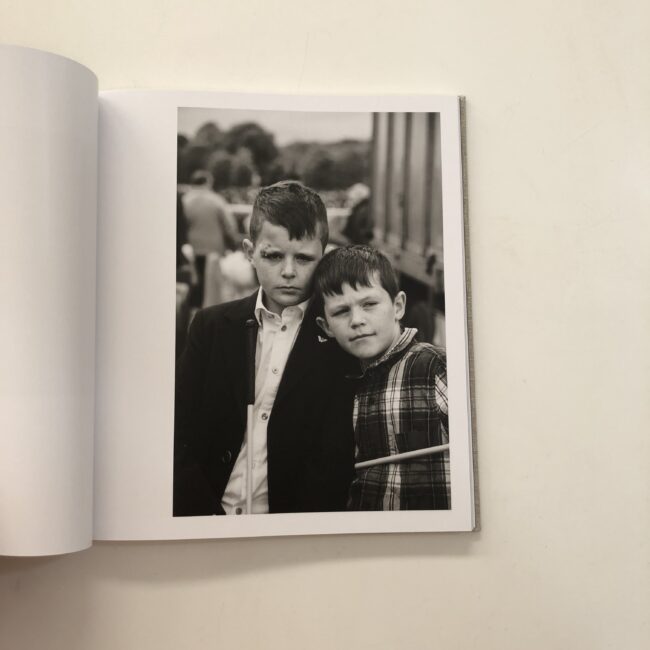
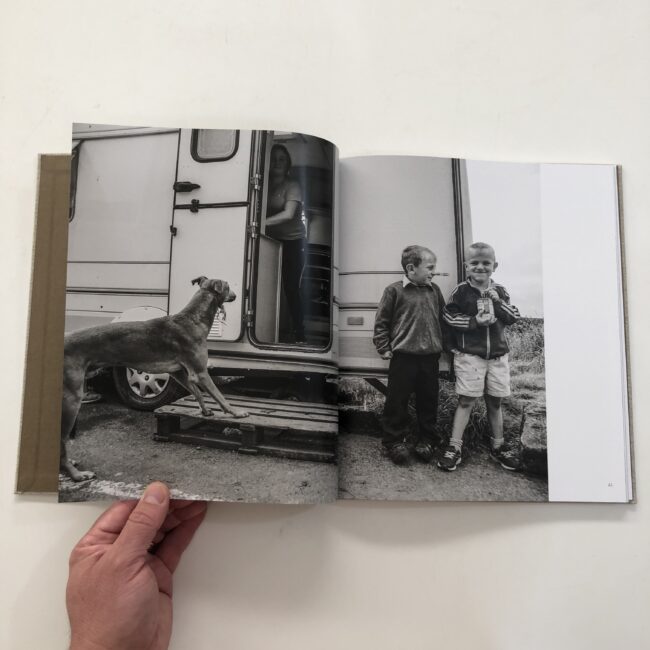
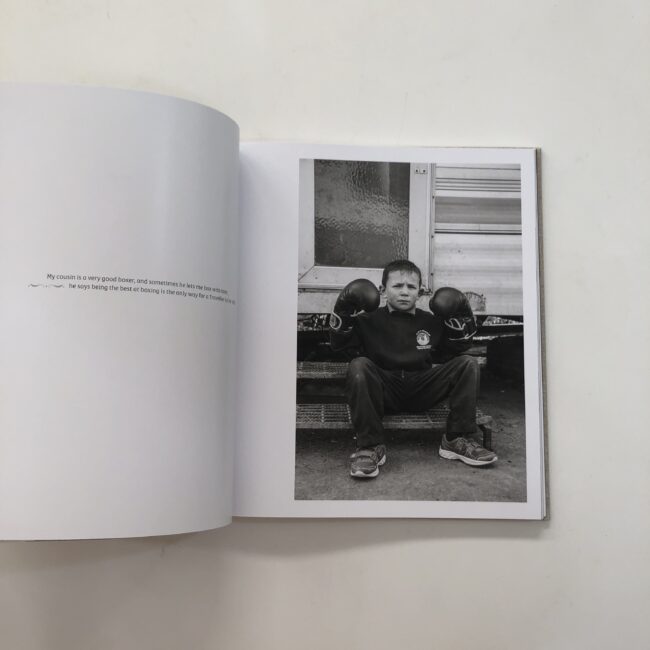
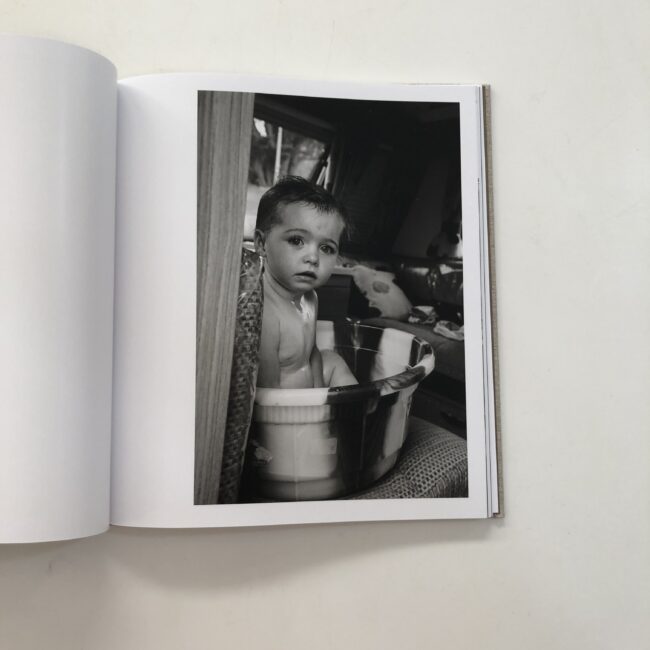
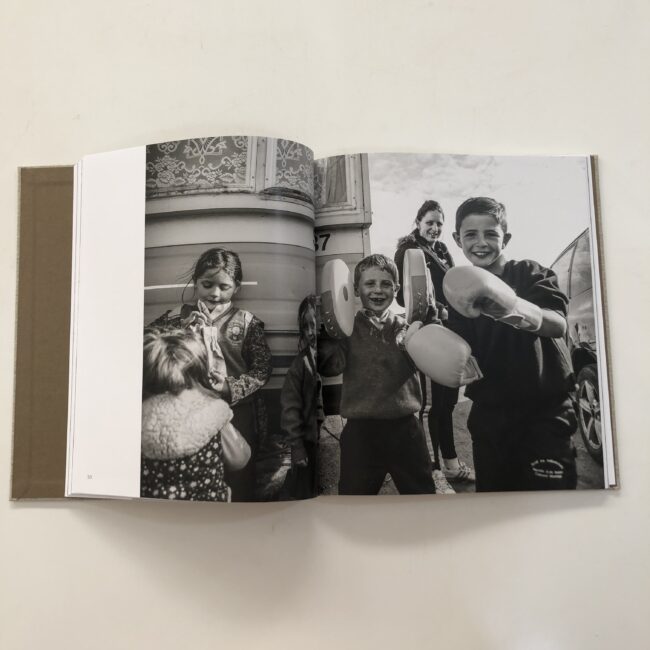
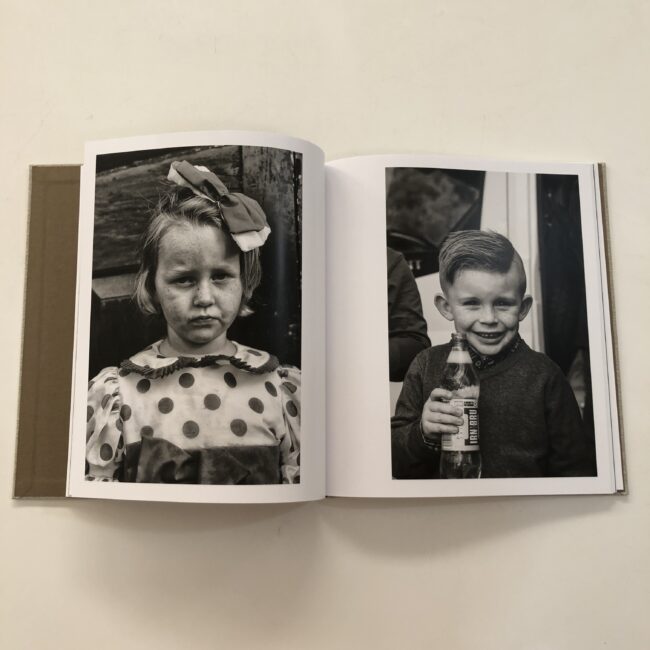

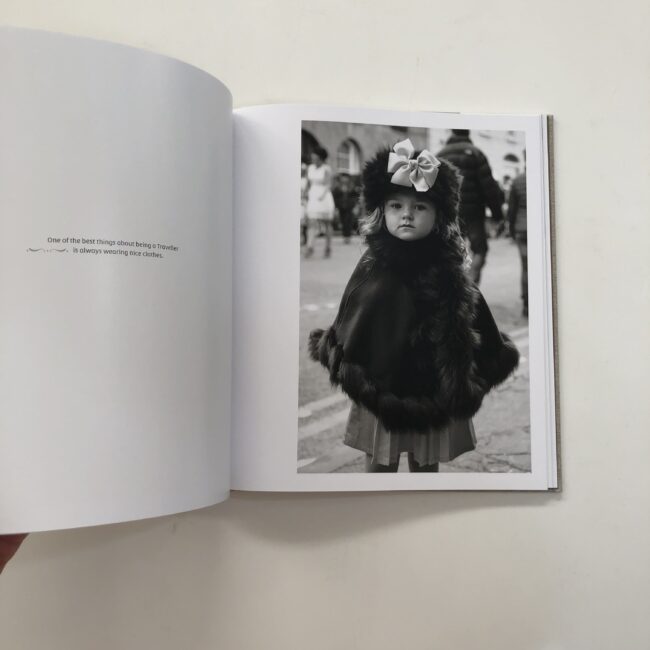
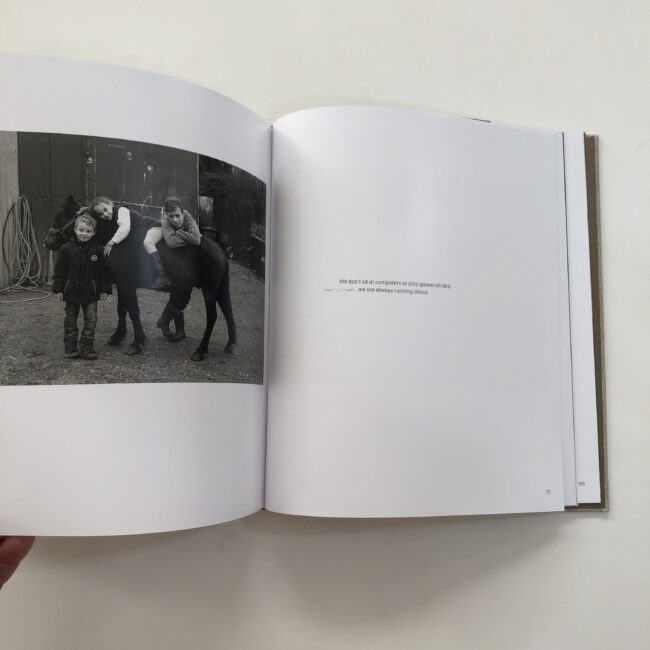
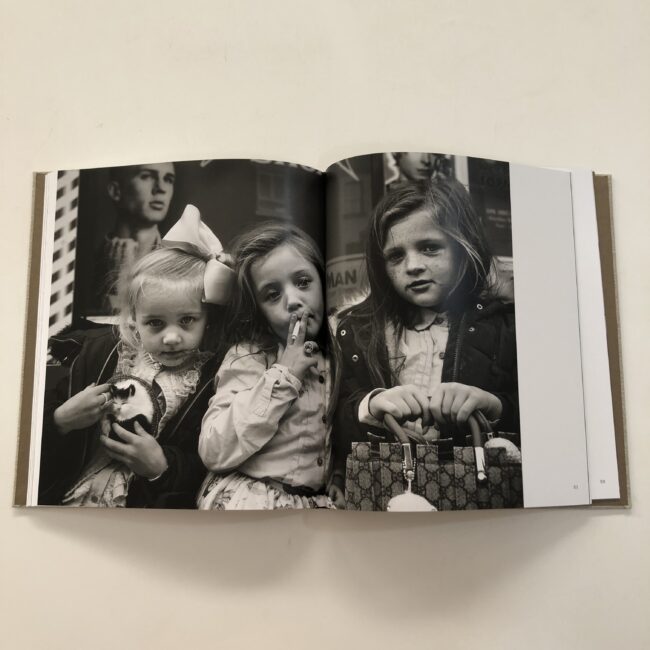


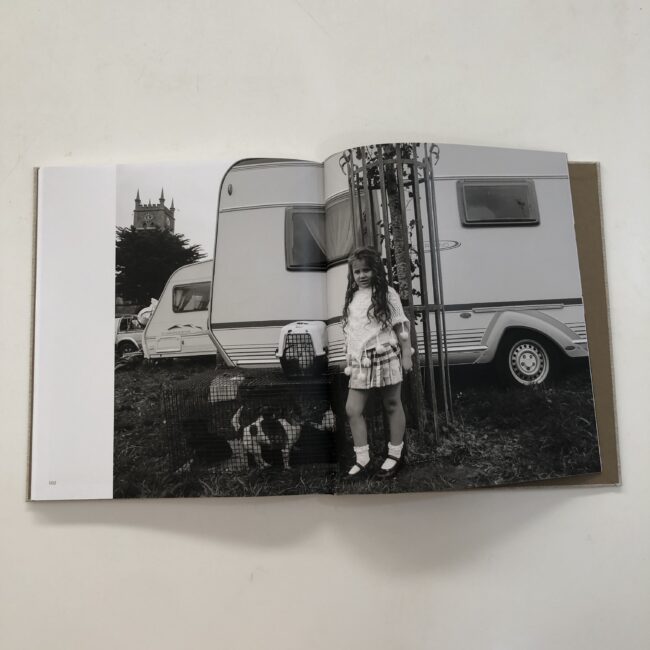

Jacque Rupp is a photographer who made a later-in-life career change, in Northern California, and became interested in how little she knew about the community of people who grow the food that’s eaten in California, and across the country.
(The Central Valley grows much of the produce for the US.)
She did the deep dive, getting to know people in the farm-worker community, doing the research, creating relationships, and the resulting documentary photos are well worth looking at.
It’s another example of outside-the-community projects that have been frowned upon over the last few years, but I believe that if photographers are earnest, care for the right reasons, and put in the leg work, we should consider what they’ve made with kindness, and an open heart. (Not everyone agrees. I get it.)
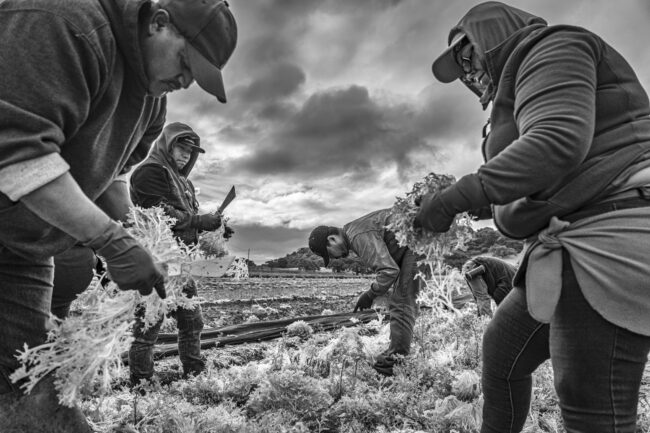
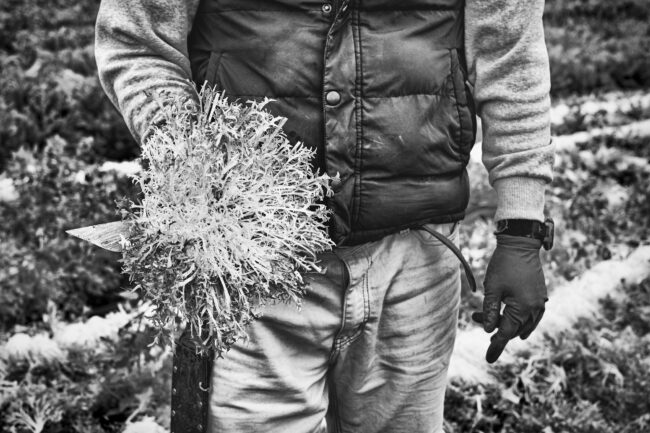
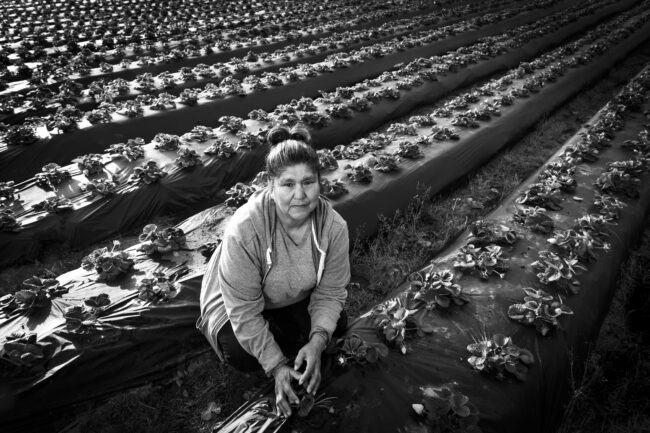

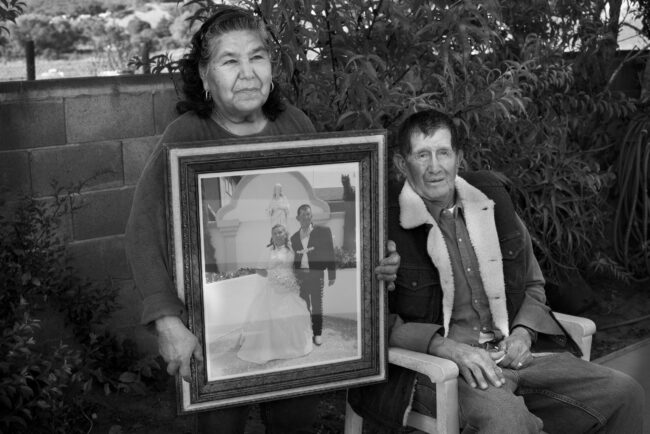
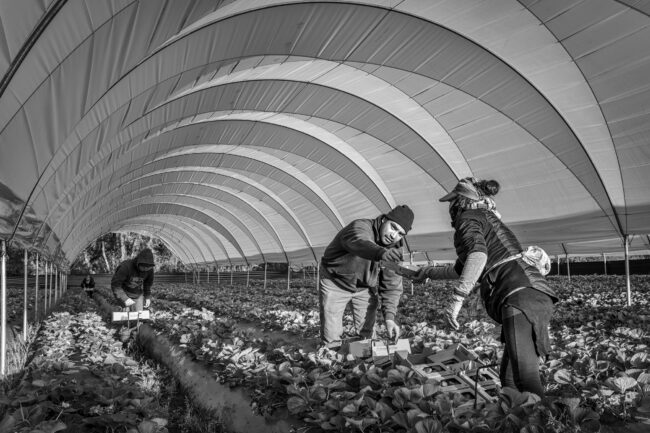
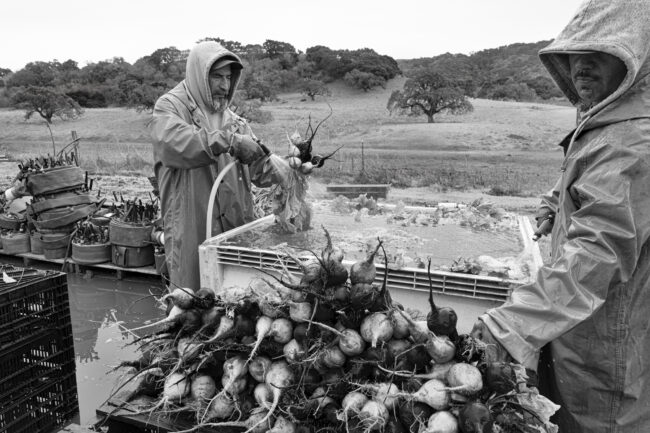
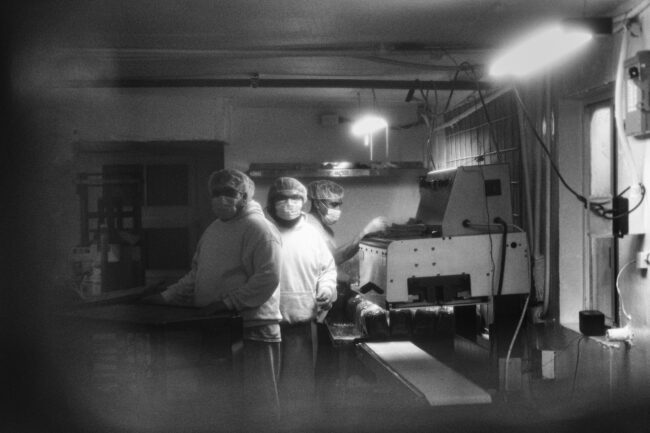


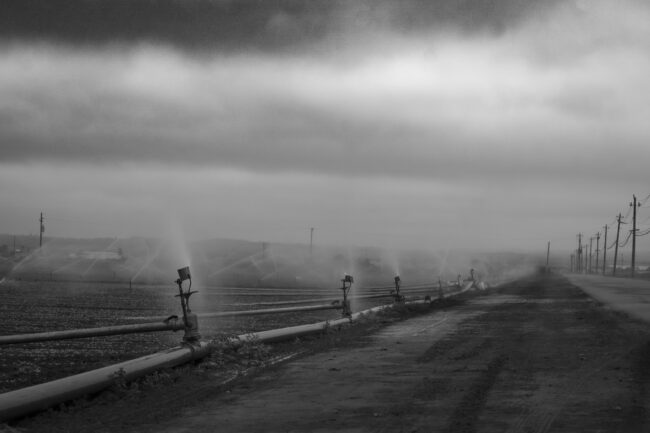
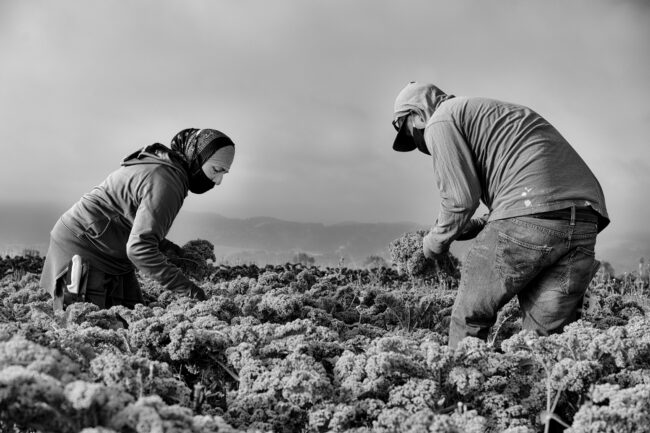



Last, but certainly not least, we have Benjamin Dimmitt, whom I knew from social media, but not IRL. (I guess even these meetings were on Zoom, so Benjamin, hope we can connect in meat-space one of these days!)
Benjamin was a long-time New Yorker who relocated to the South, but he’s originally from Florida, where his project was shot.
Literally every day now, we’re reading stories about how bad Climate Change has become, and how reservoirs are drying up across the West, and sea levels are rising on the coasts.
It’s abstract, in a frog-getting-boiled-alive-in-a-pot-of-water kind of way.
Many of Benjamin’s photos, which were shot in Florida, about 70 miles North of Tampa, show the changes wrought, as they were made with large time gaps. (Between 10 and 34 years, depending on the diptych.)
But from a technical and asethetic perspective, I preferred the single, square images he showed me, which were made more recently.
They’re beautiful and disturbing at the same time.
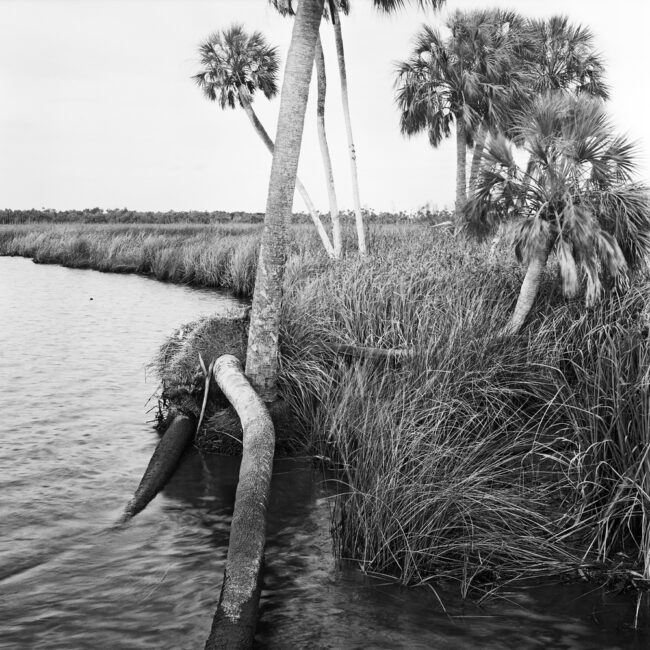


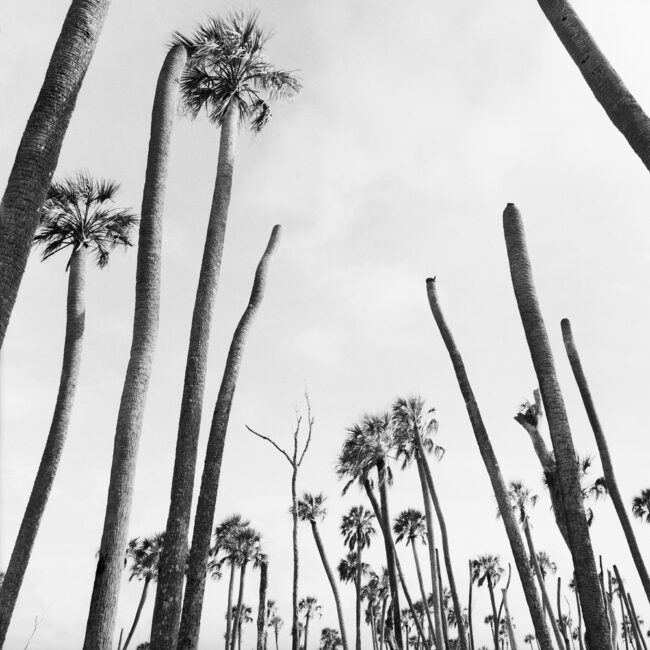

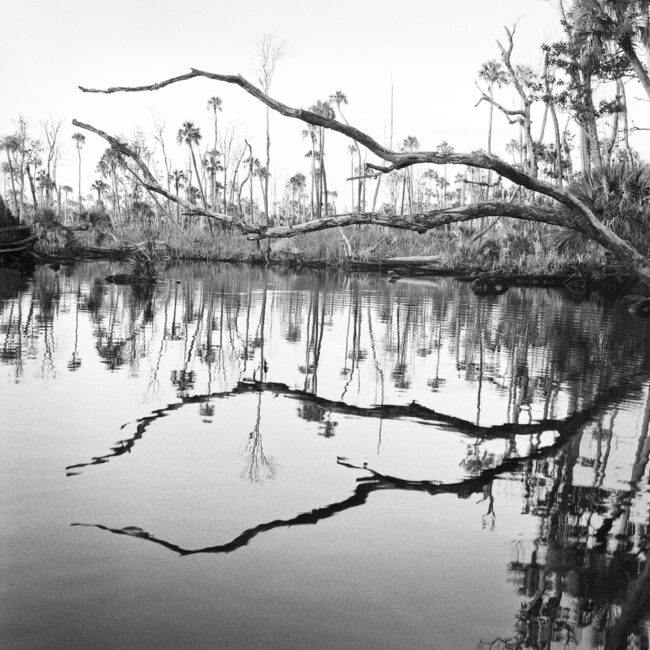
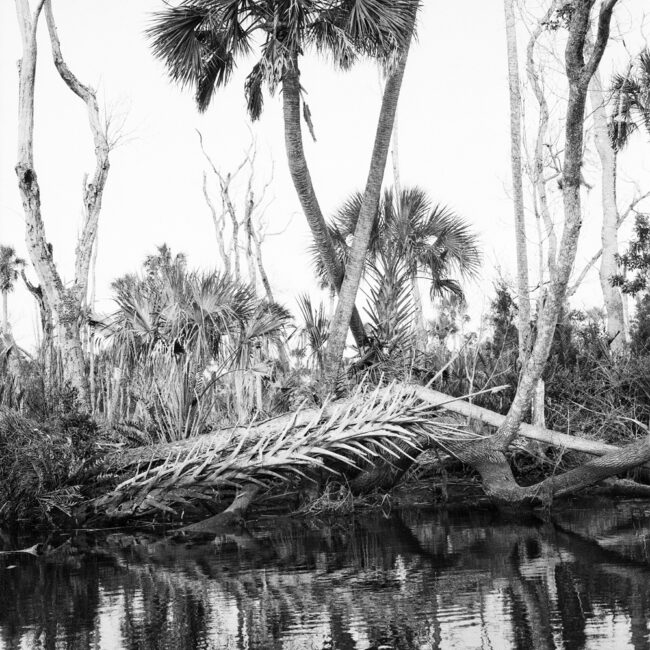

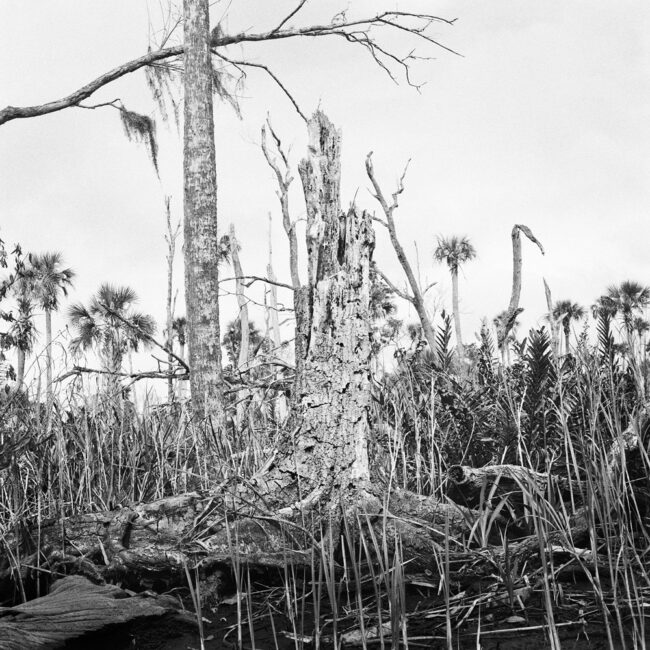


That’s it for today, though, so see you next week, and stay cool out there!
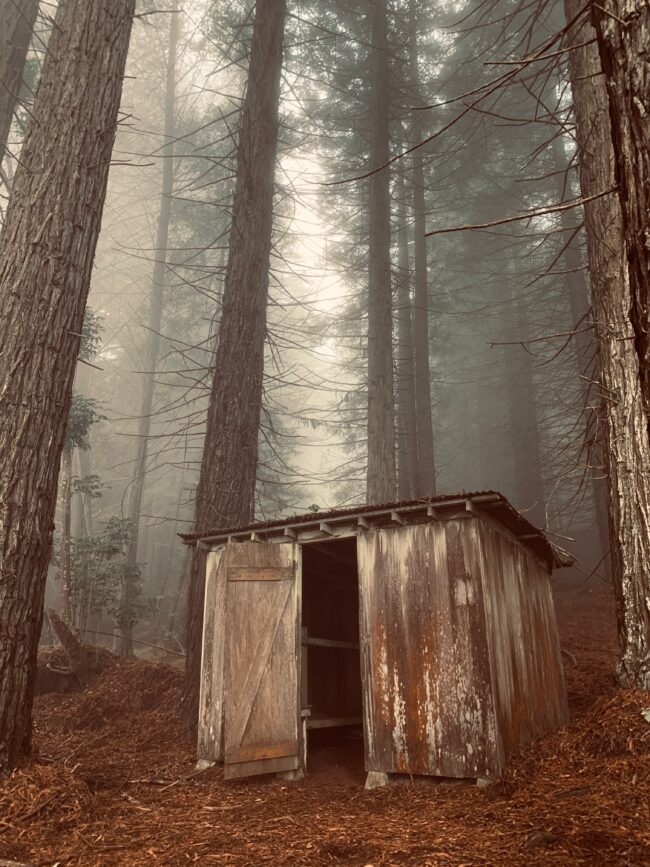
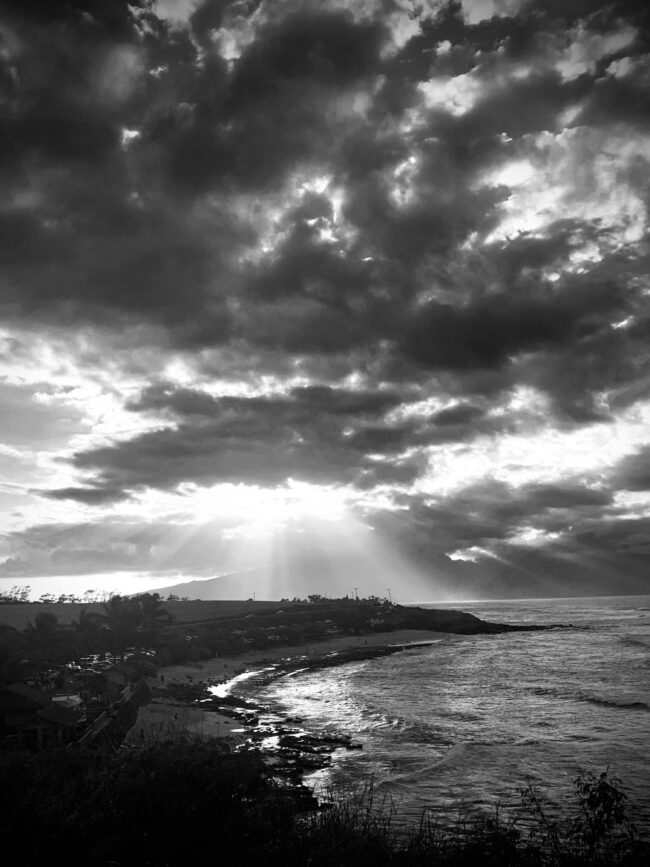
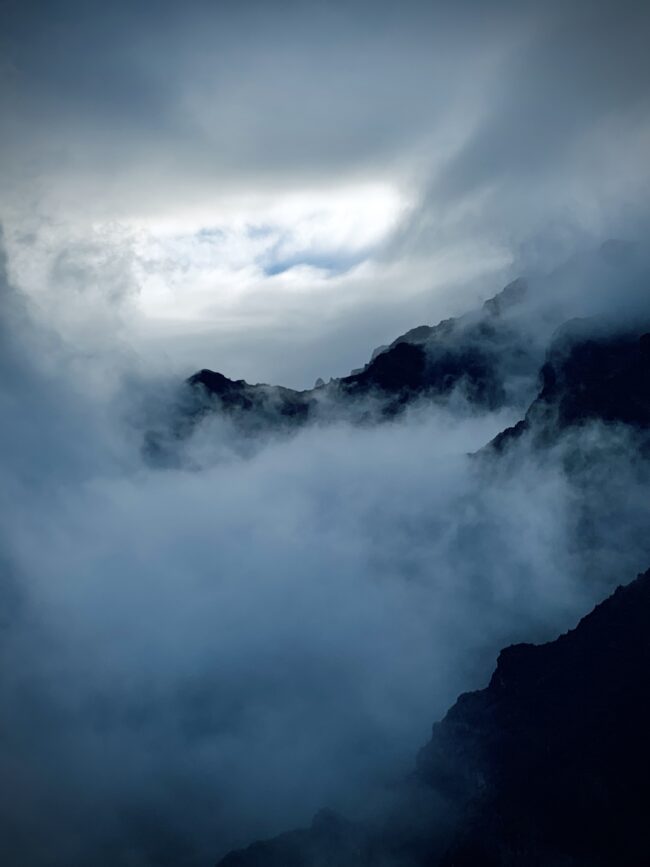
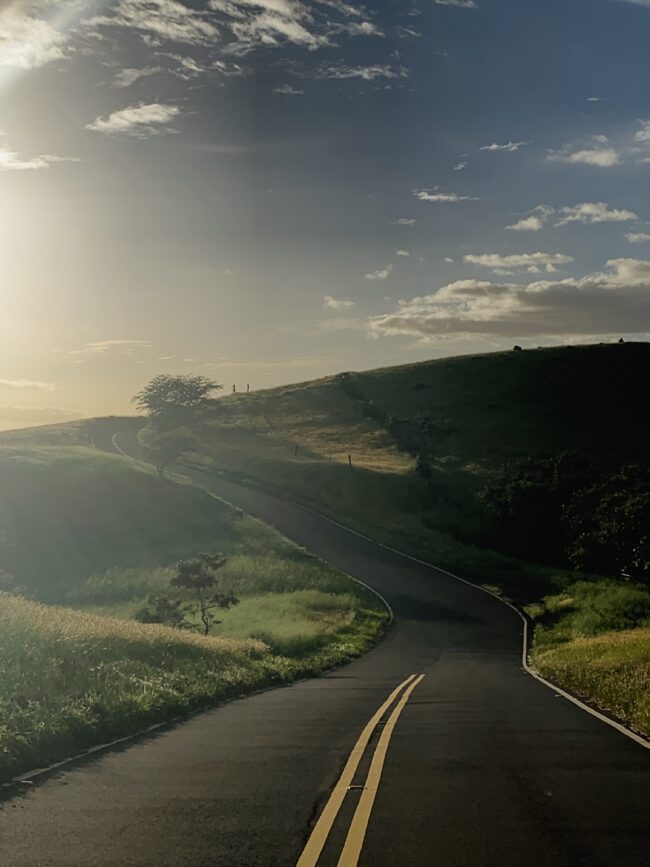

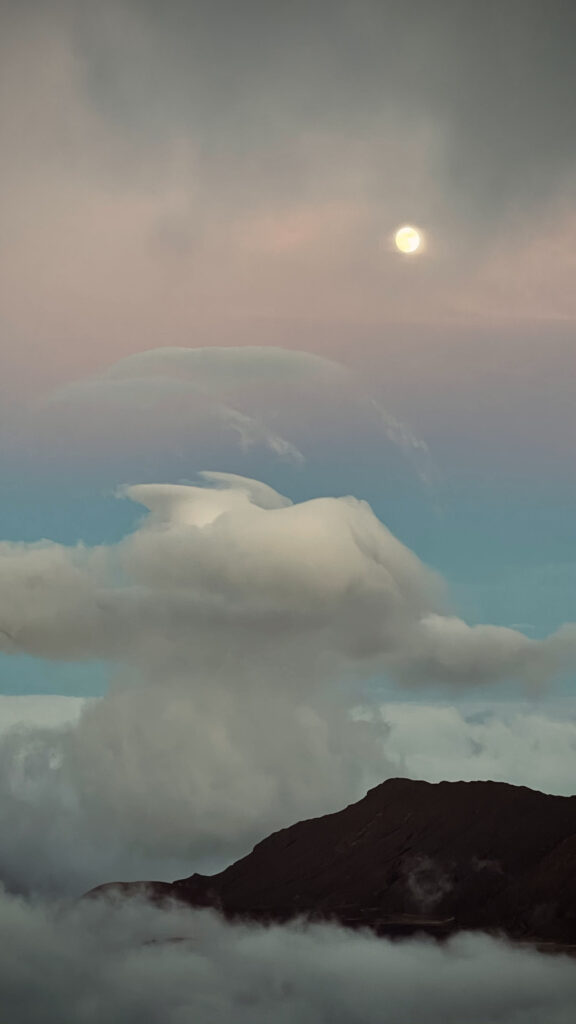
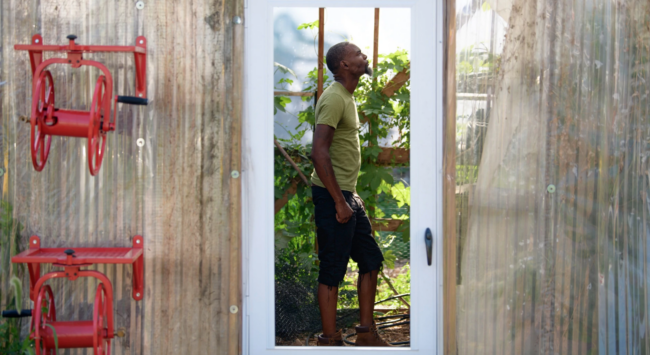
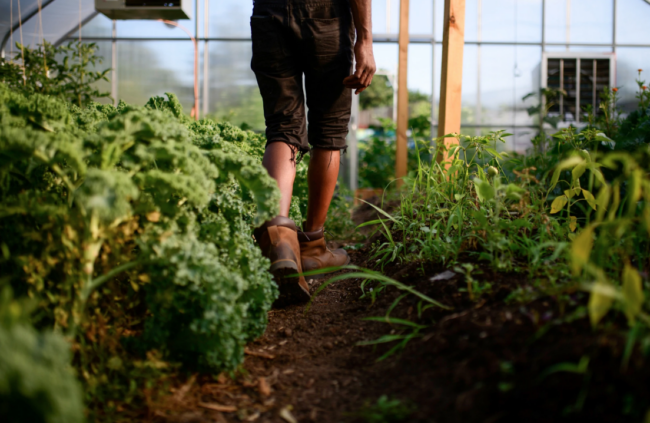
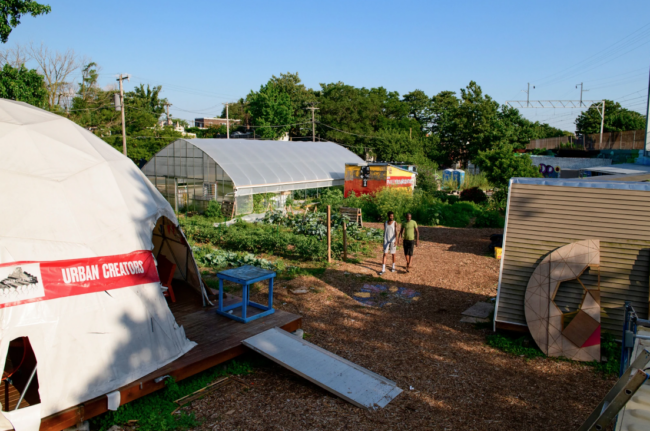


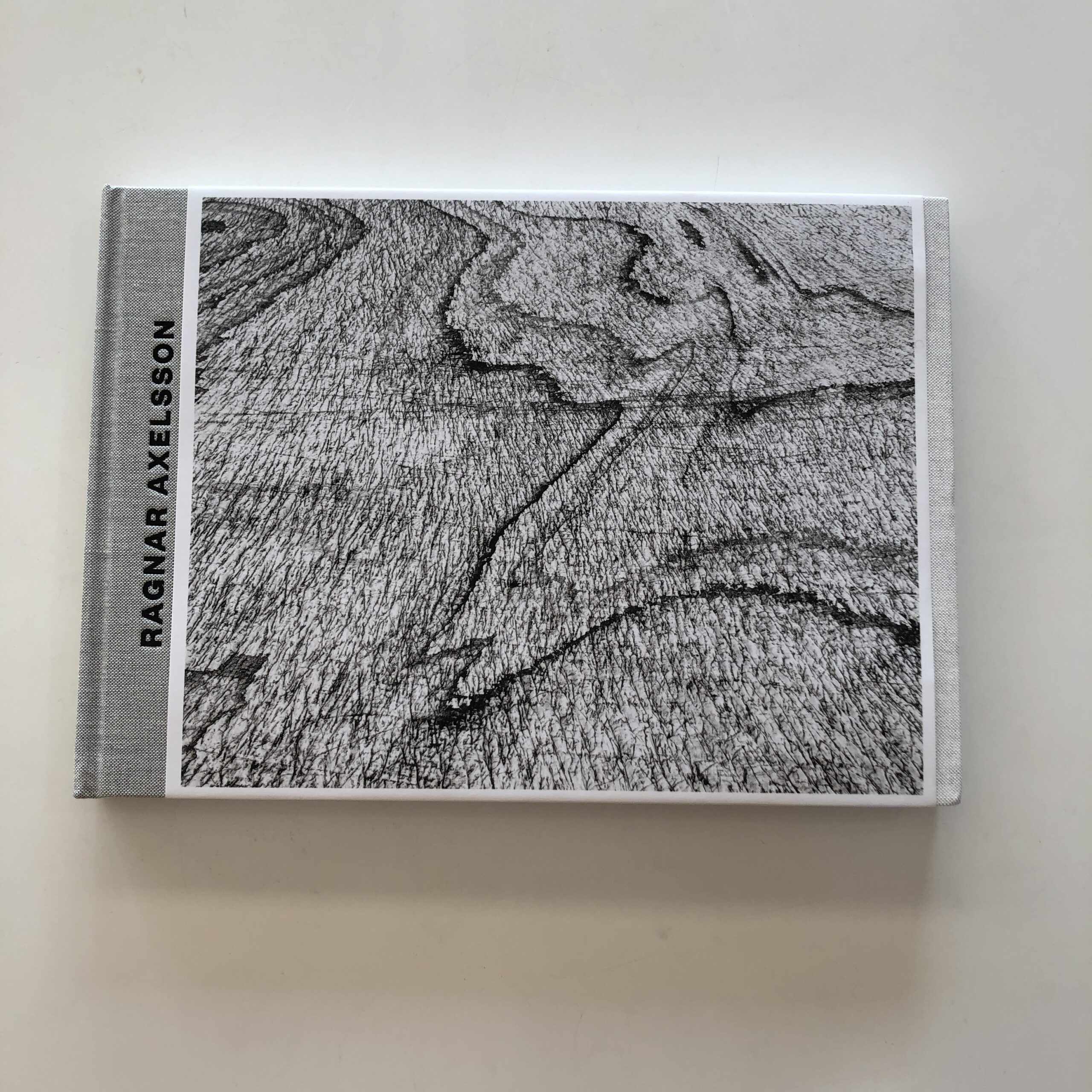
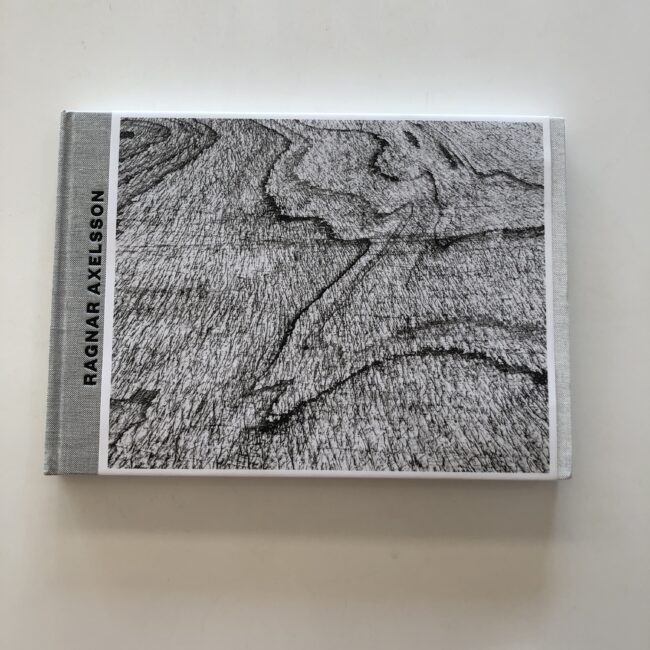
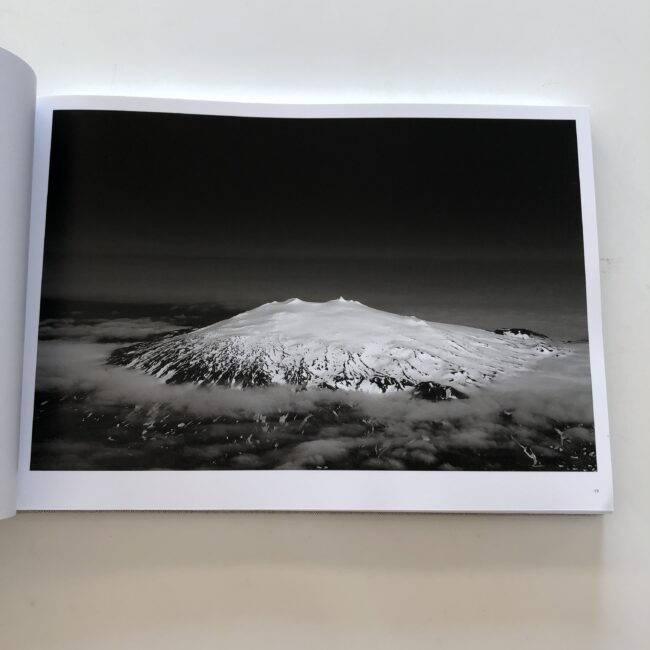
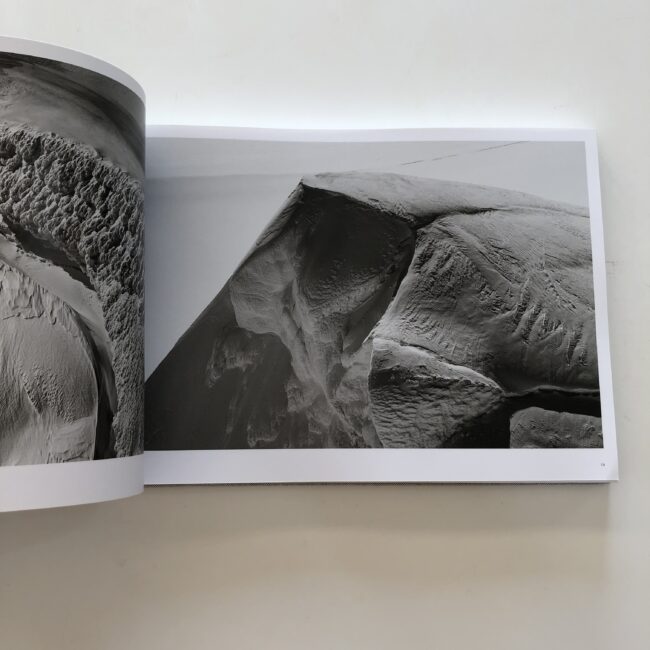
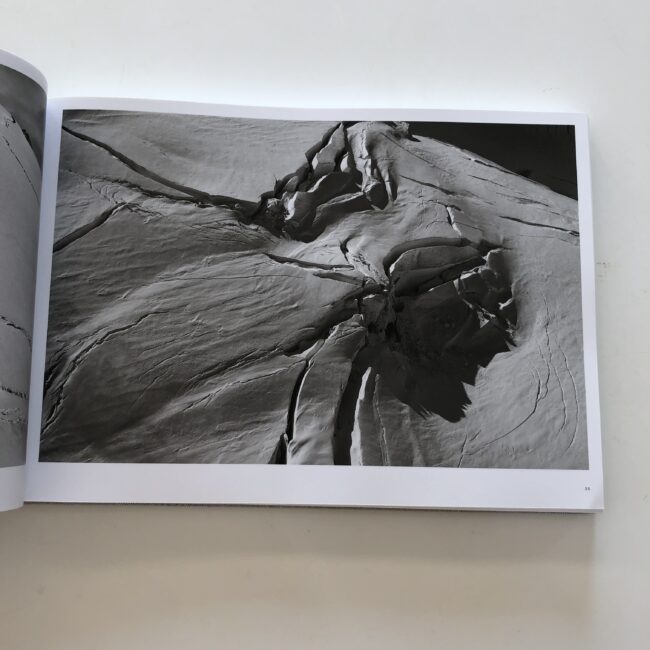
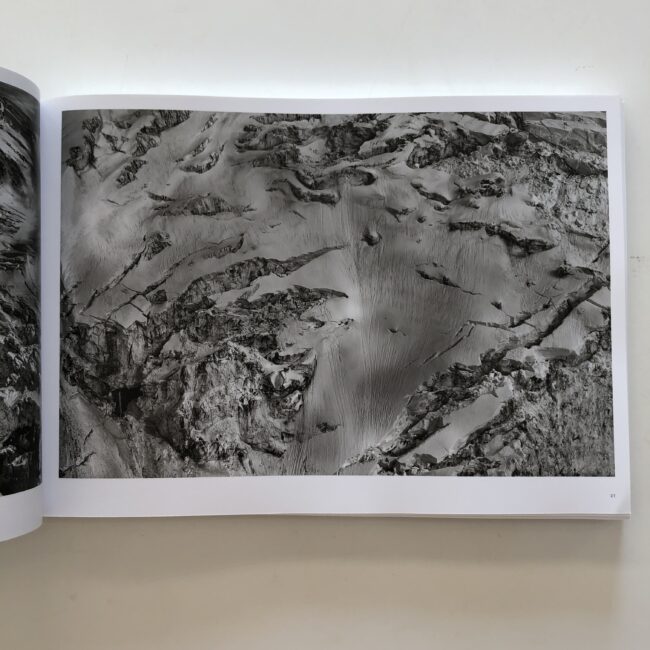
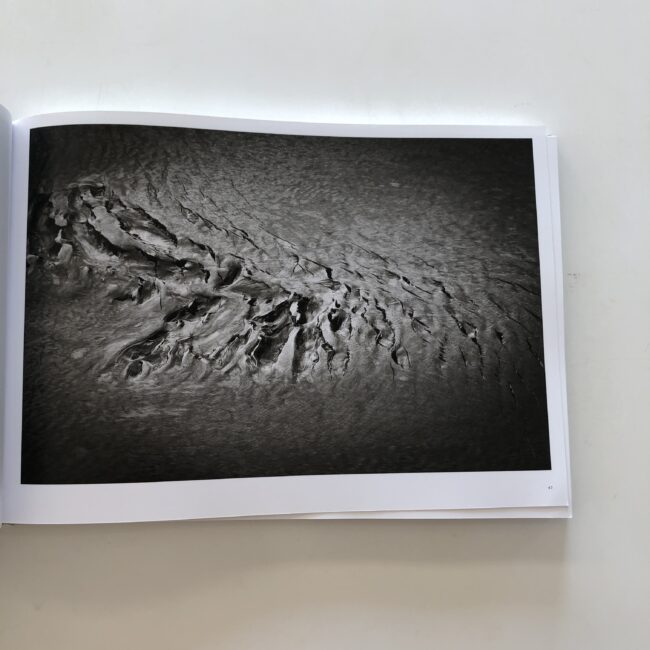

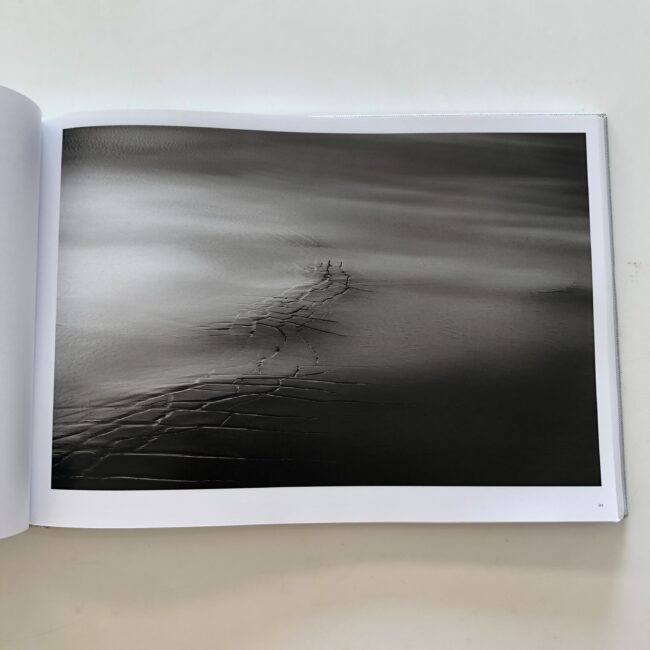

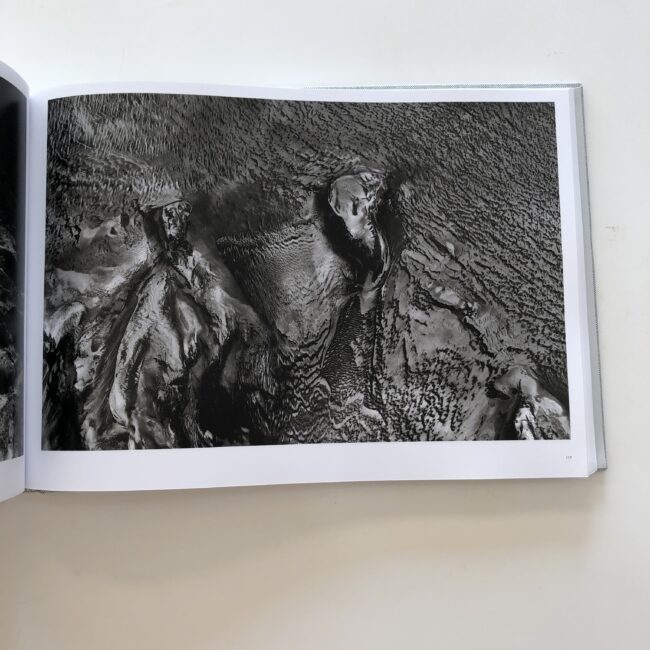
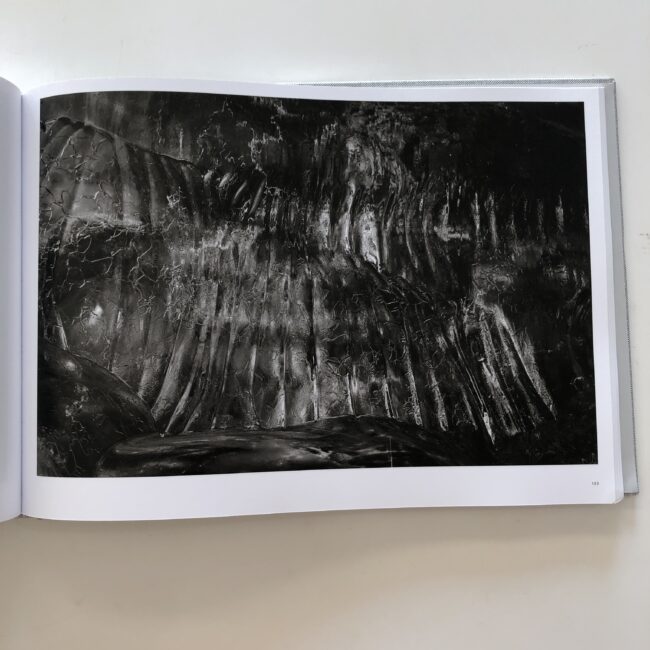

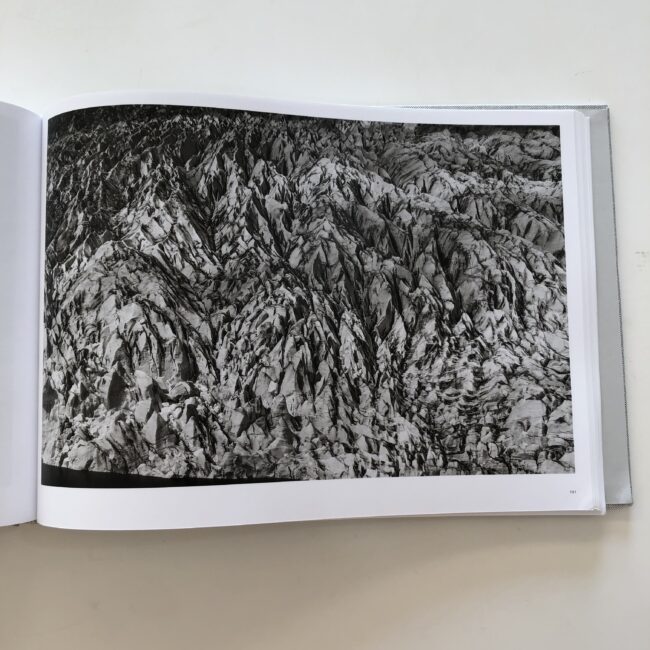

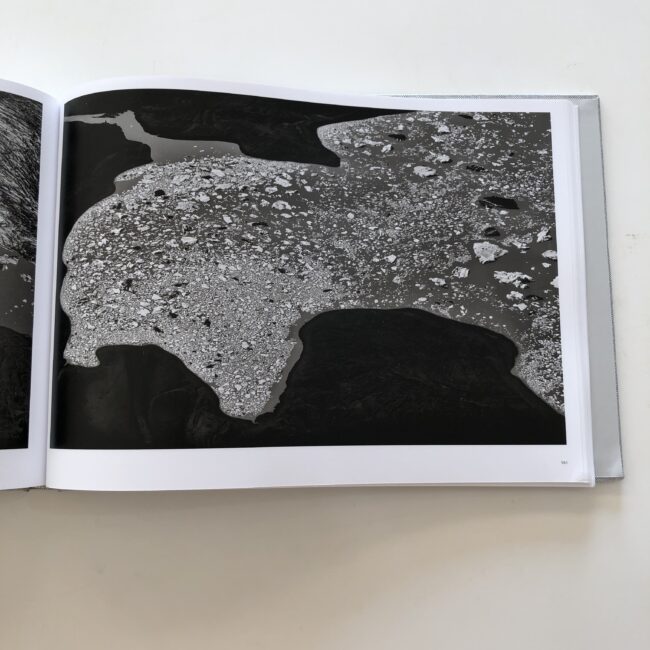
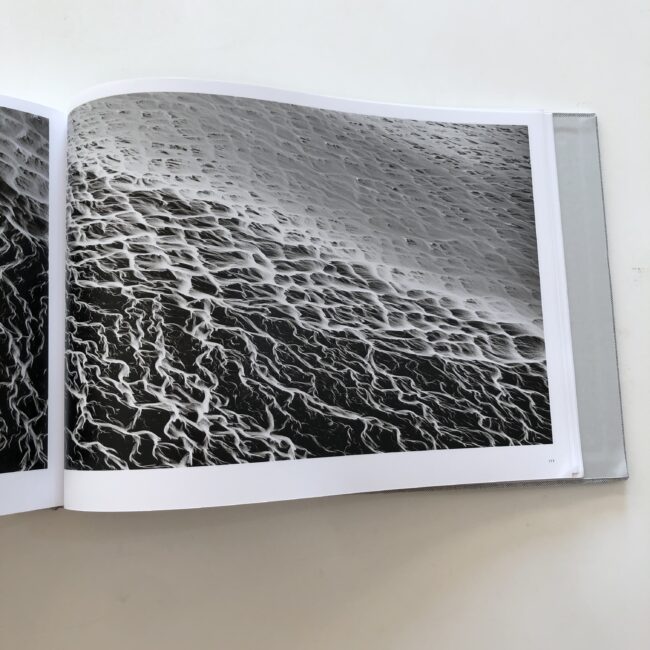

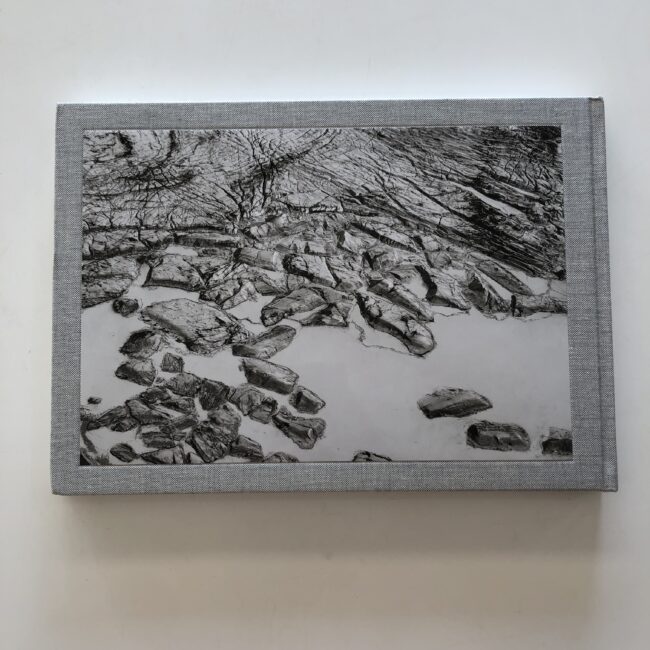
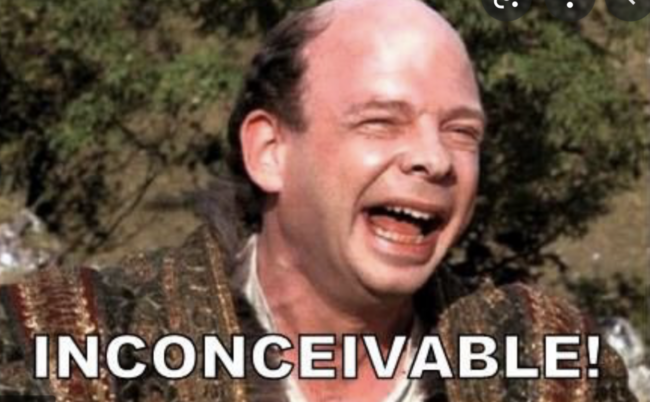
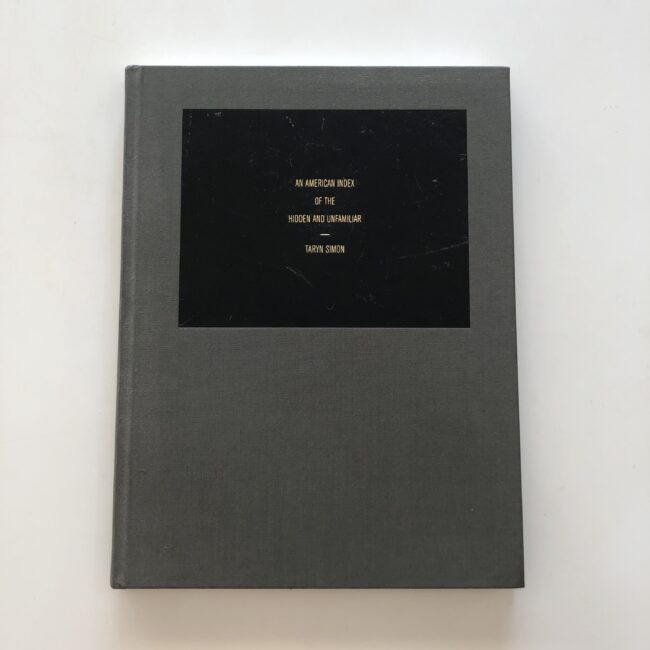
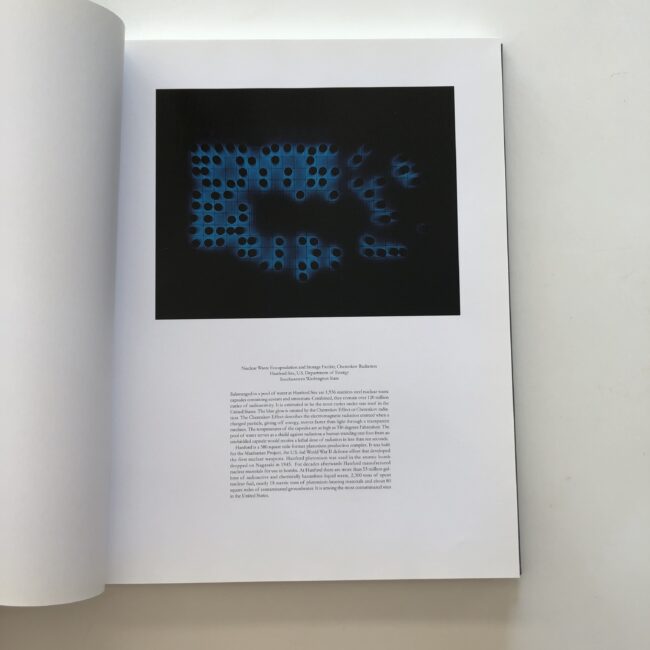
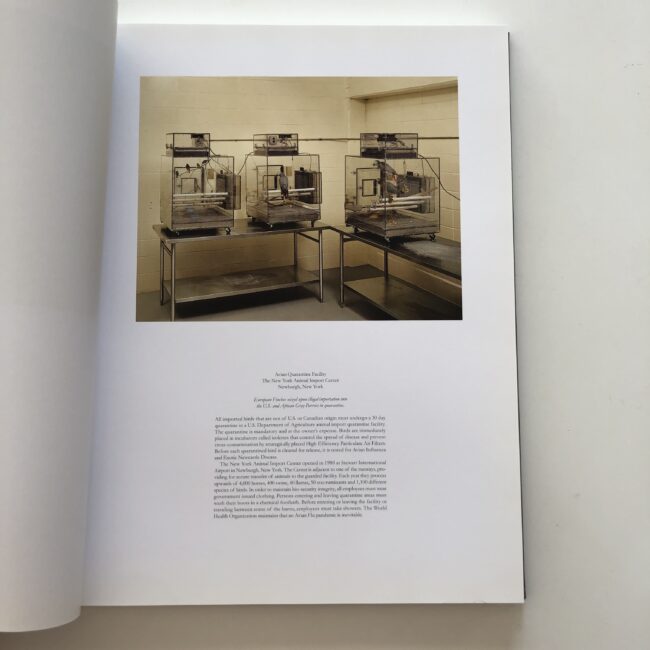


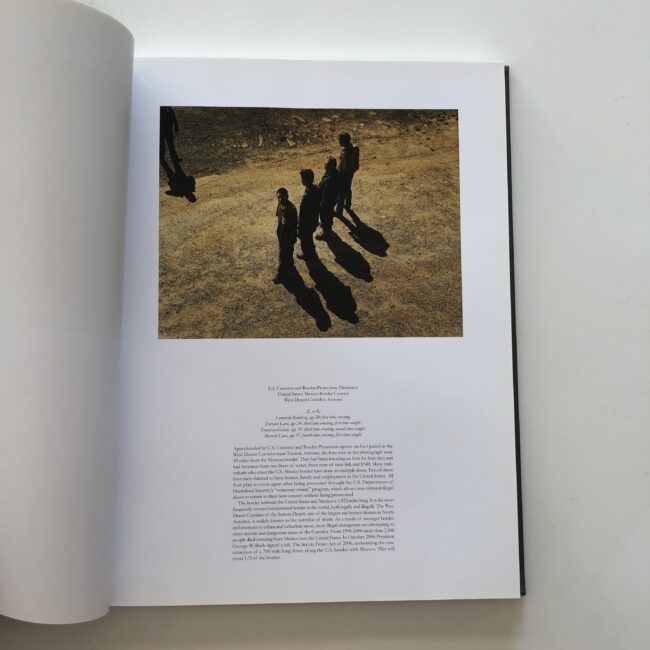
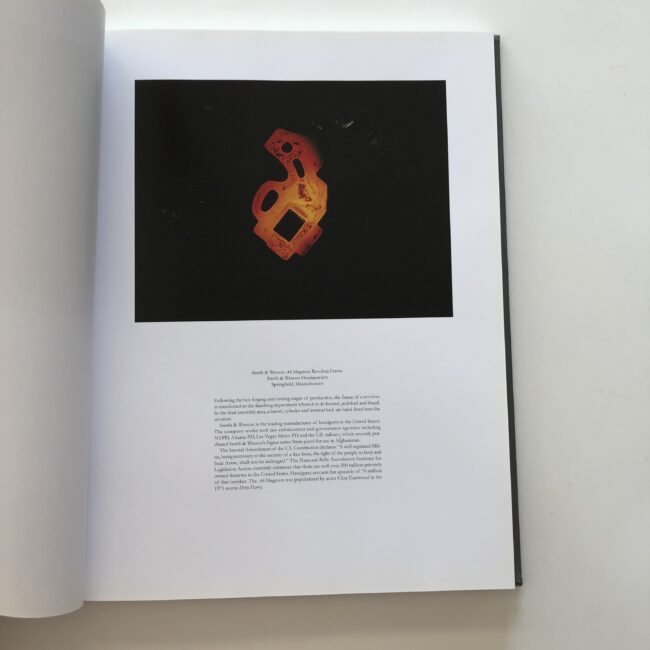

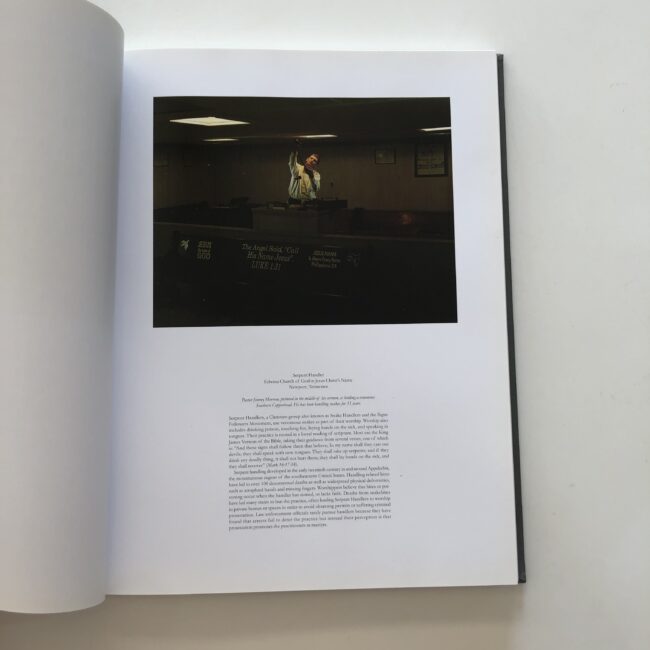
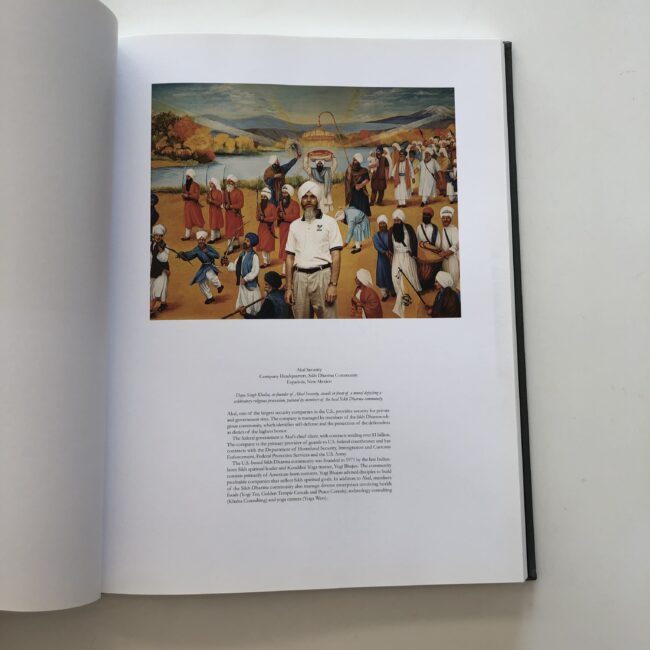

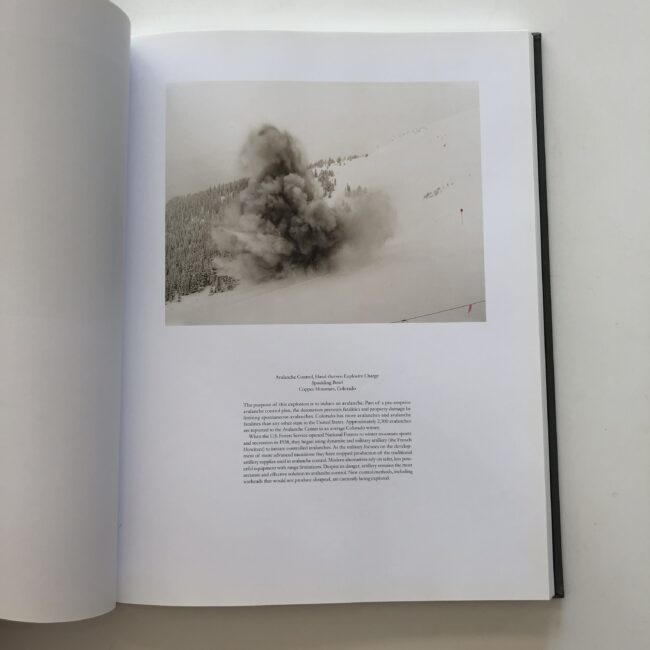

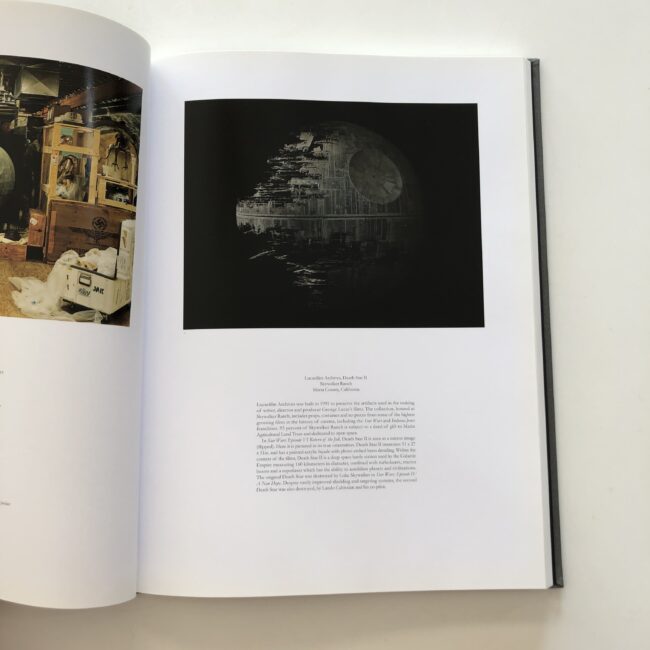
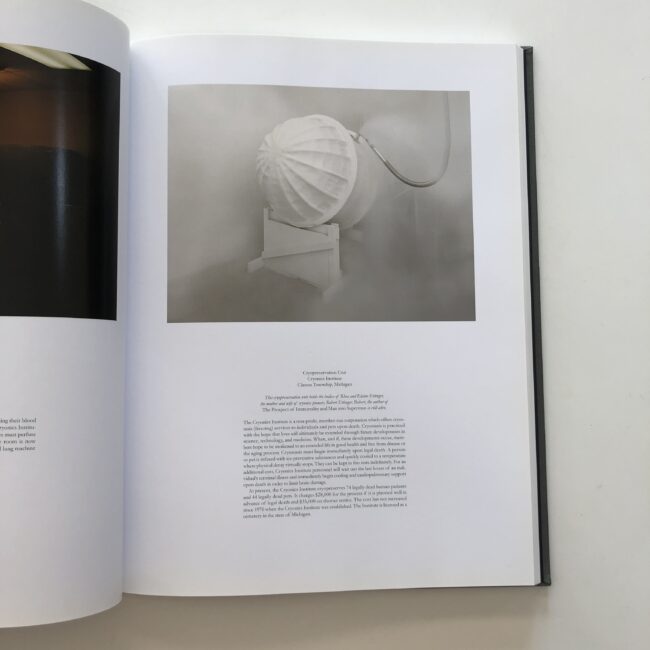
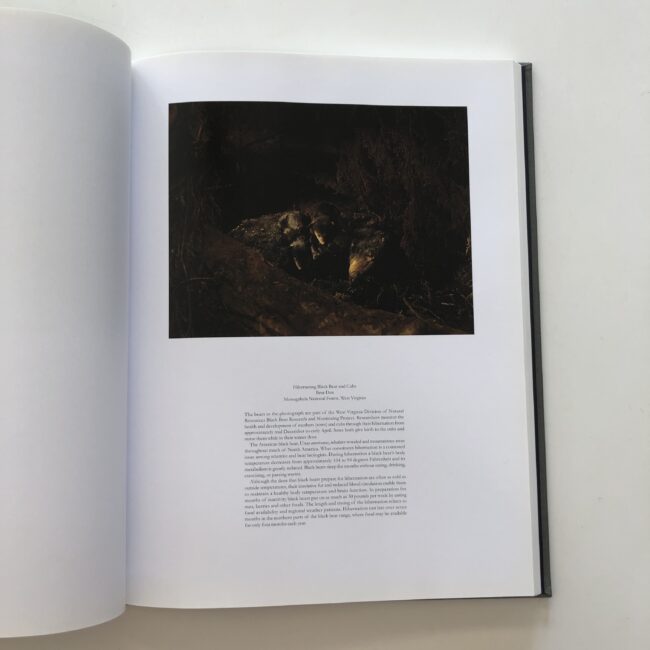
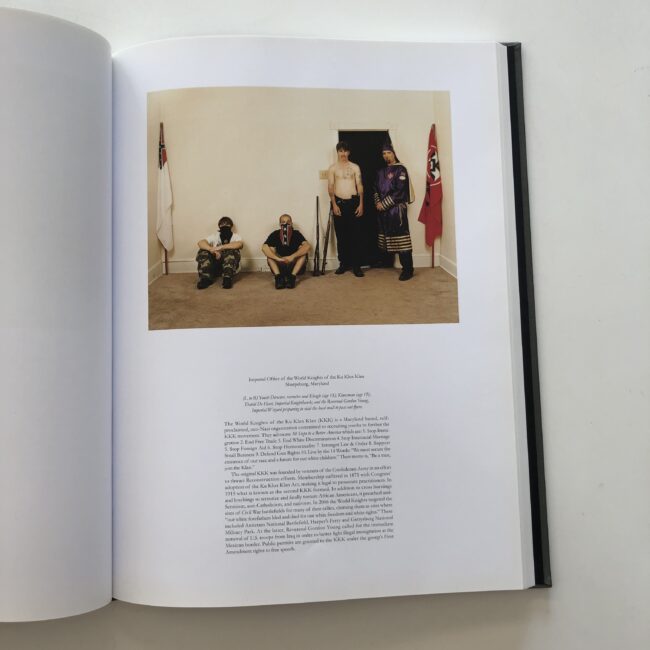
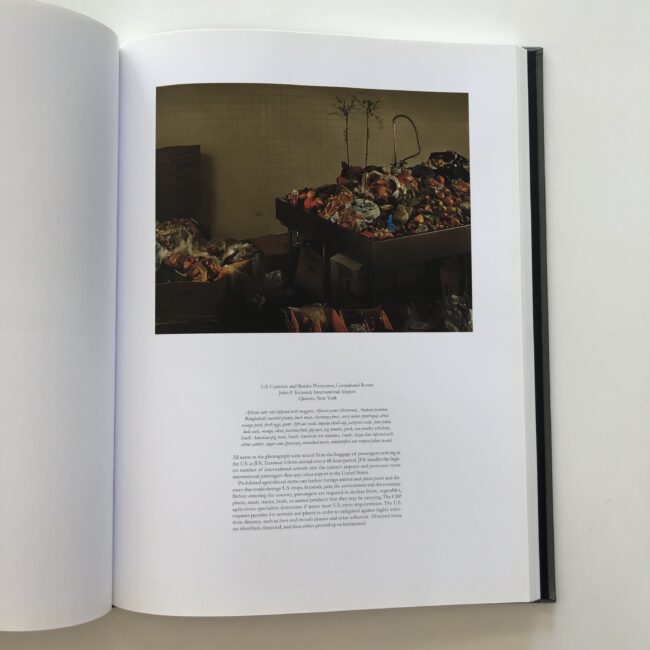
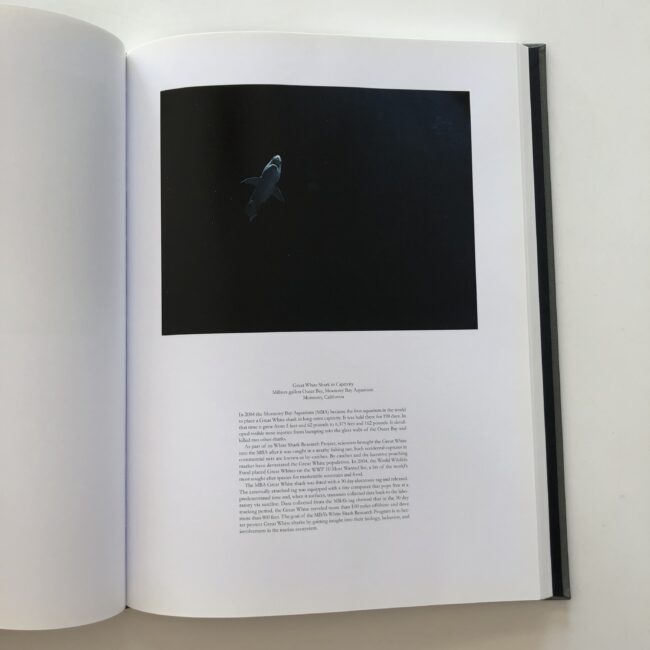
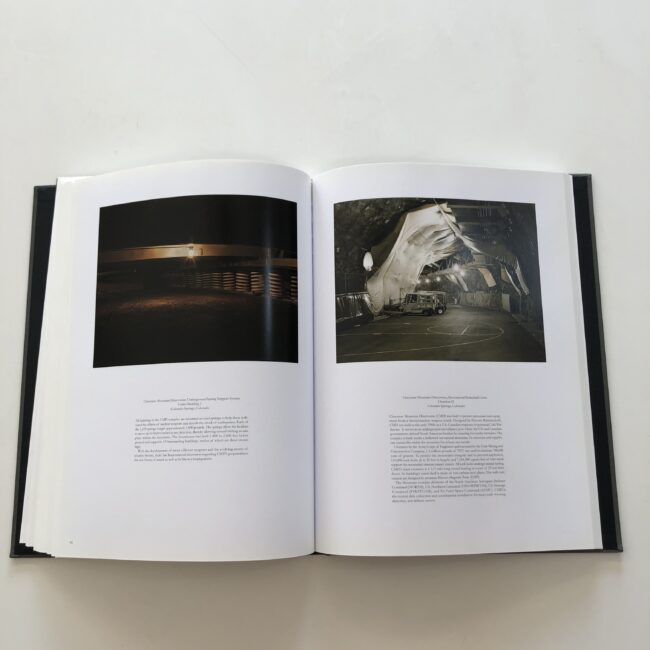
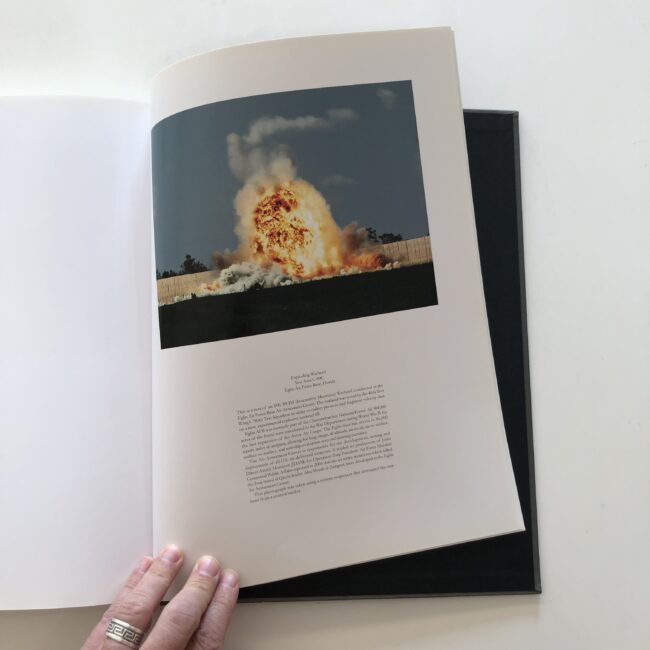
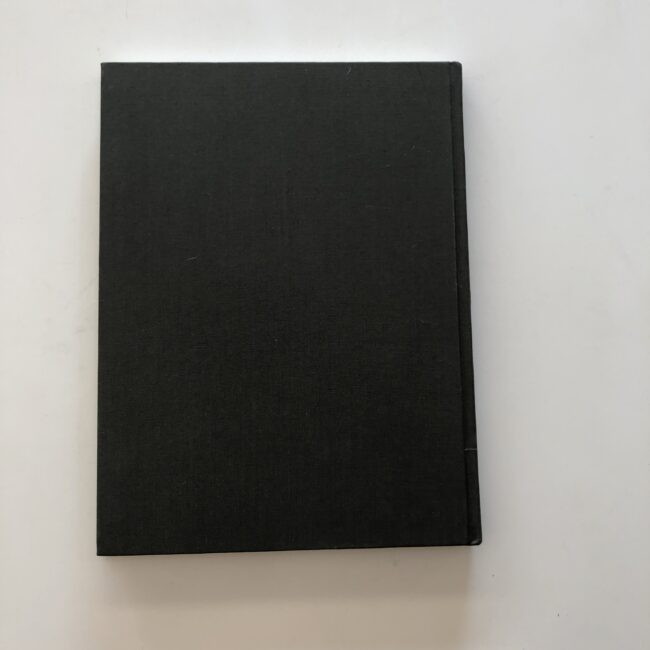
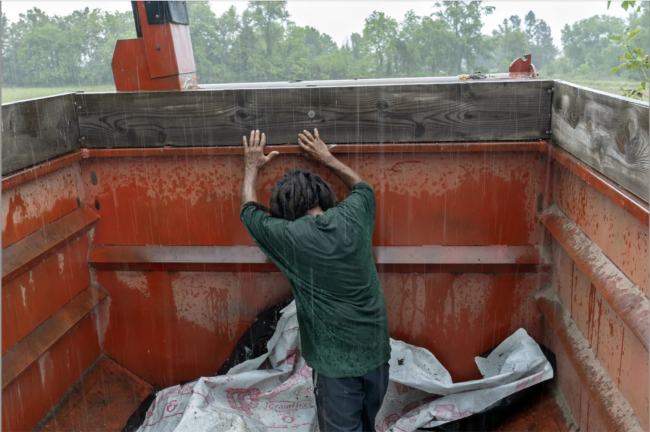
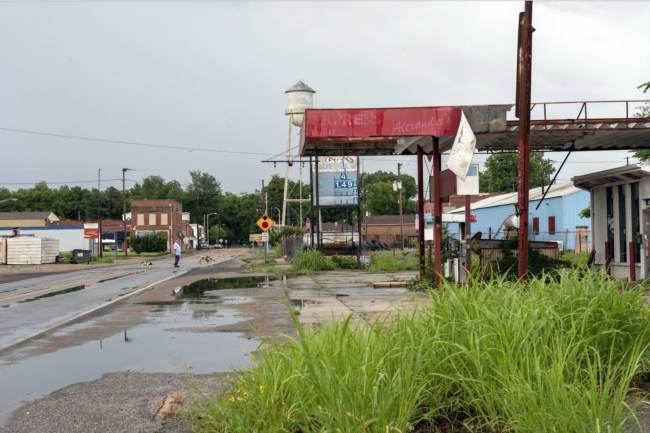
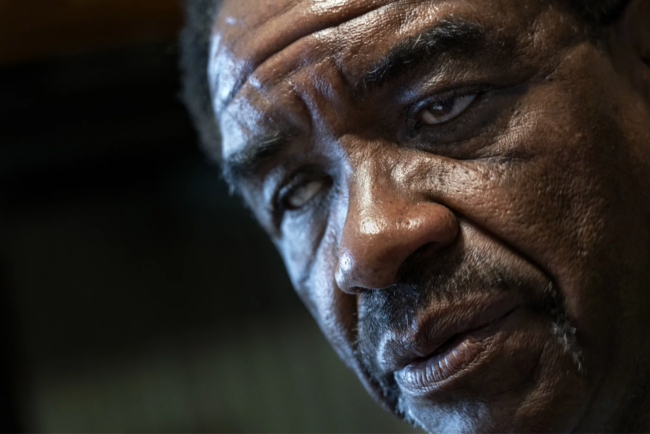
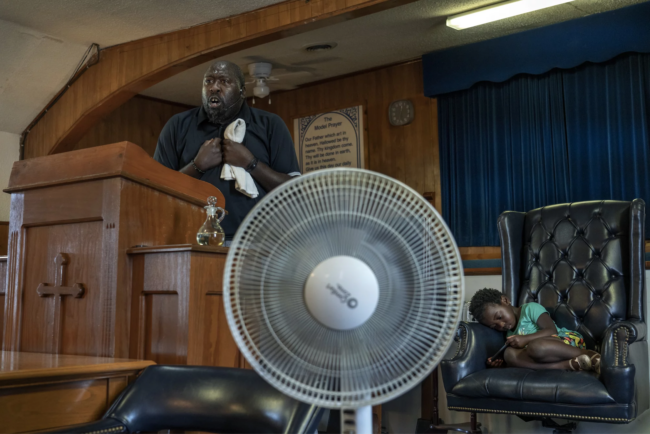
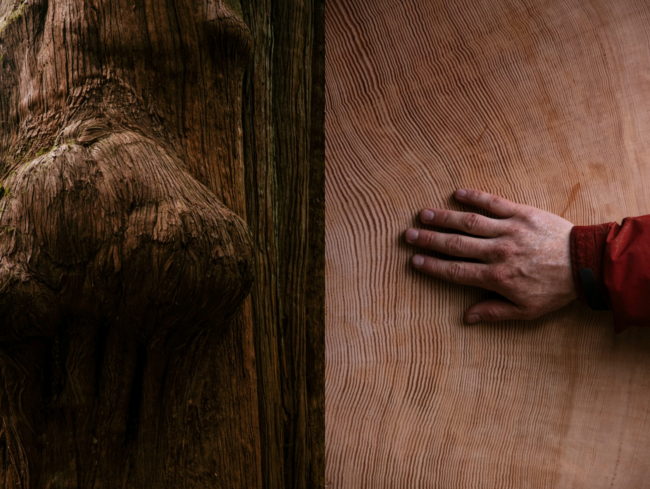
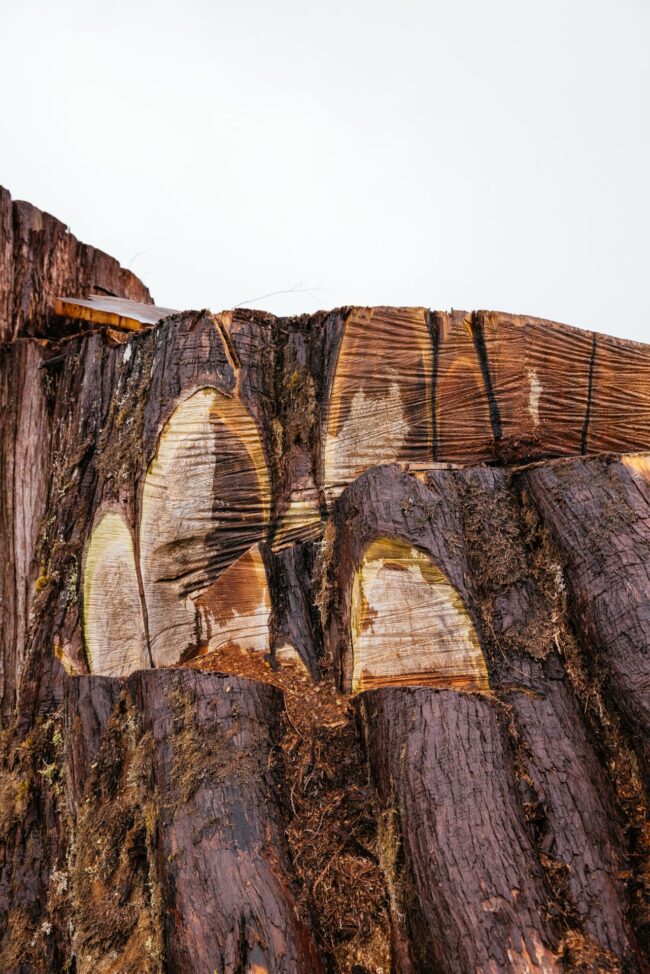





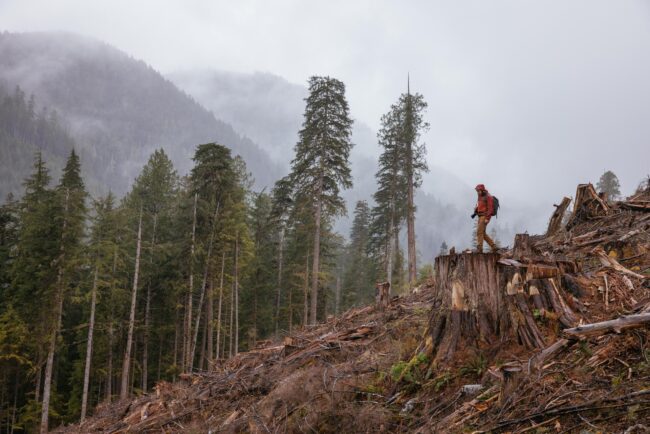
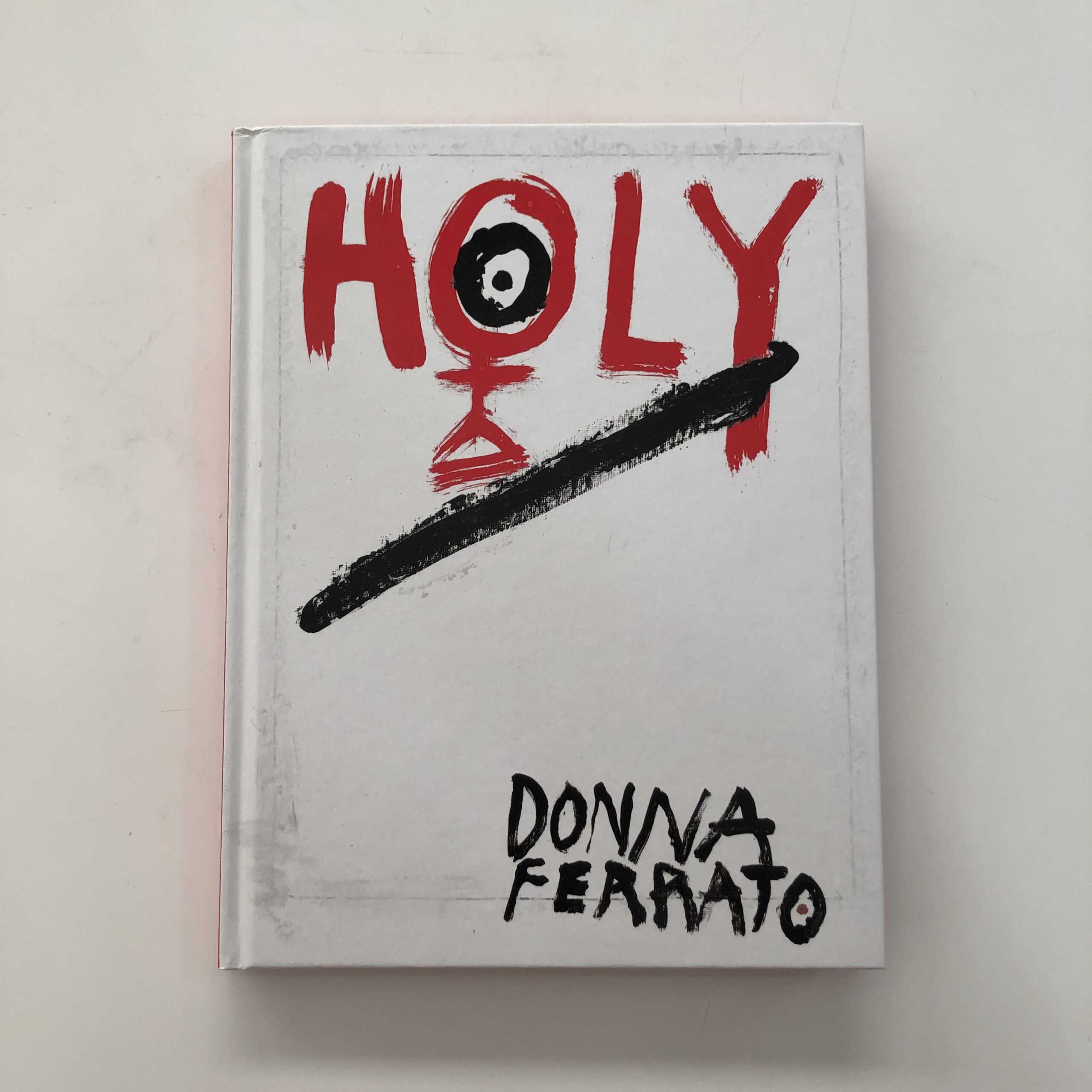
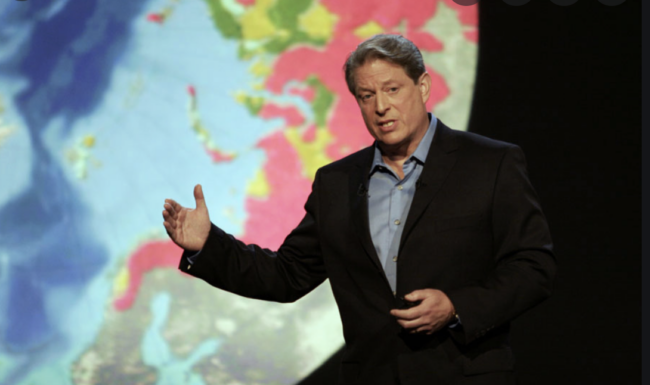

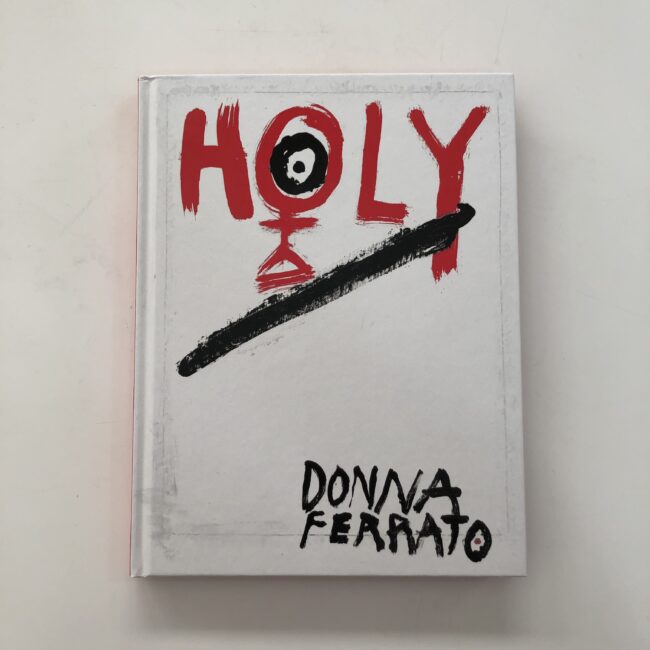
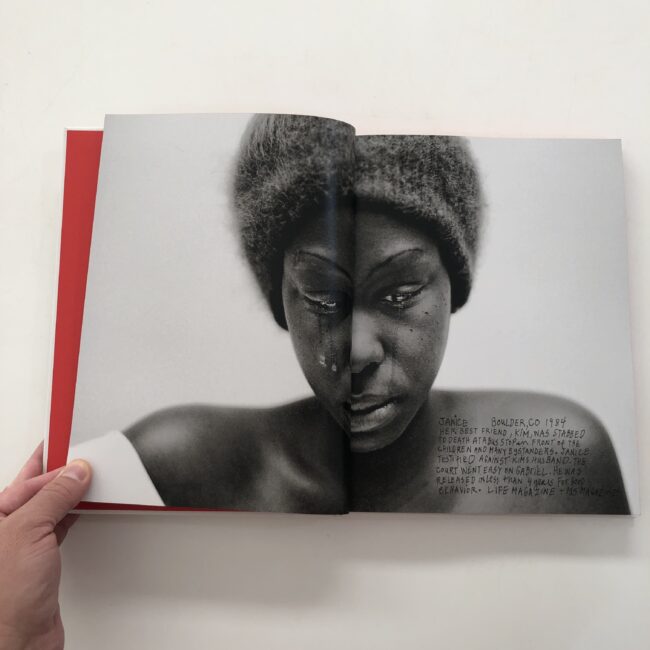
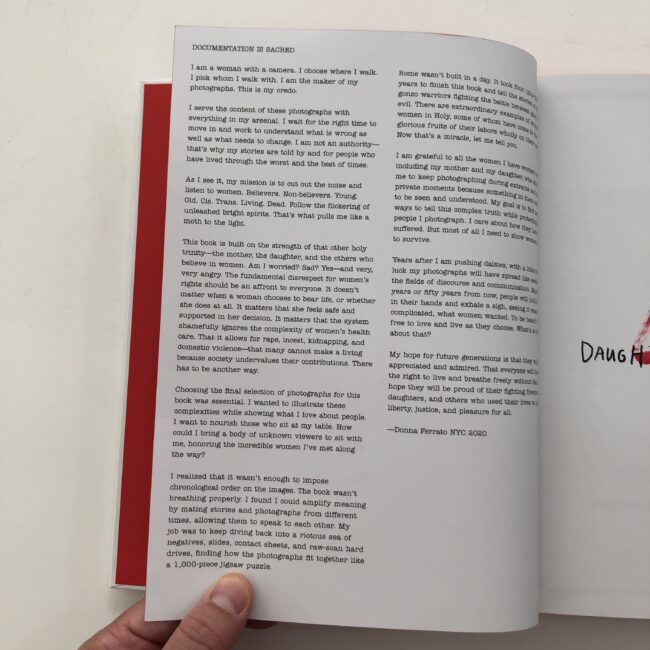
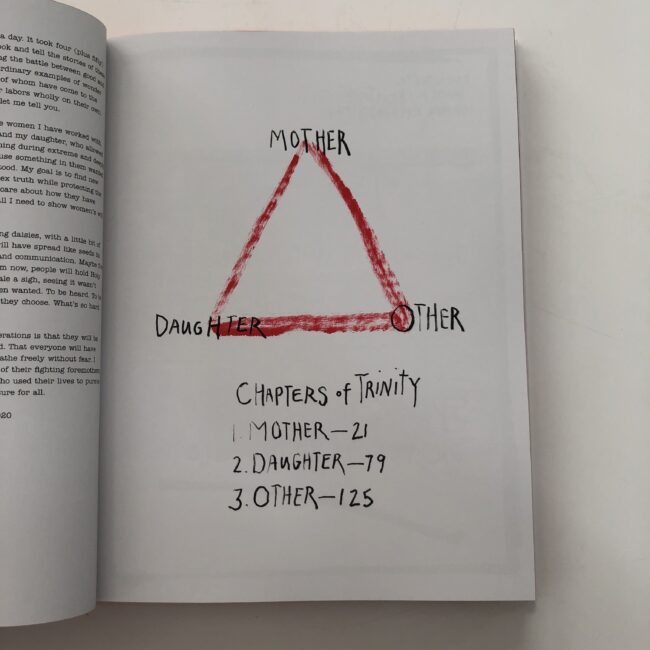


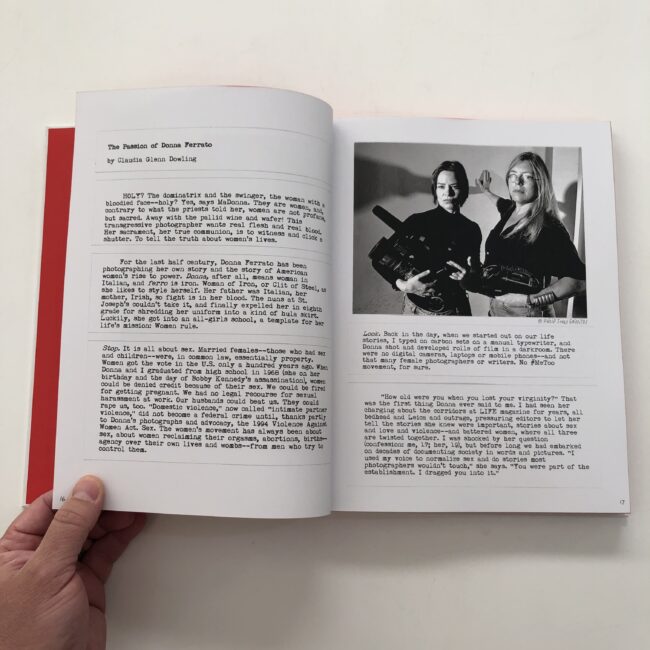
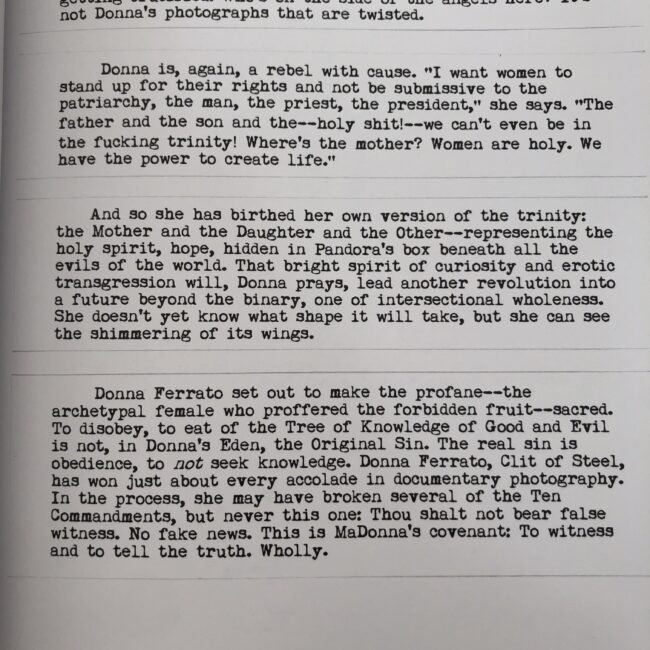
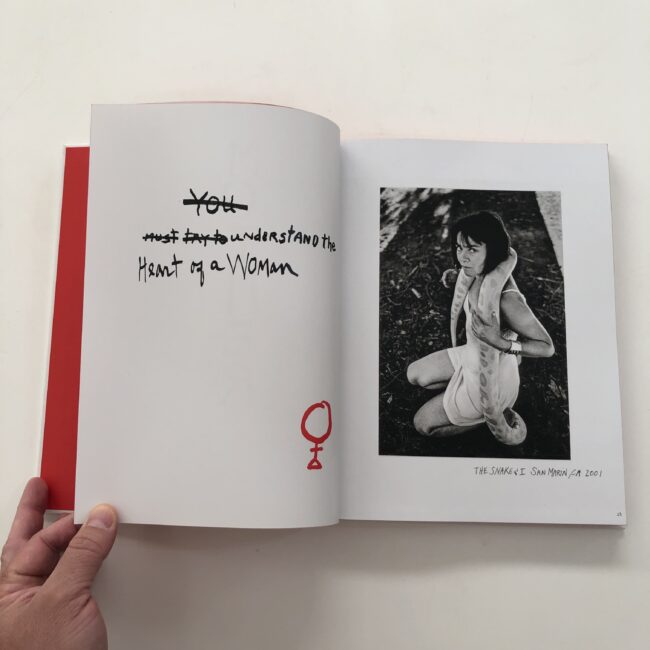


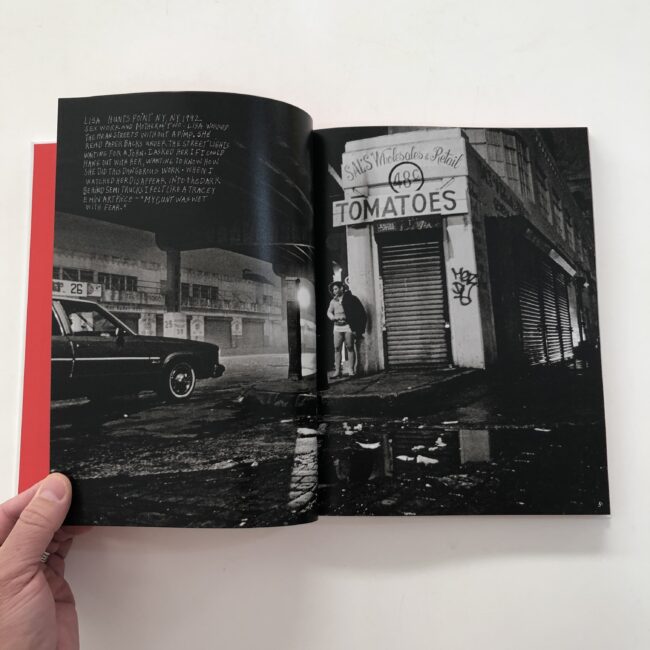

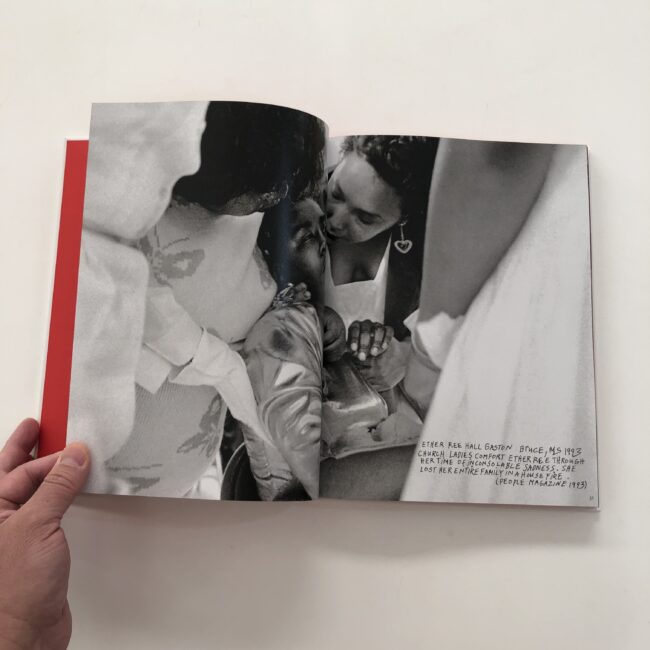
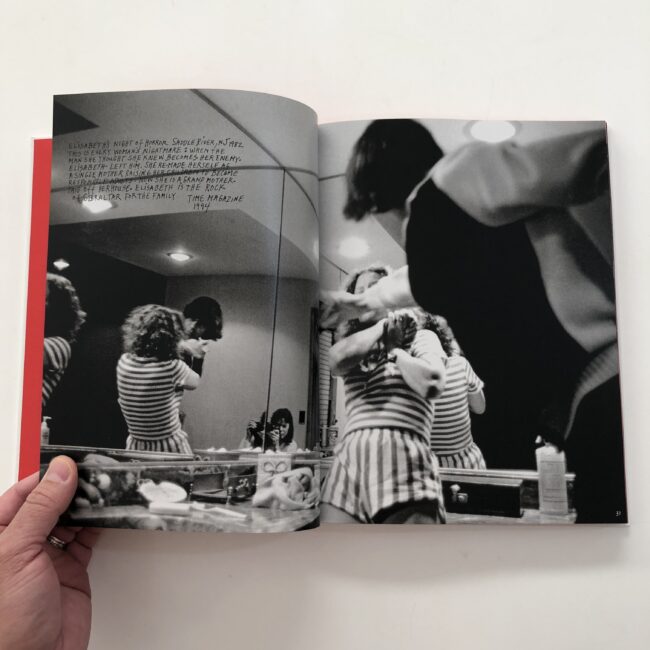
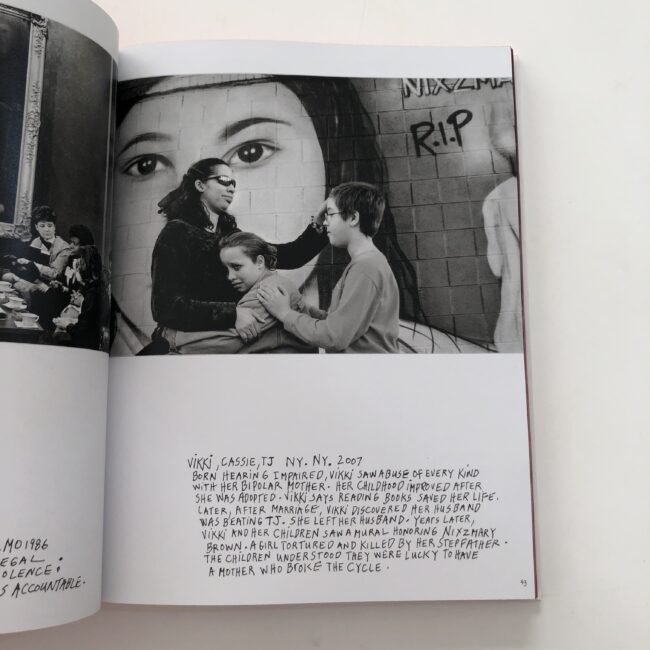
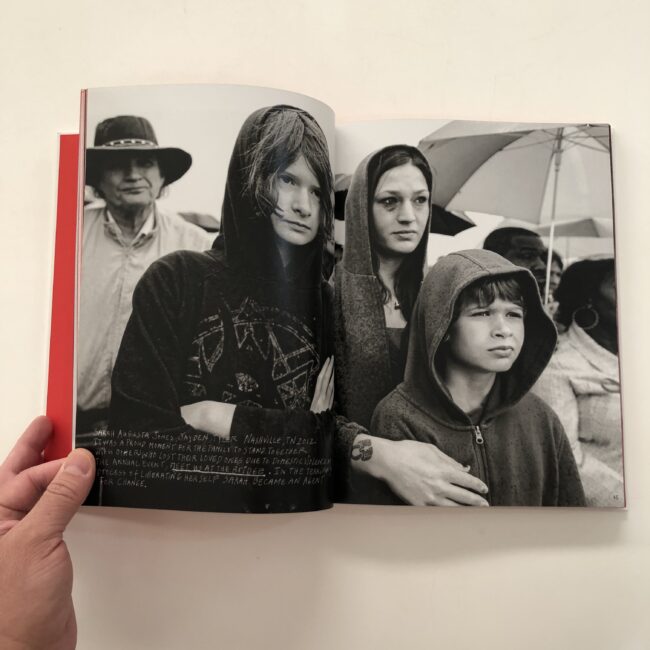
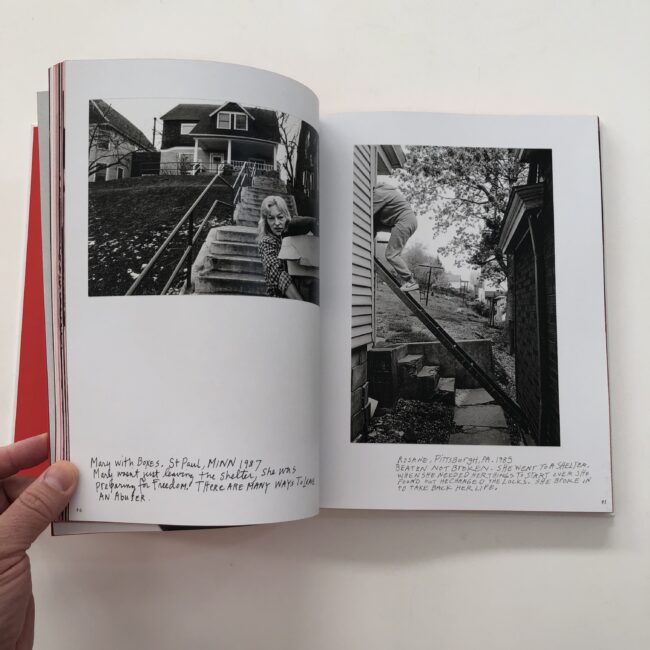


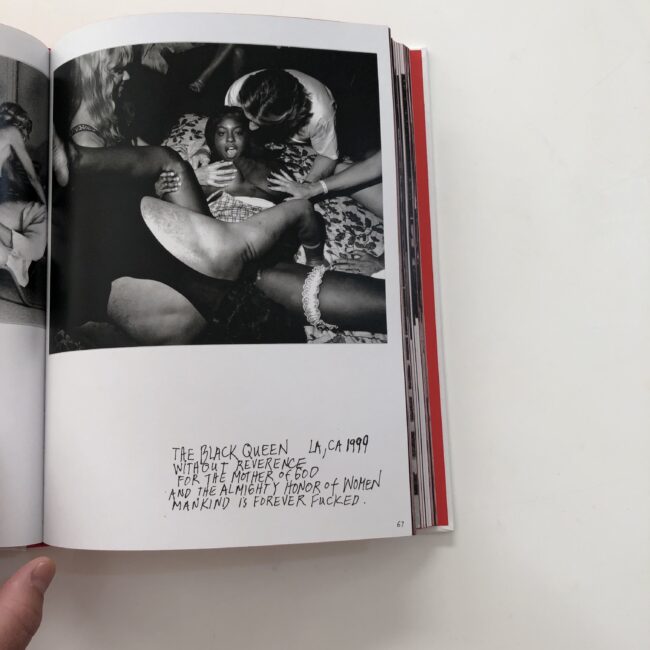

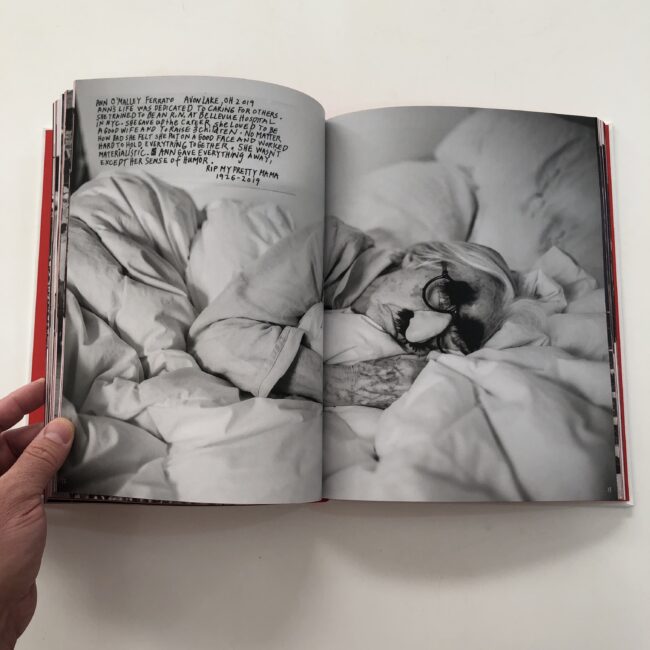


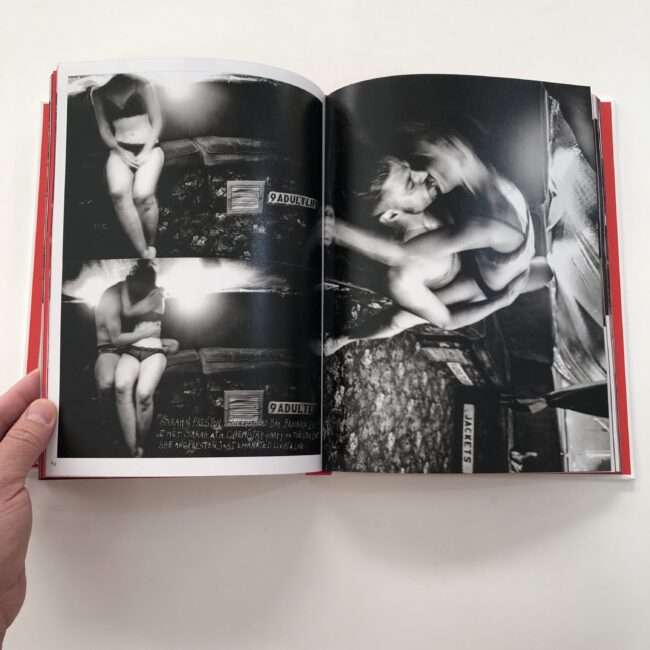
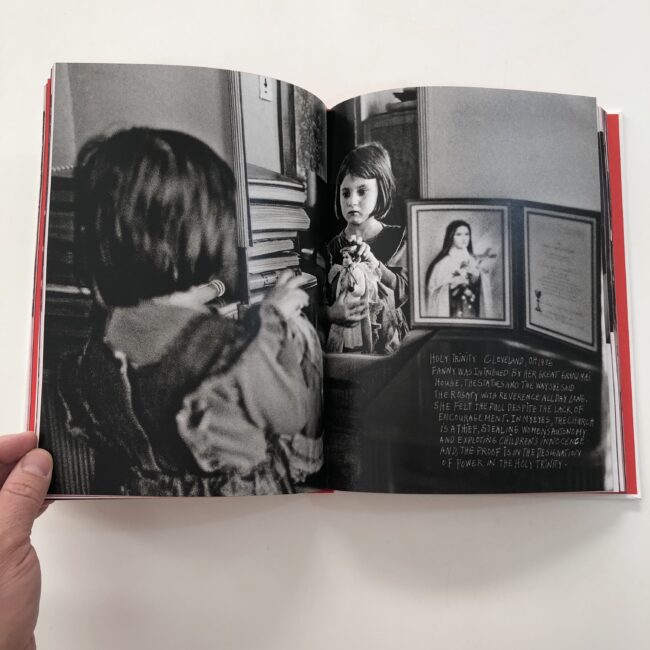
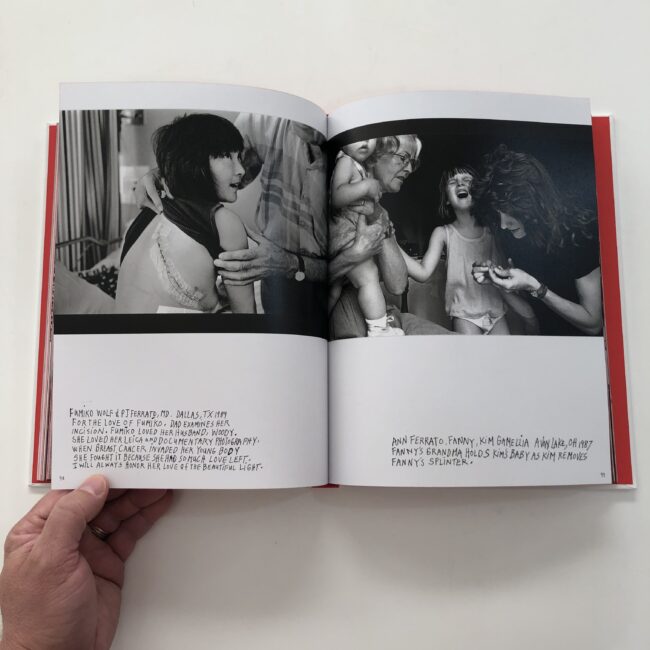

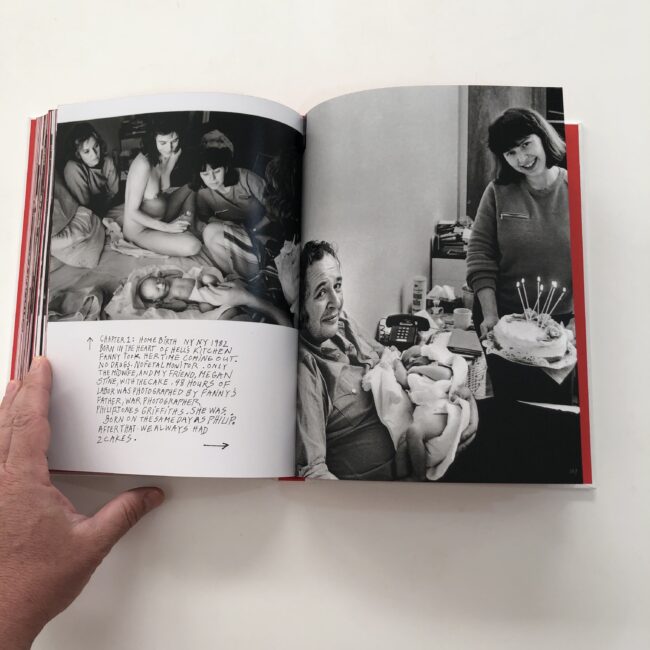
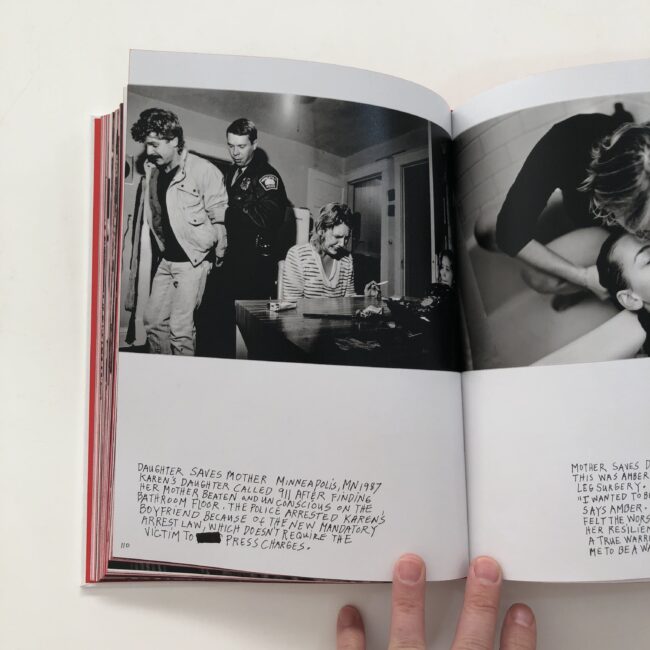

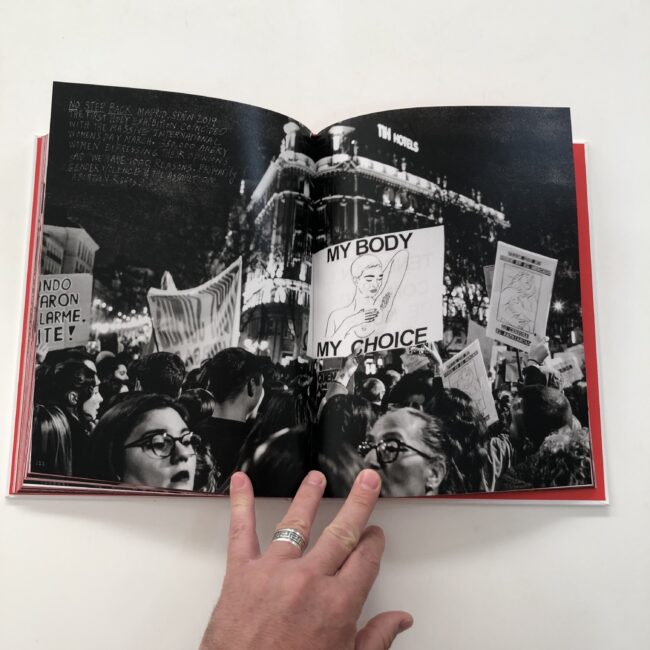
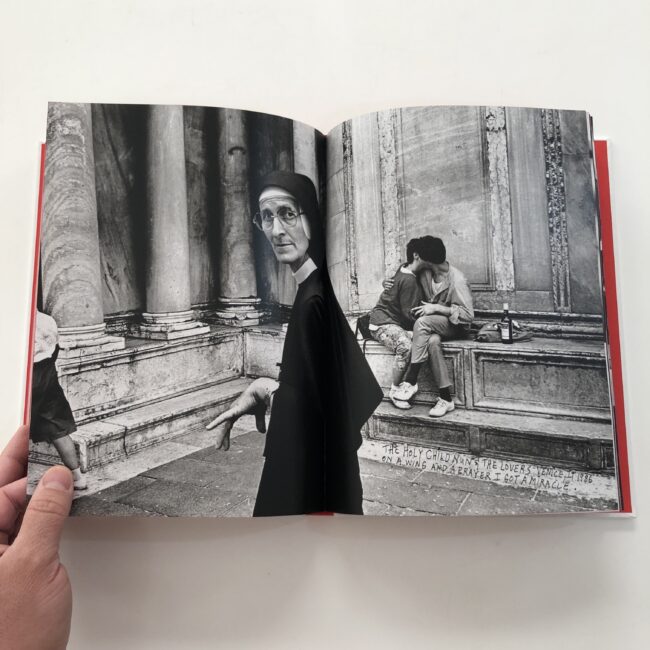
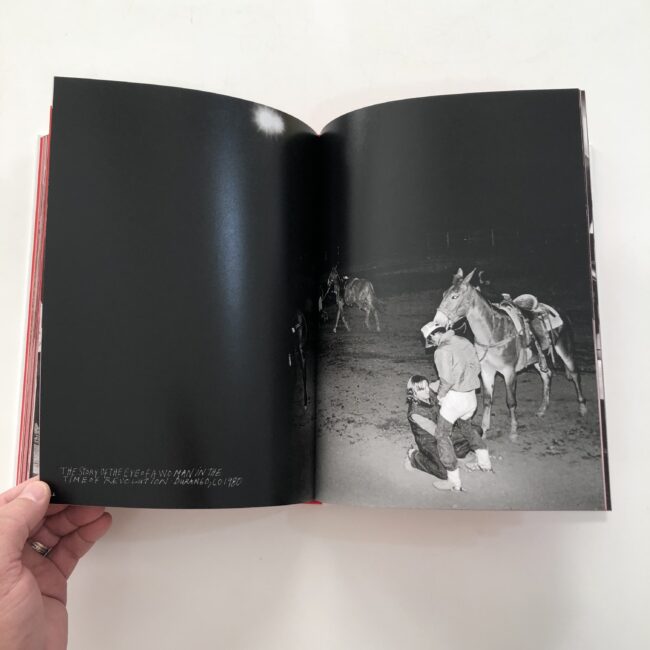
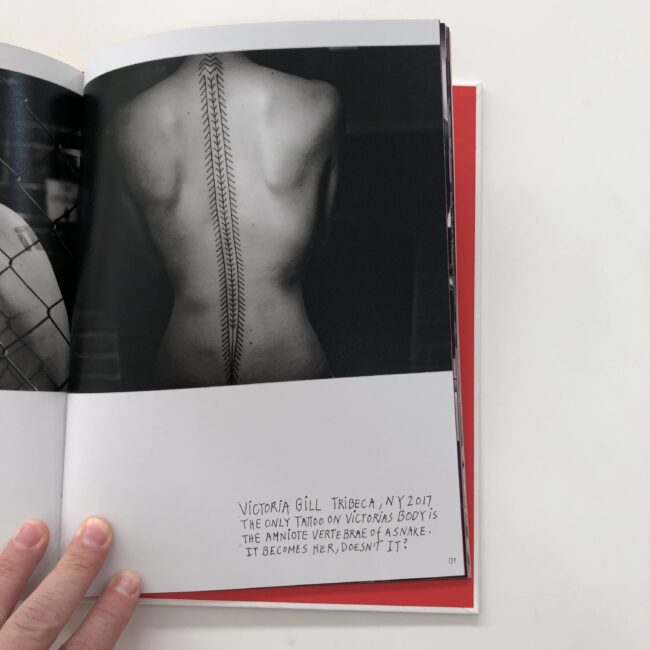

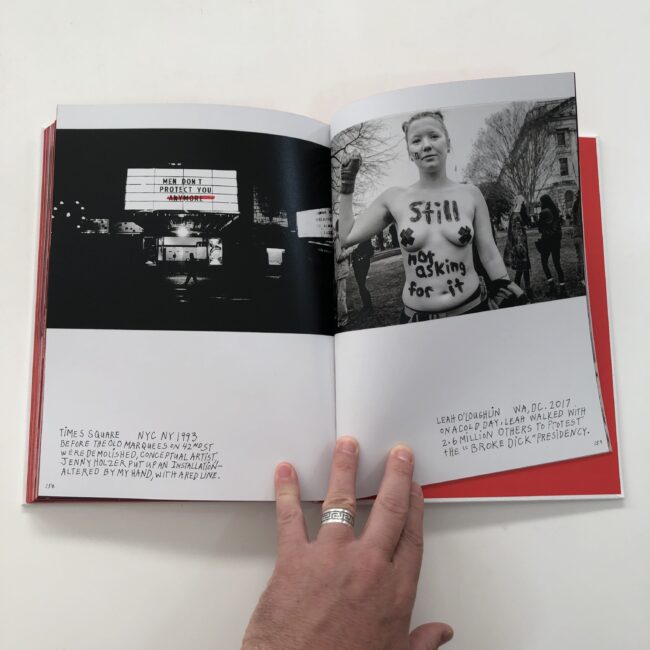
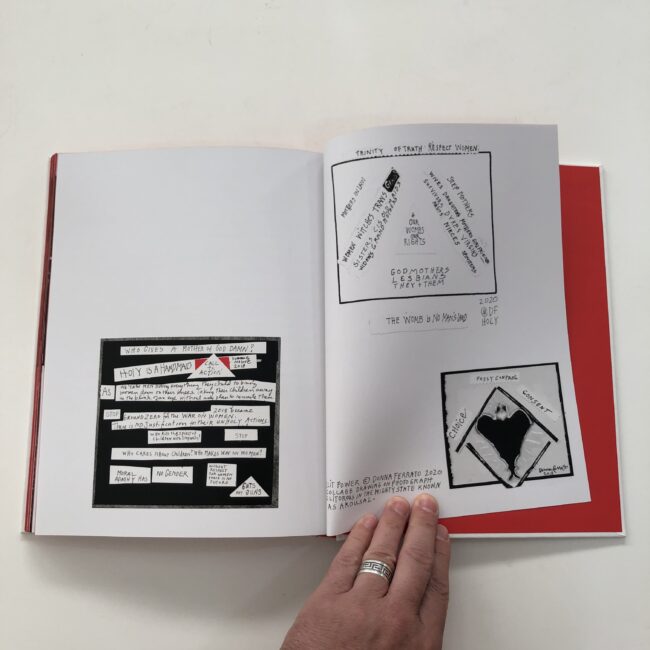
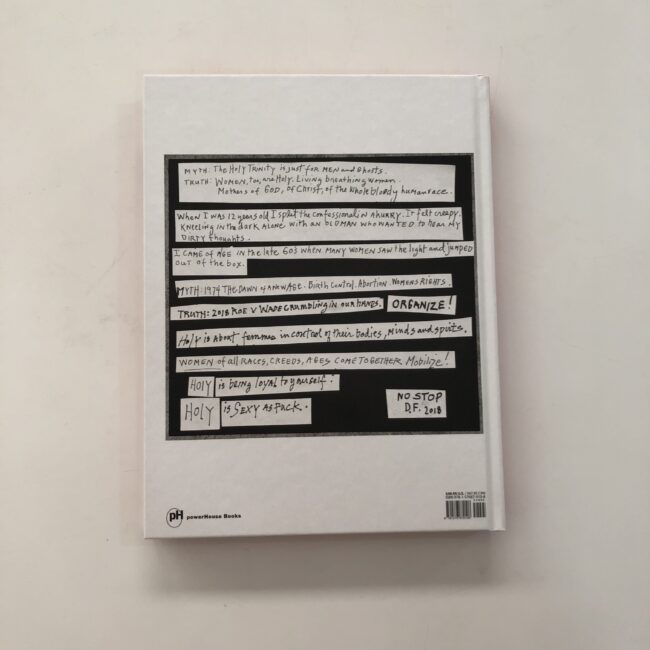


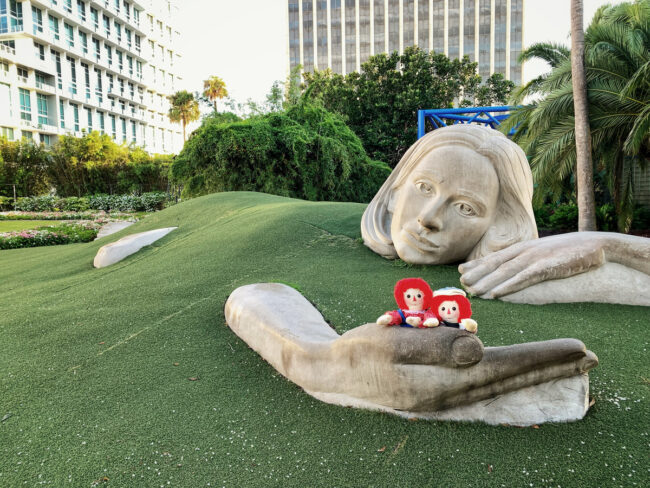
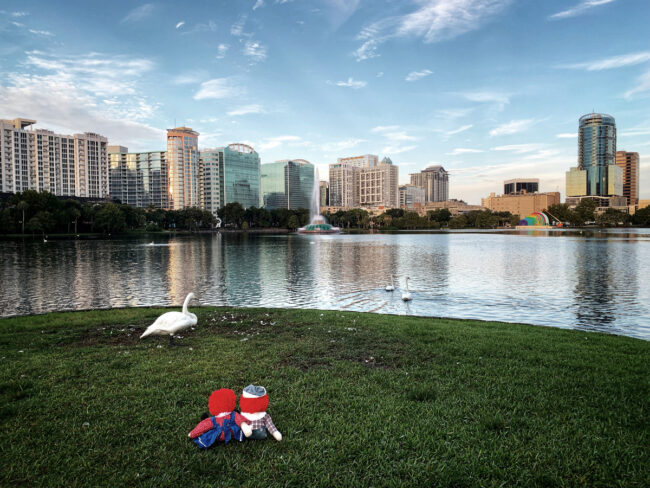
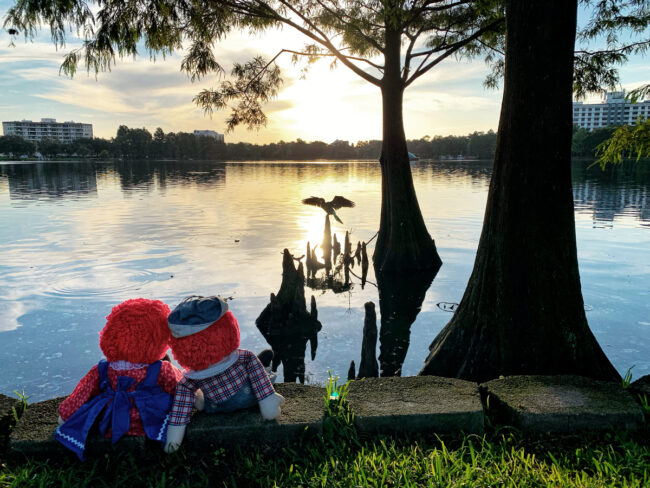
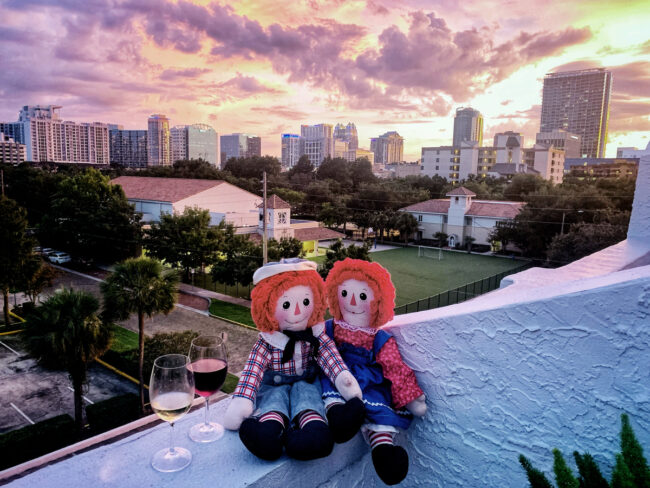
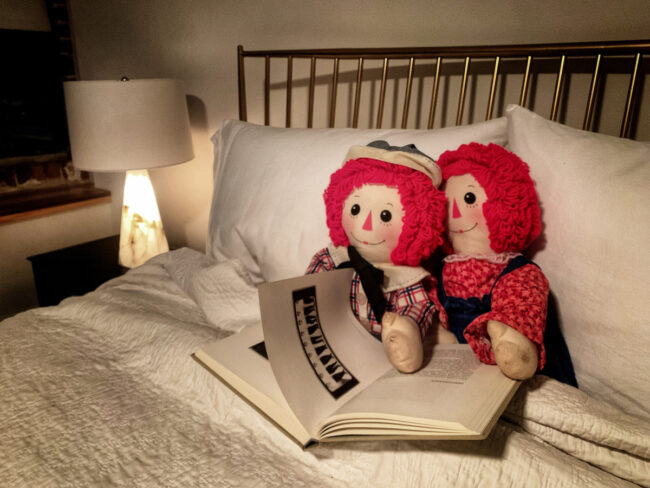
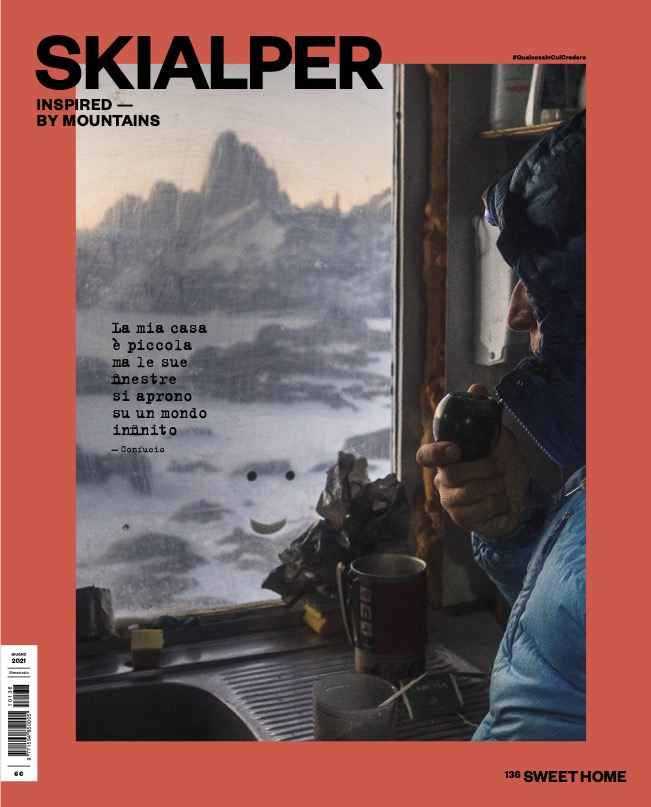



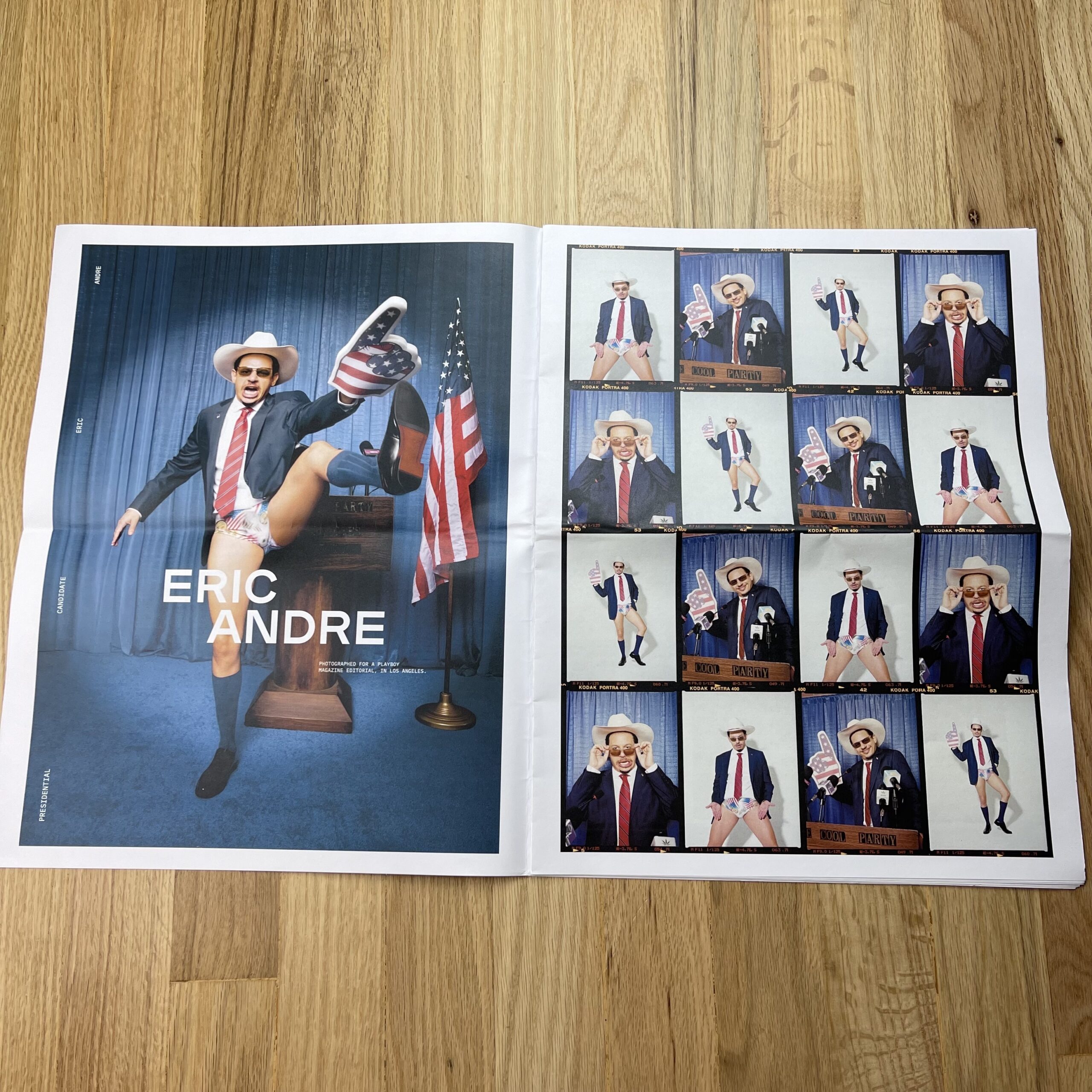


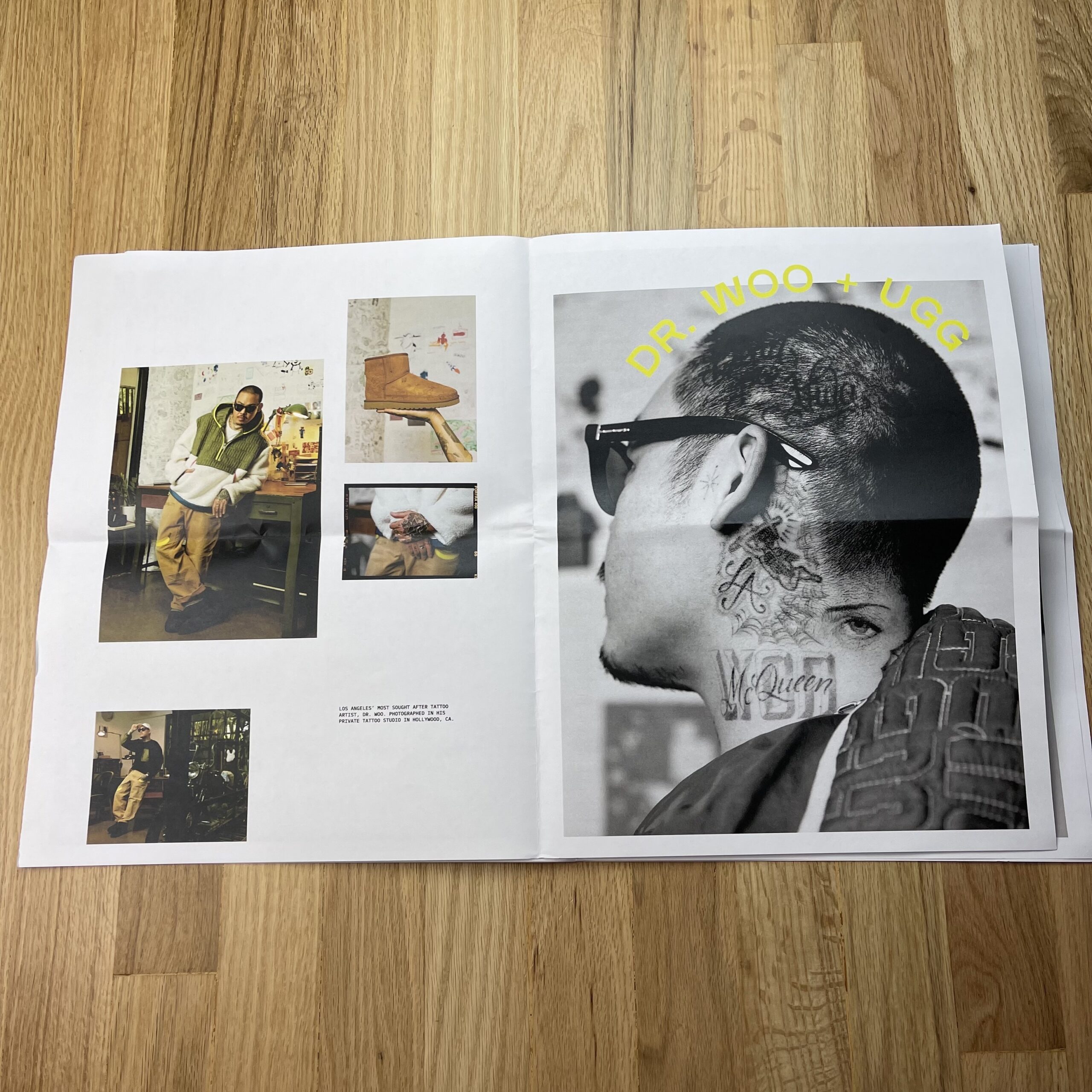
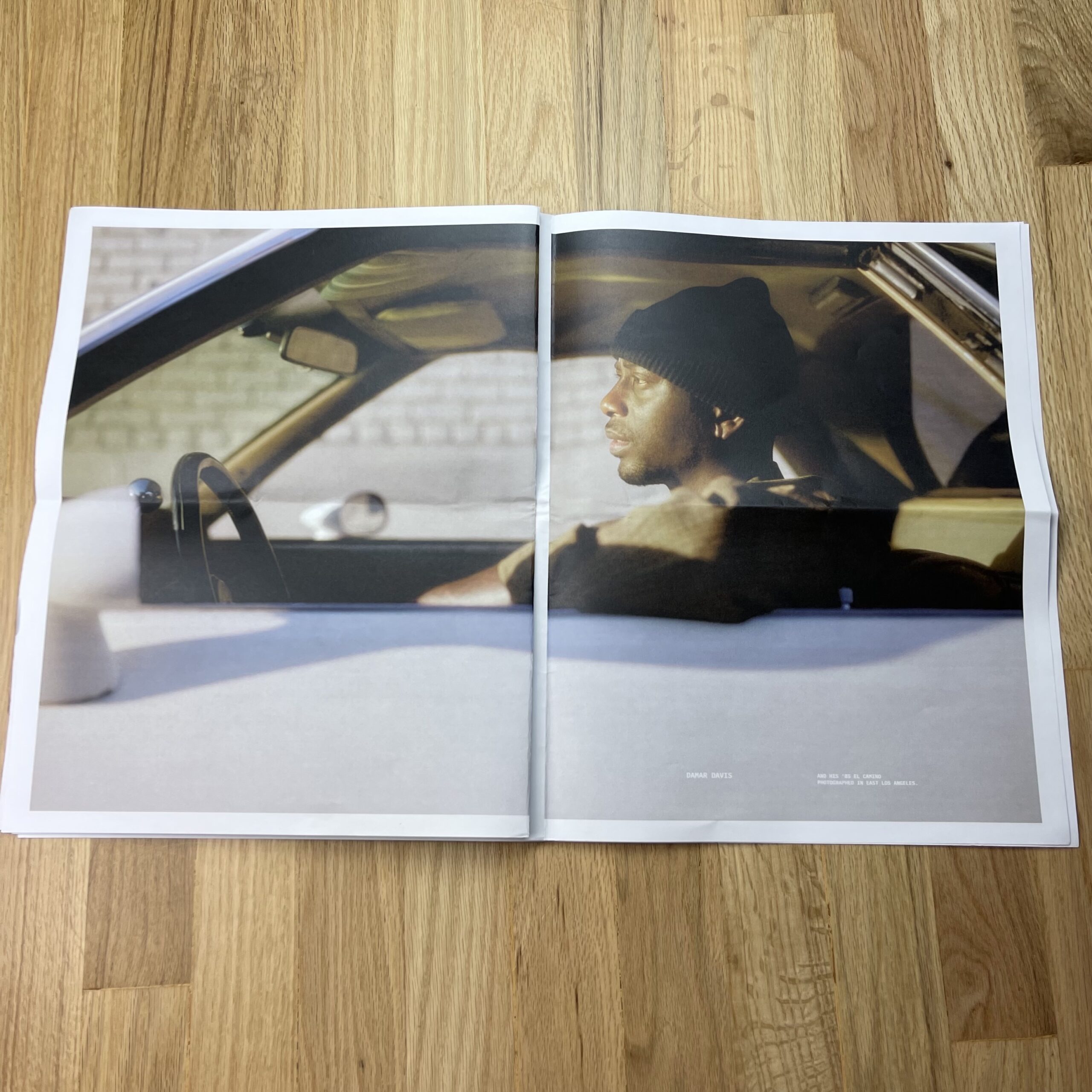
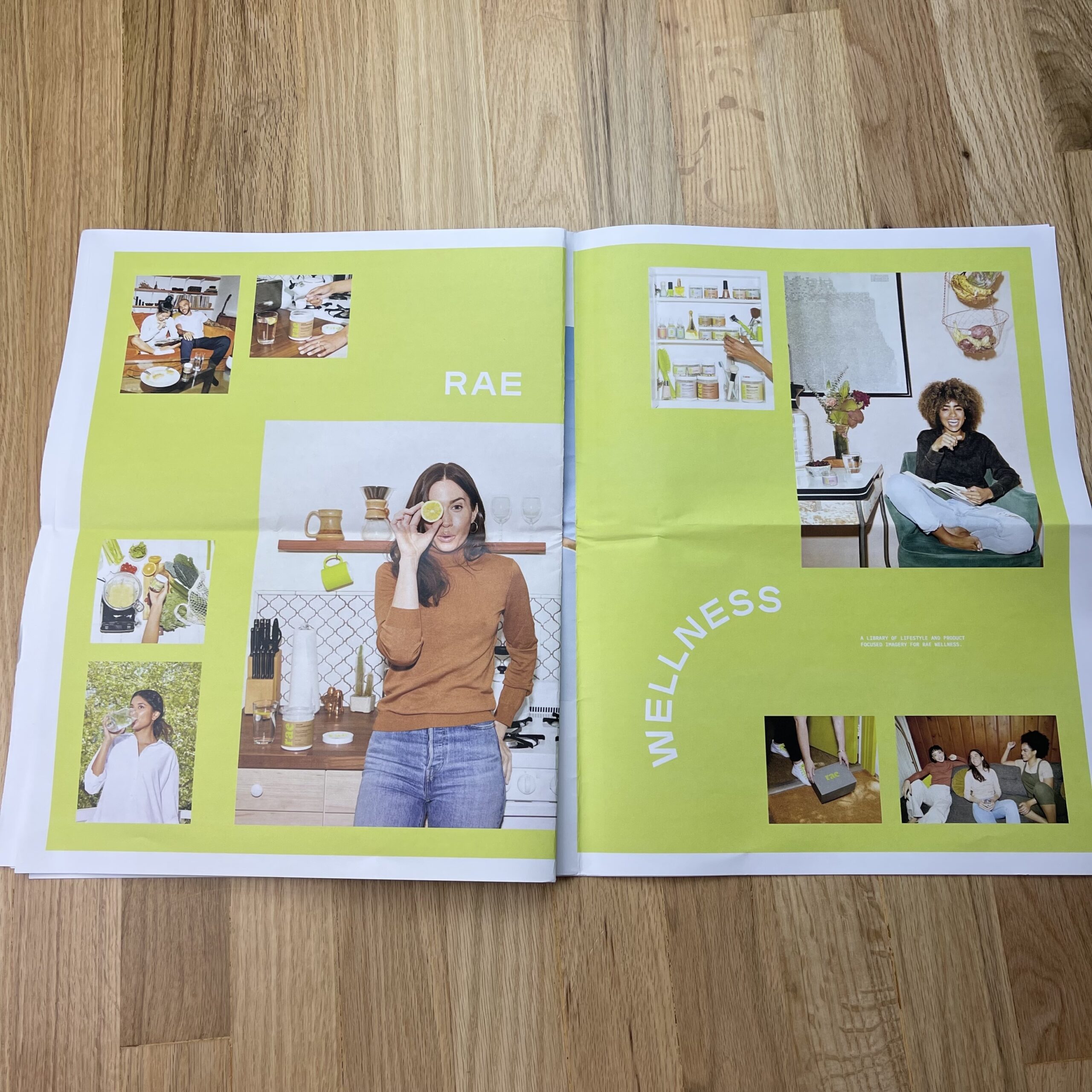
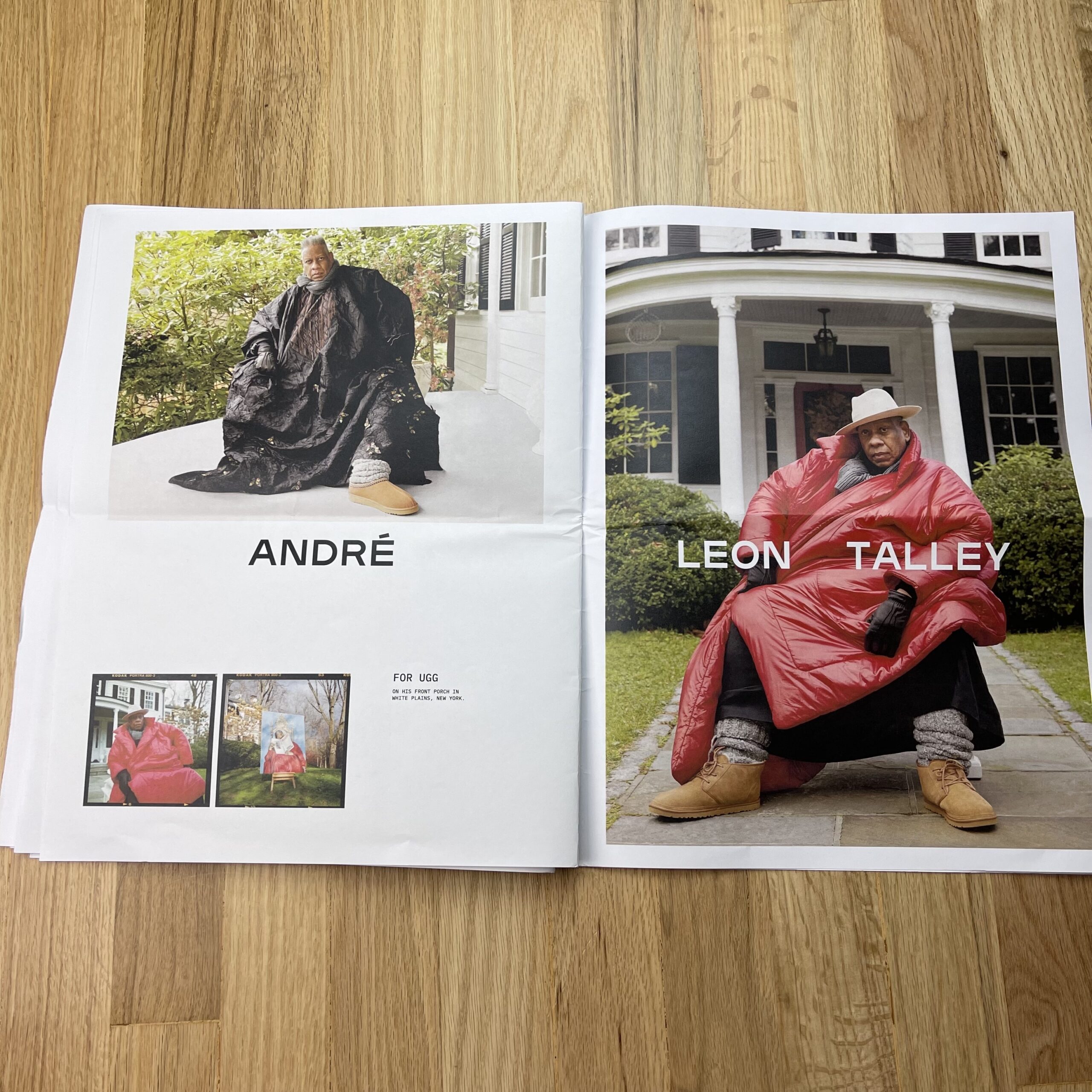
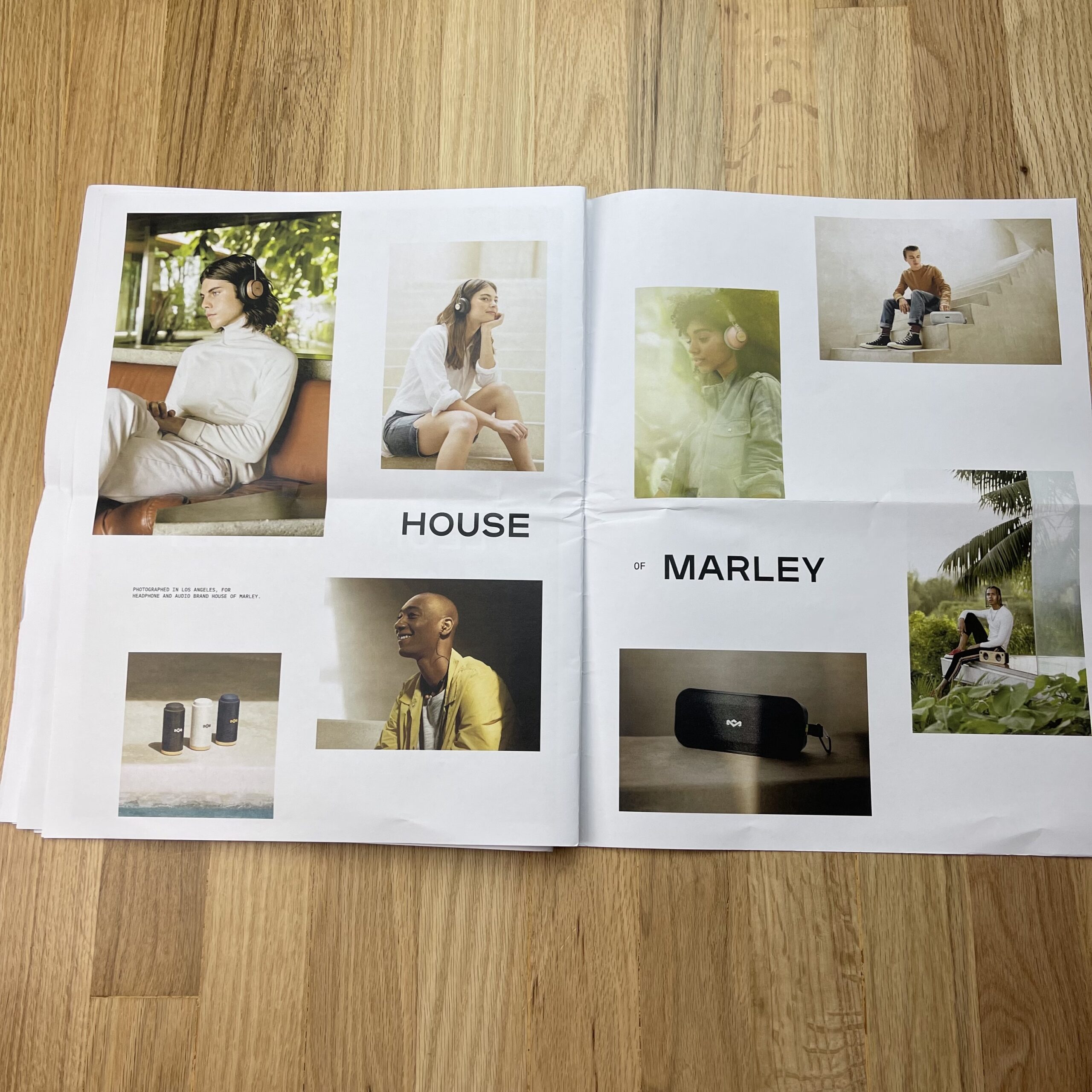

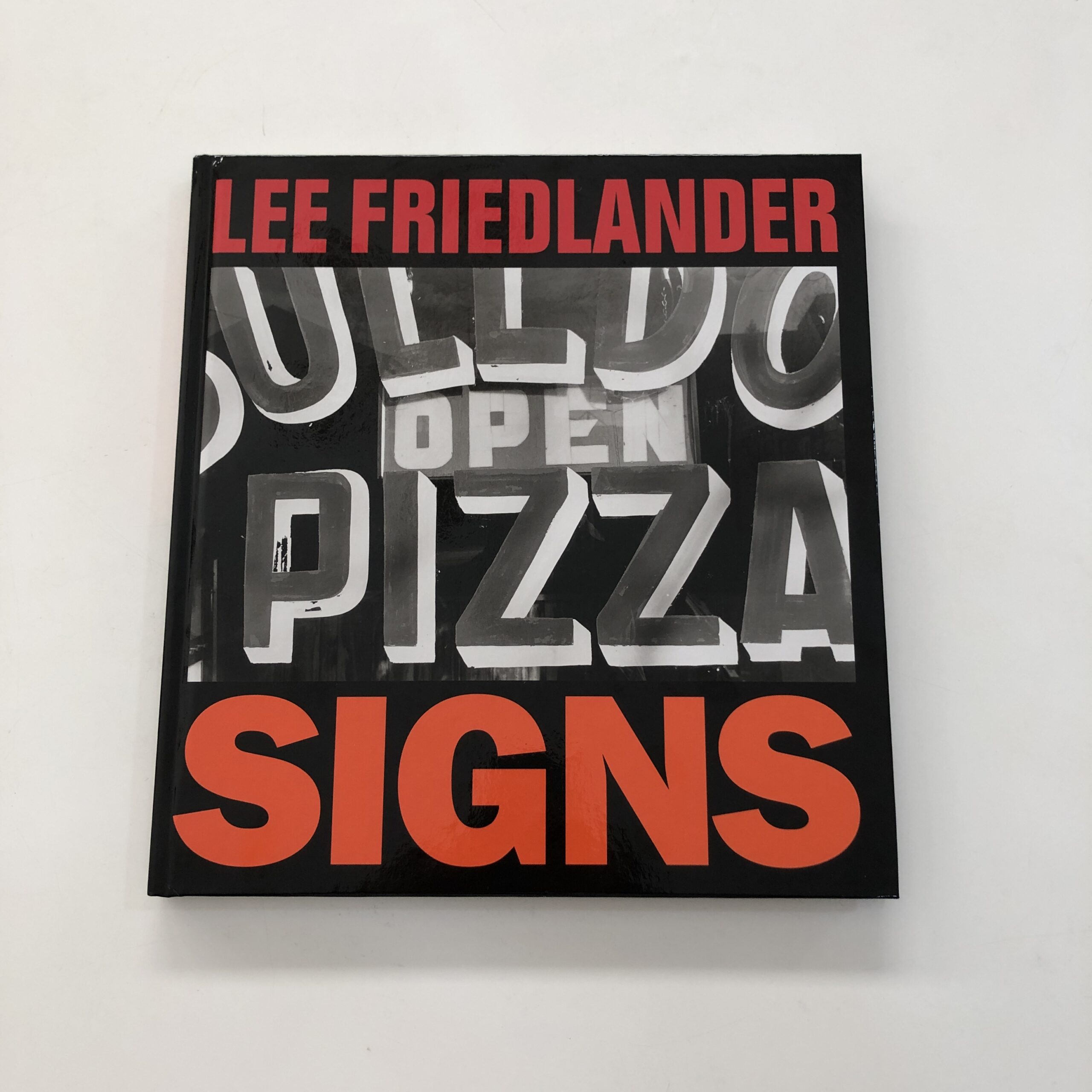


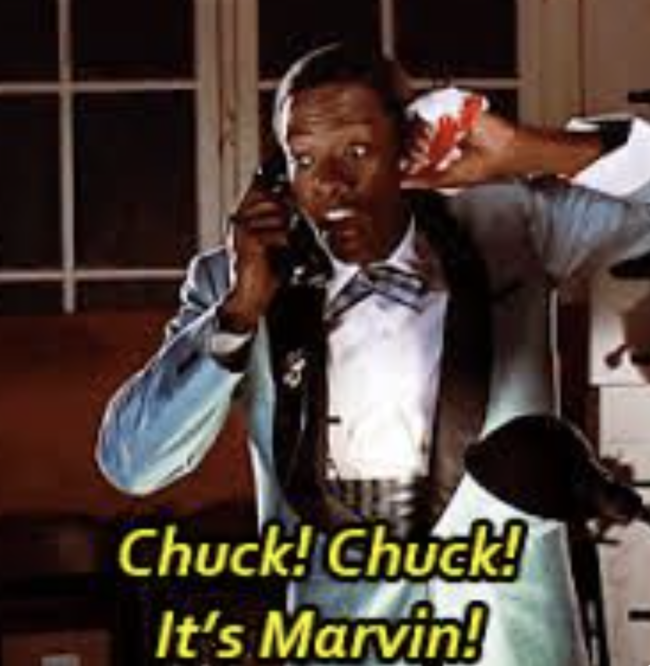


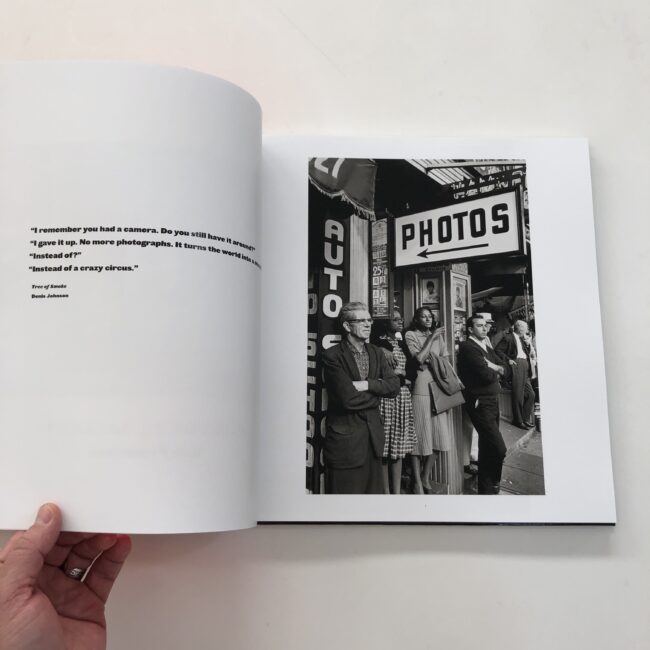
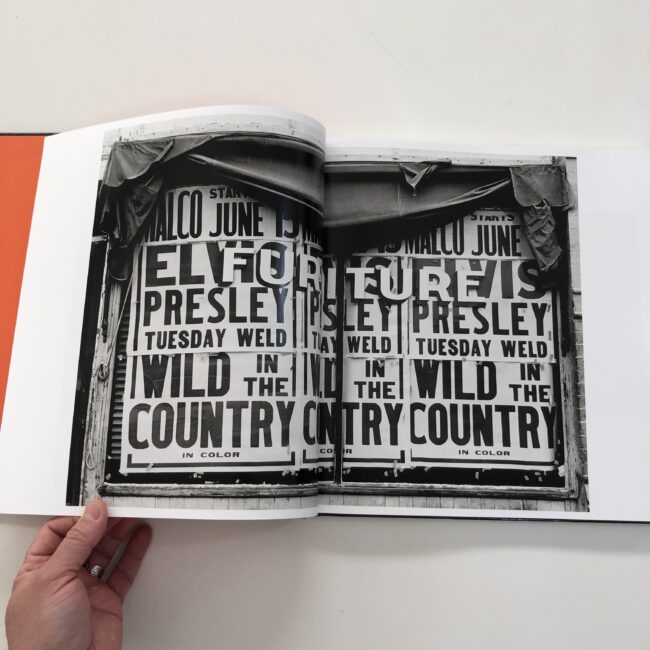
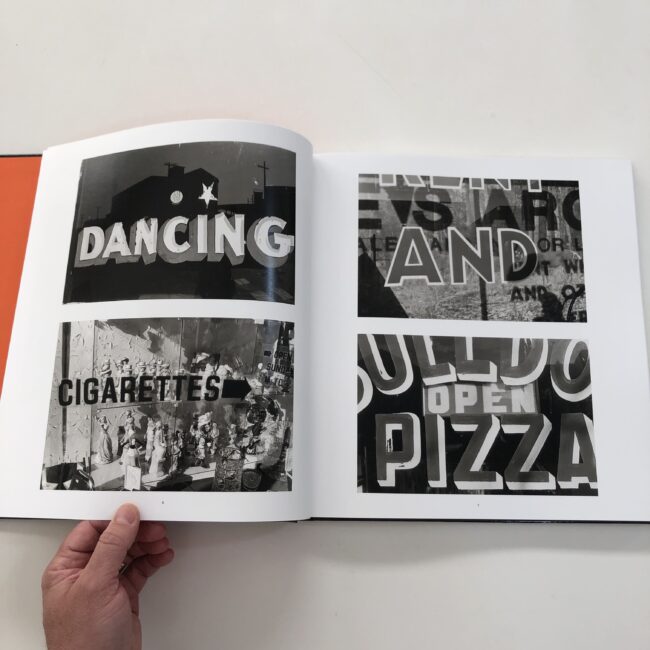
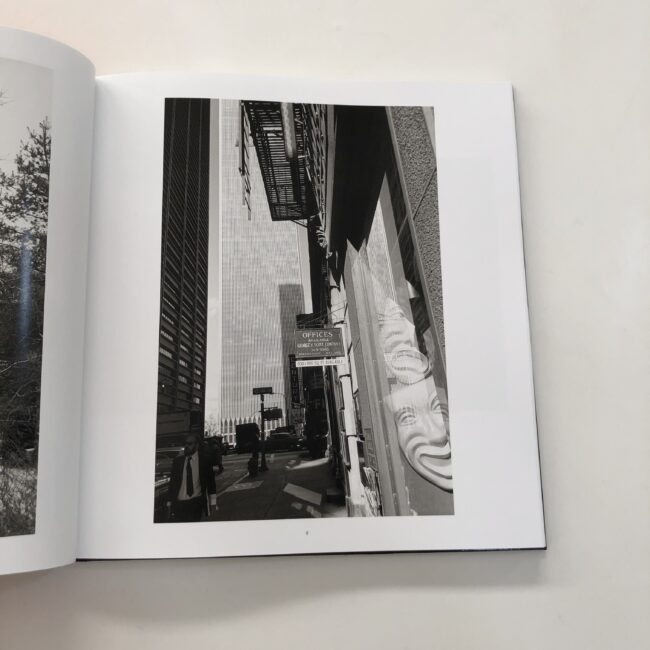
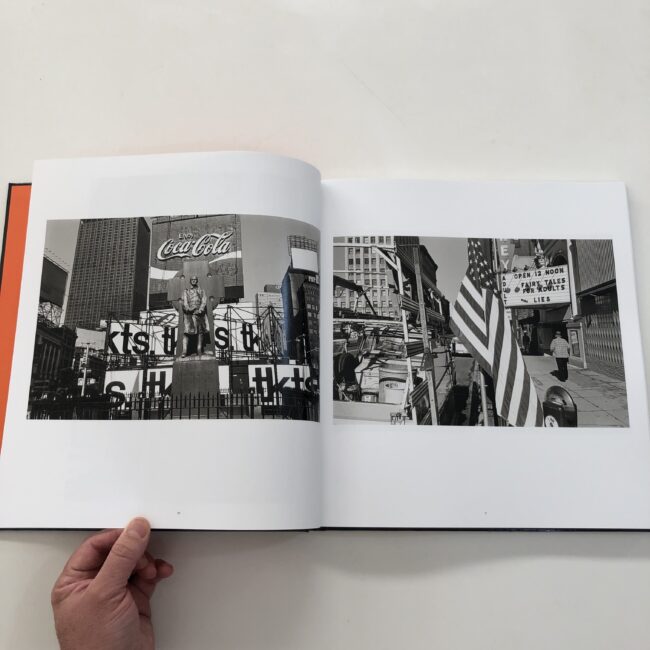
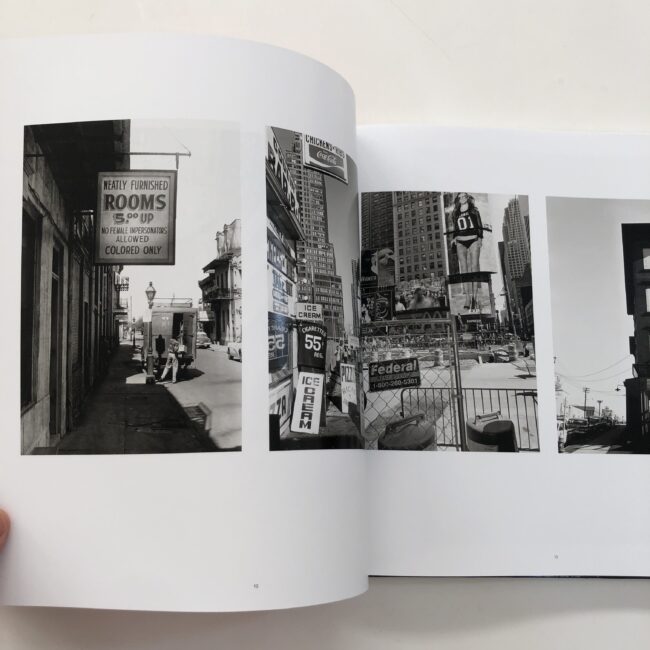

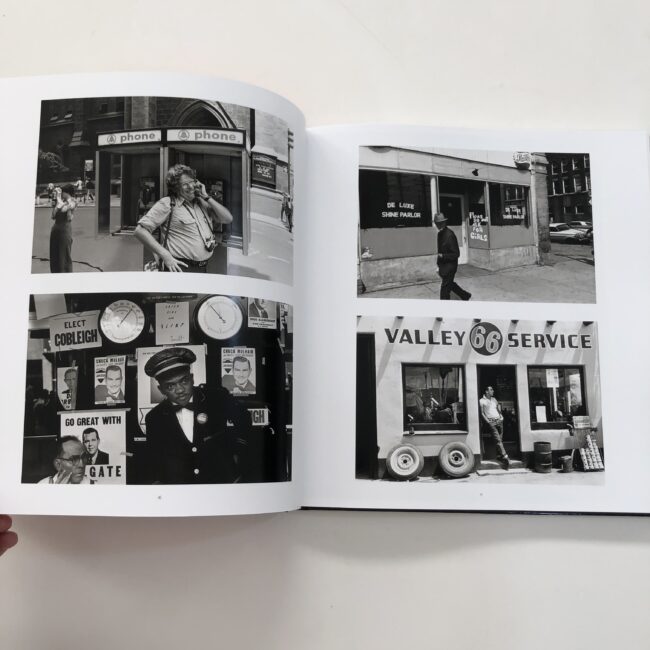

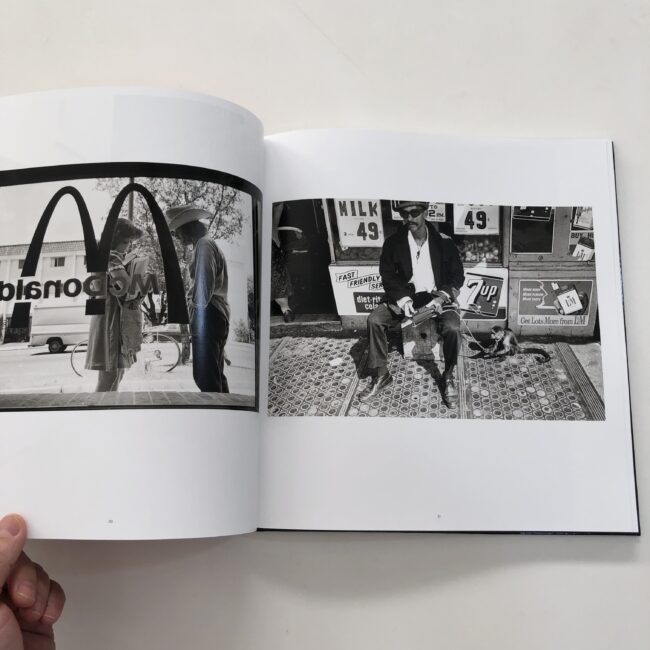
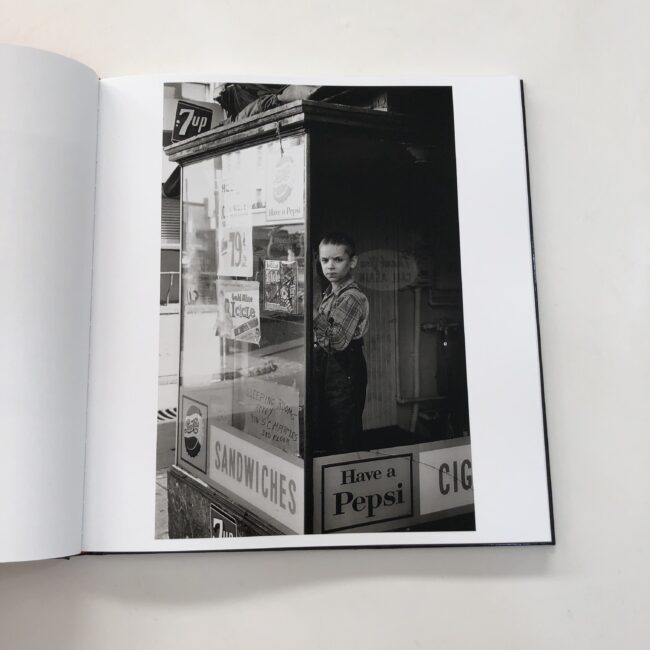
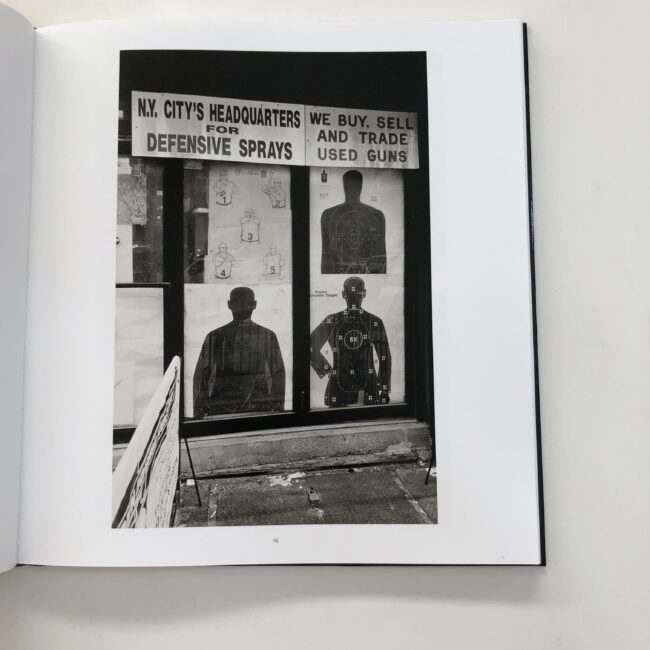
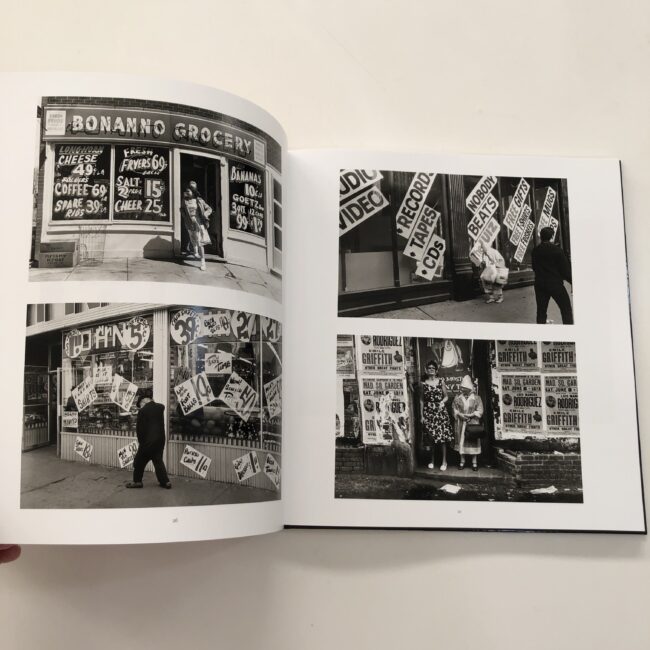

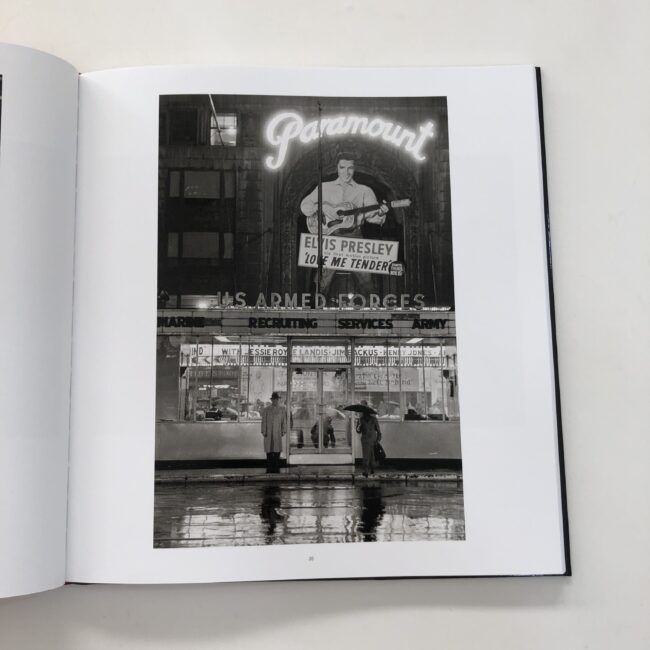
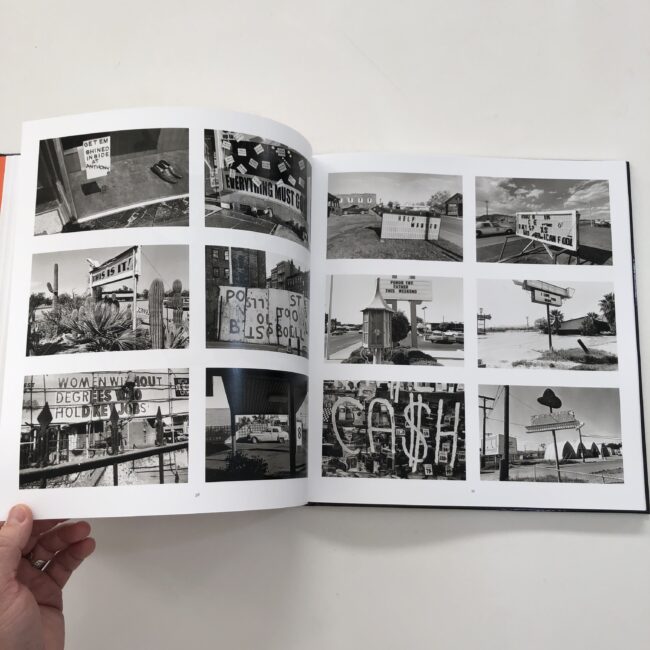
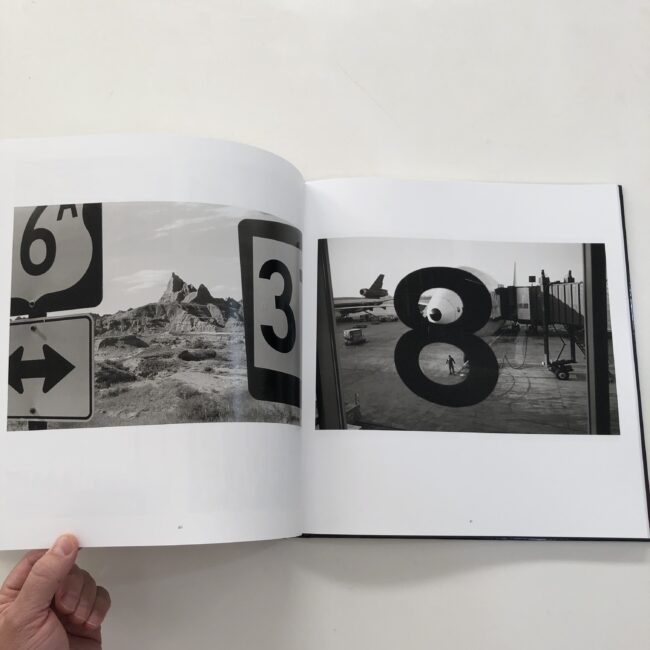
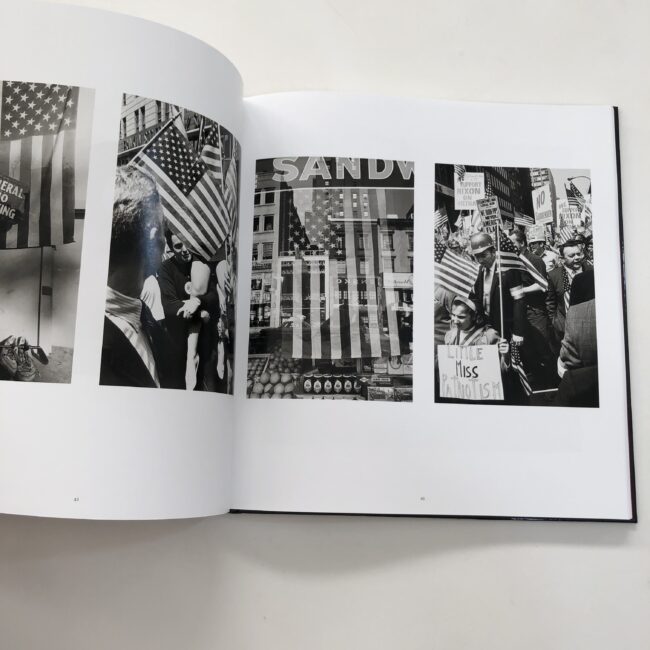
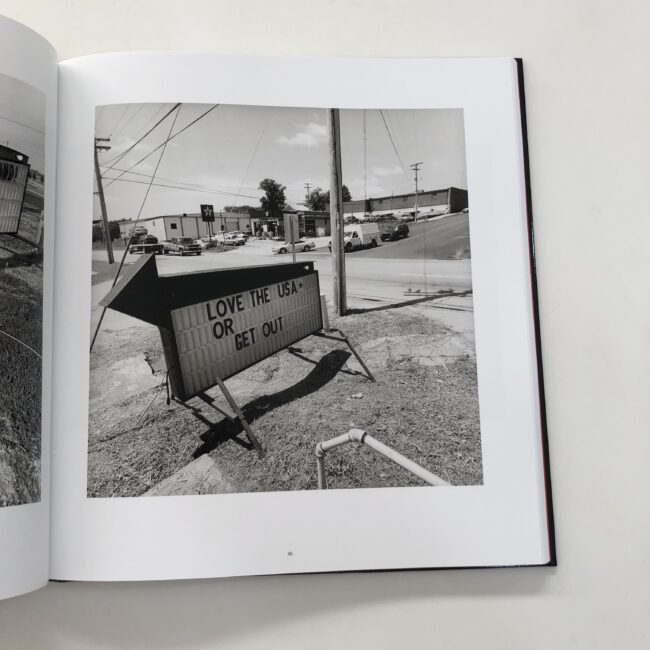
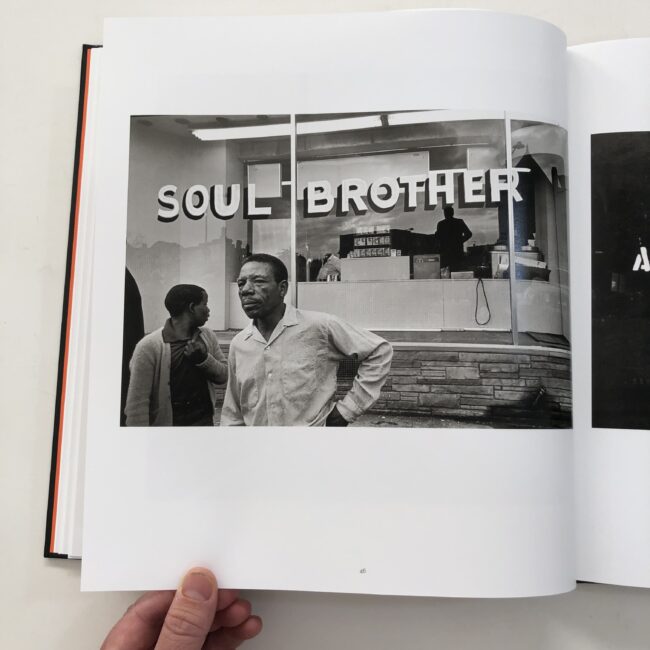

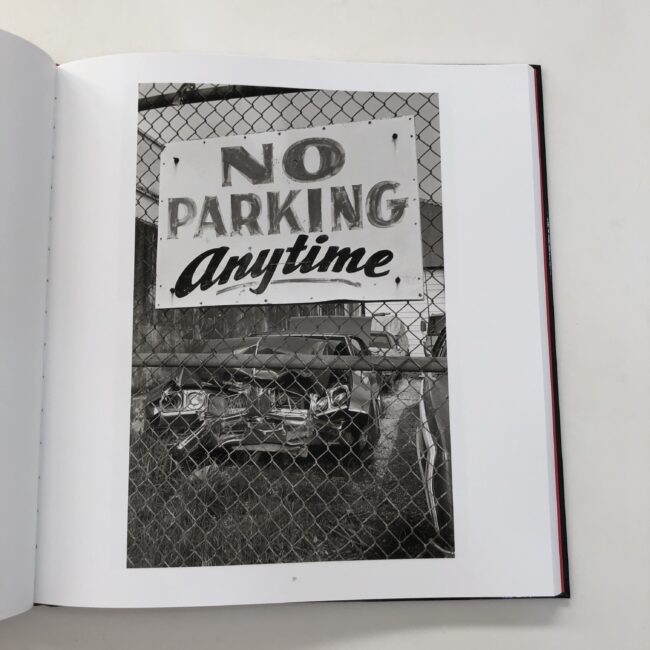

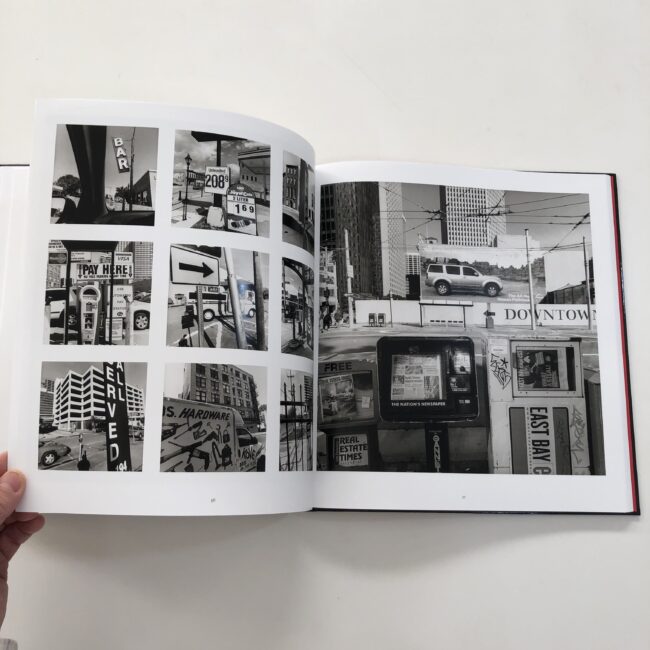
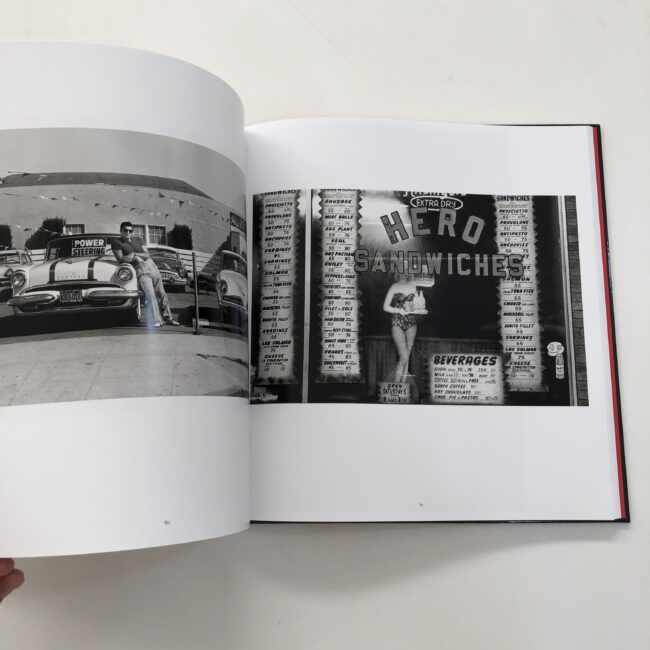
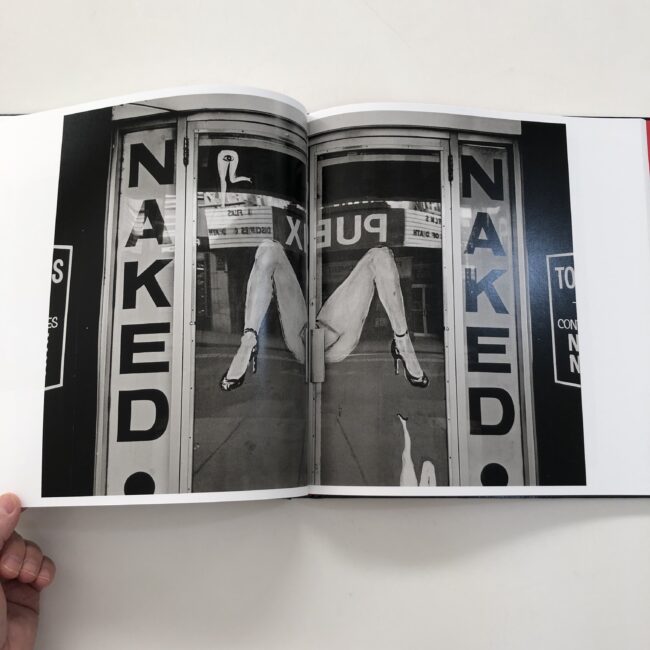
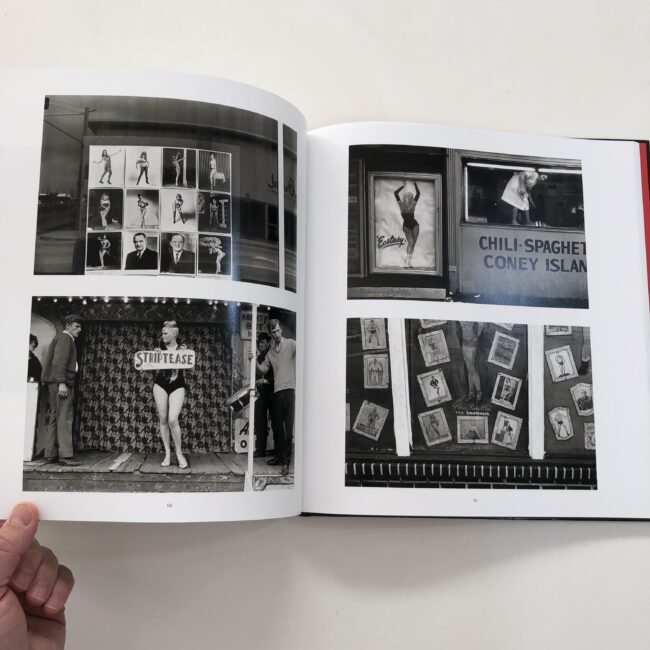

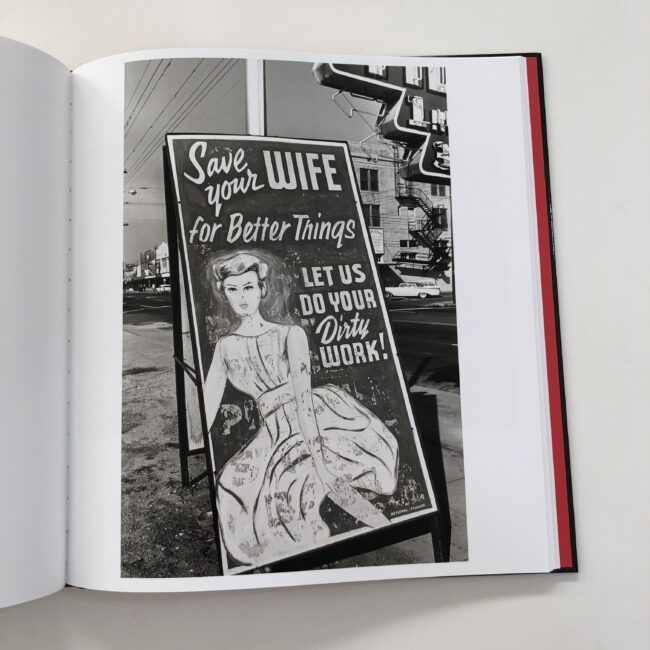
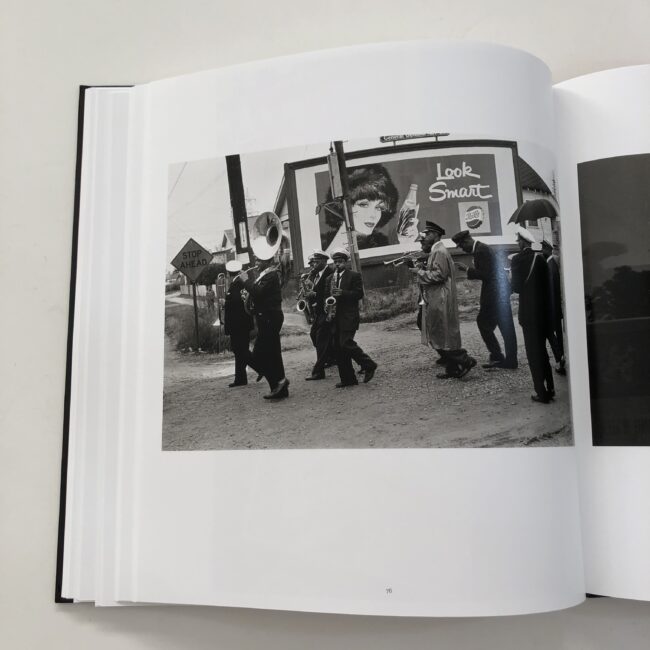
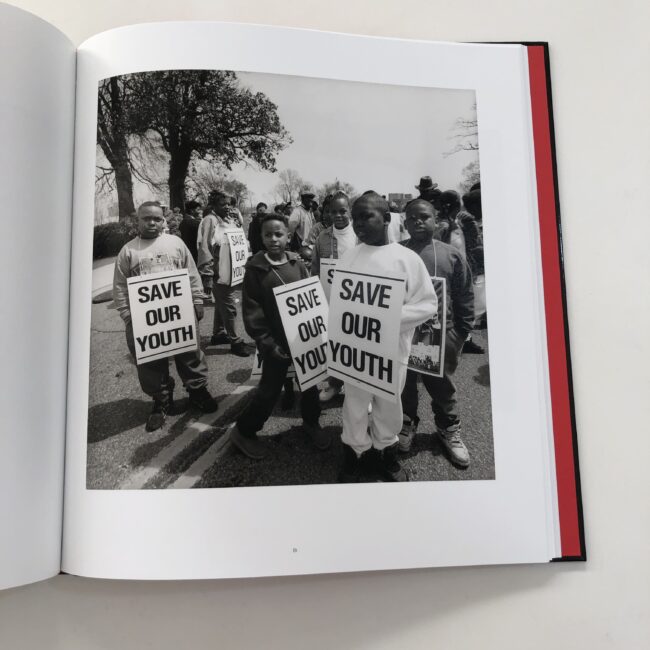
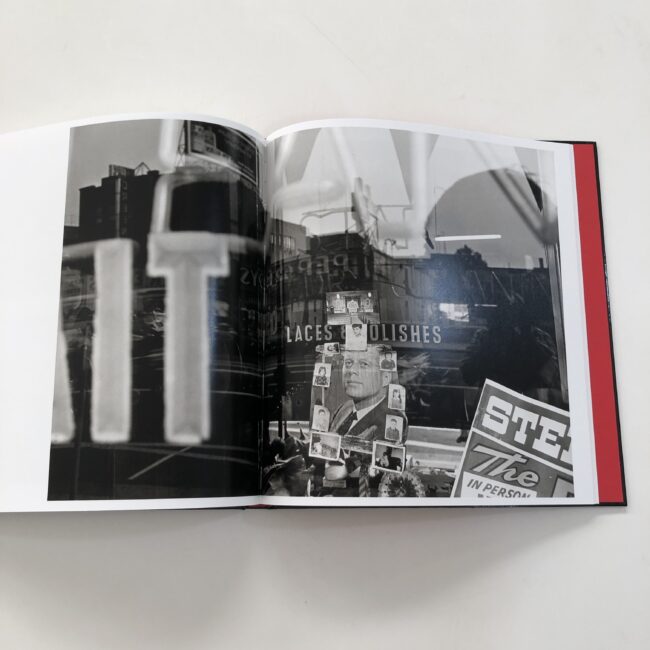
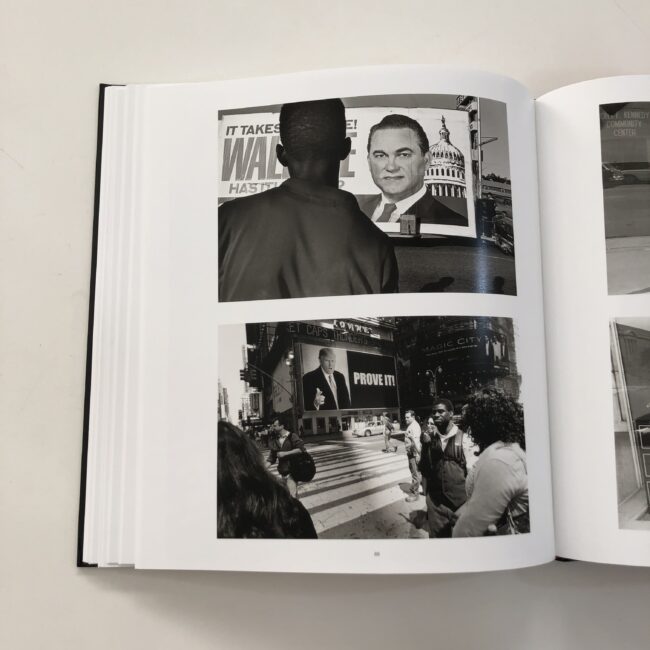
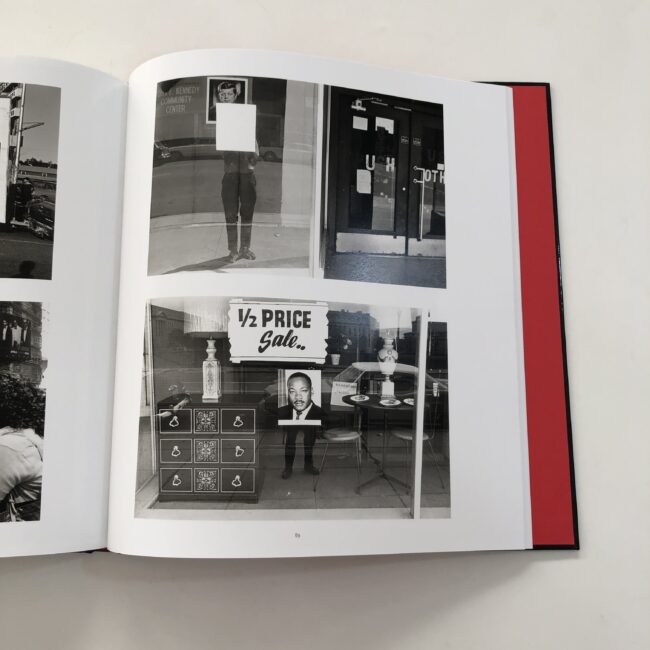
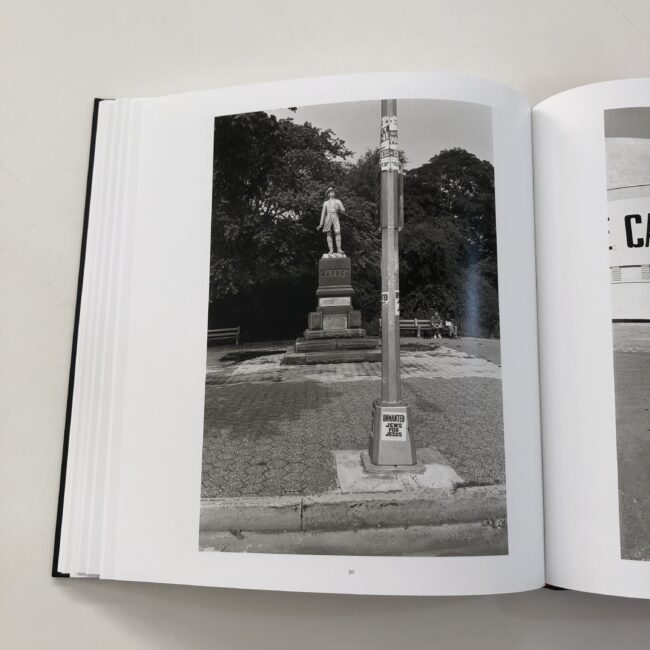
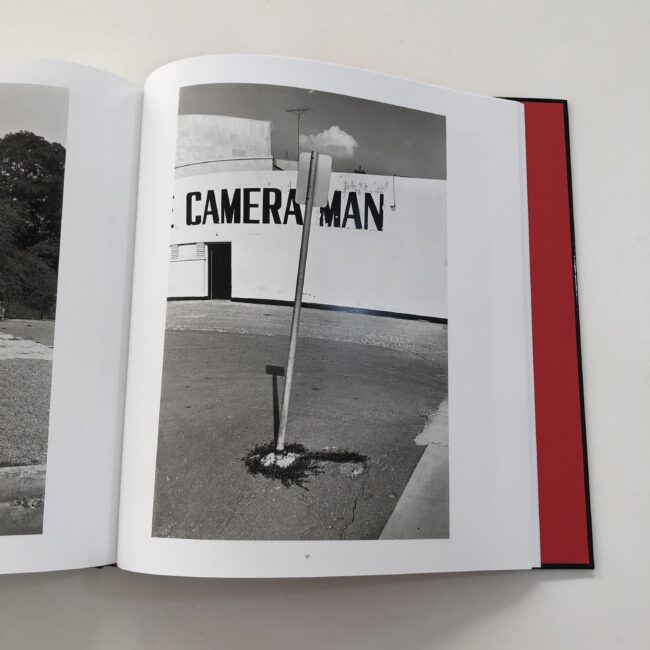
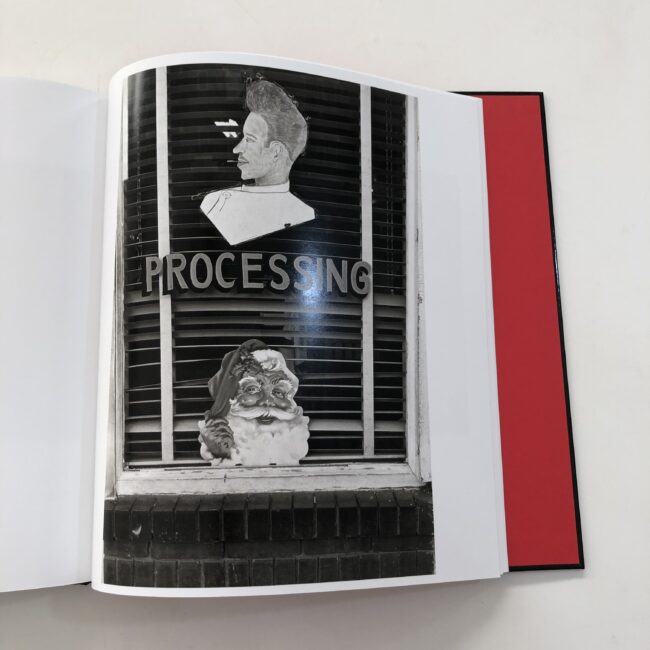



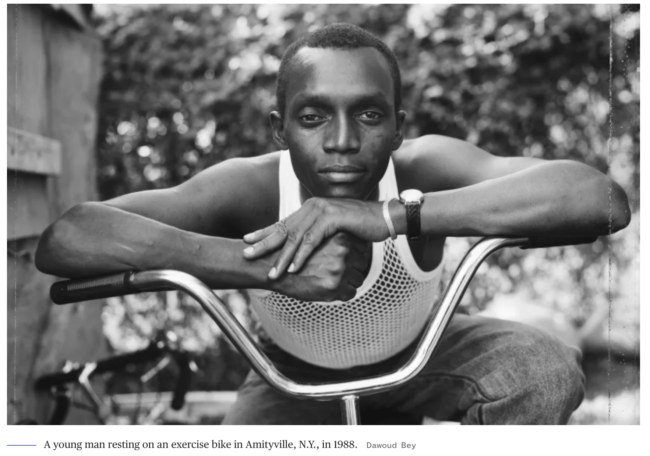
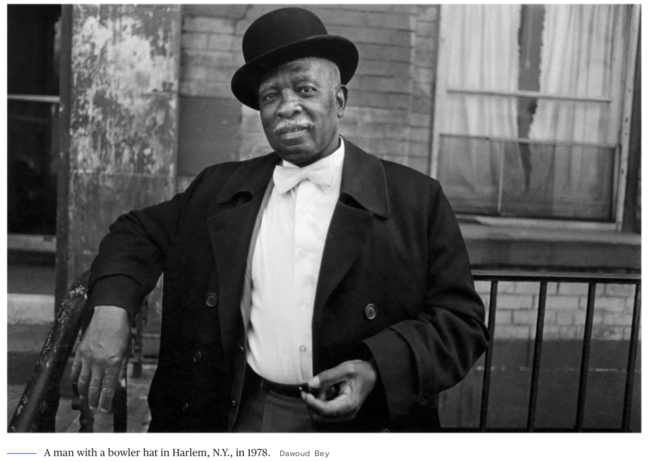
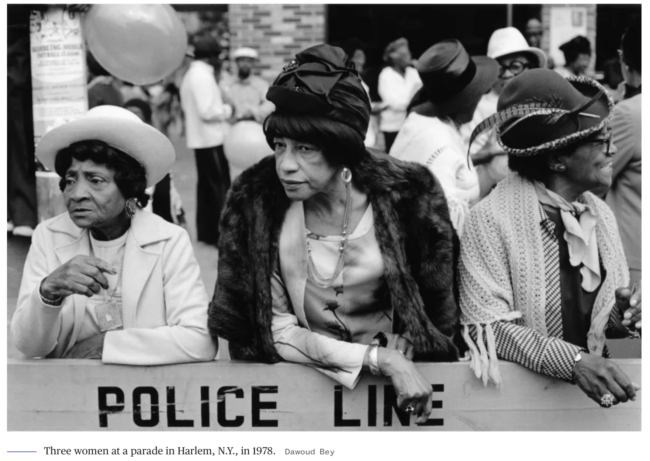
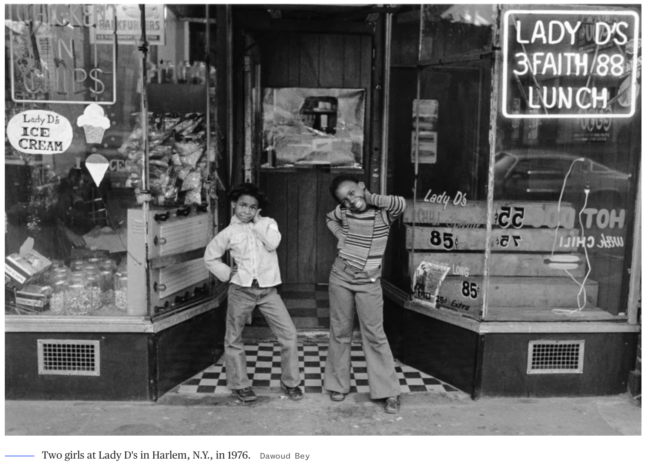
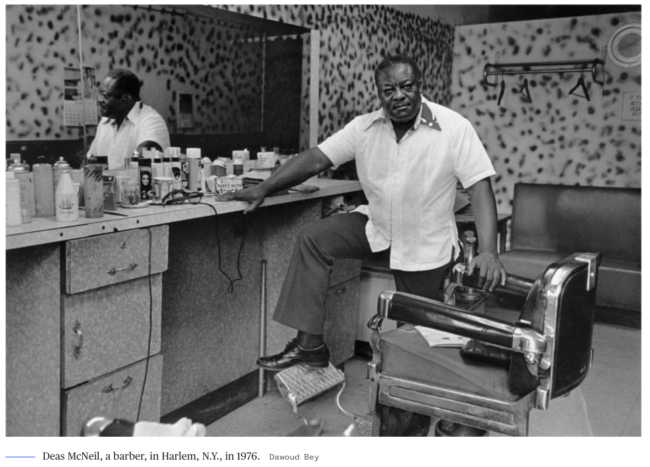
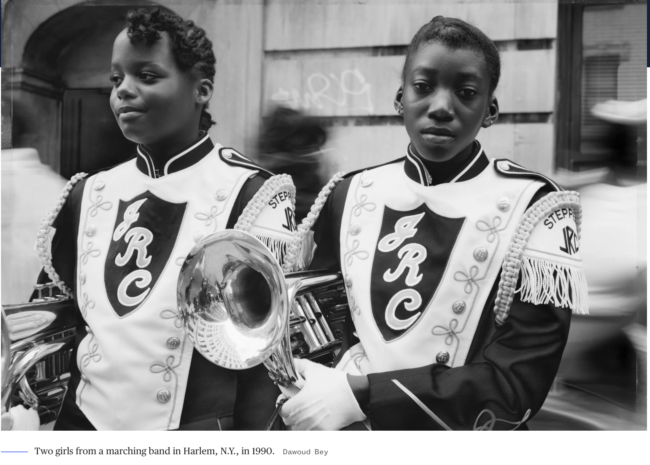
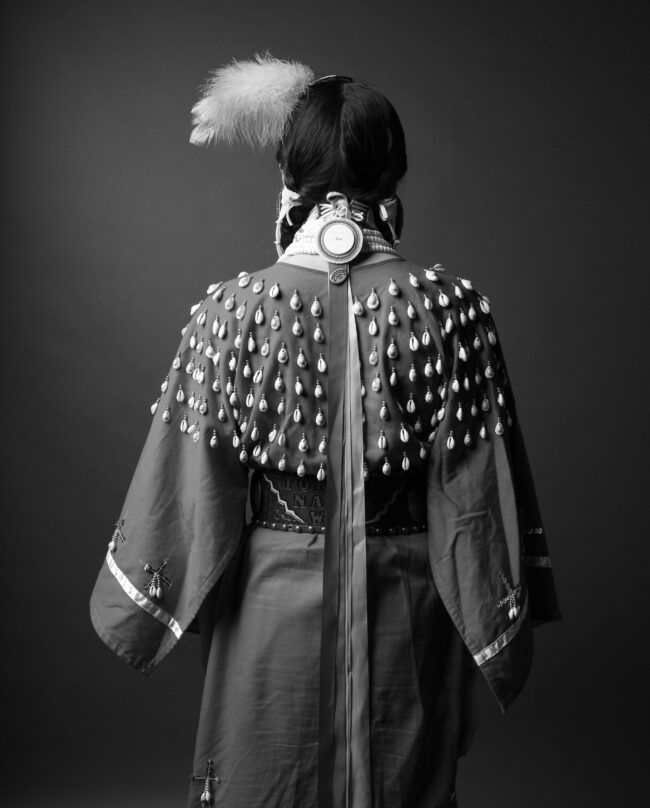
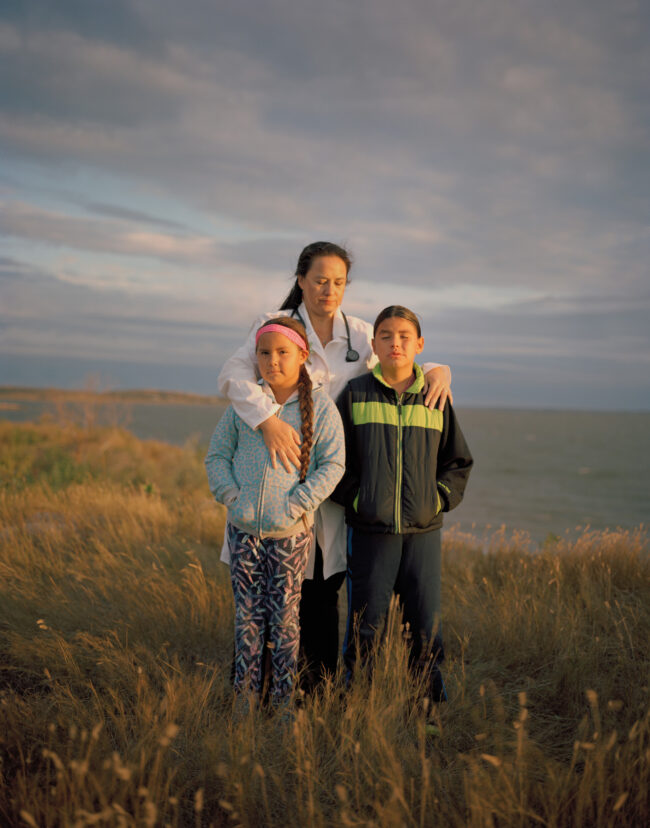
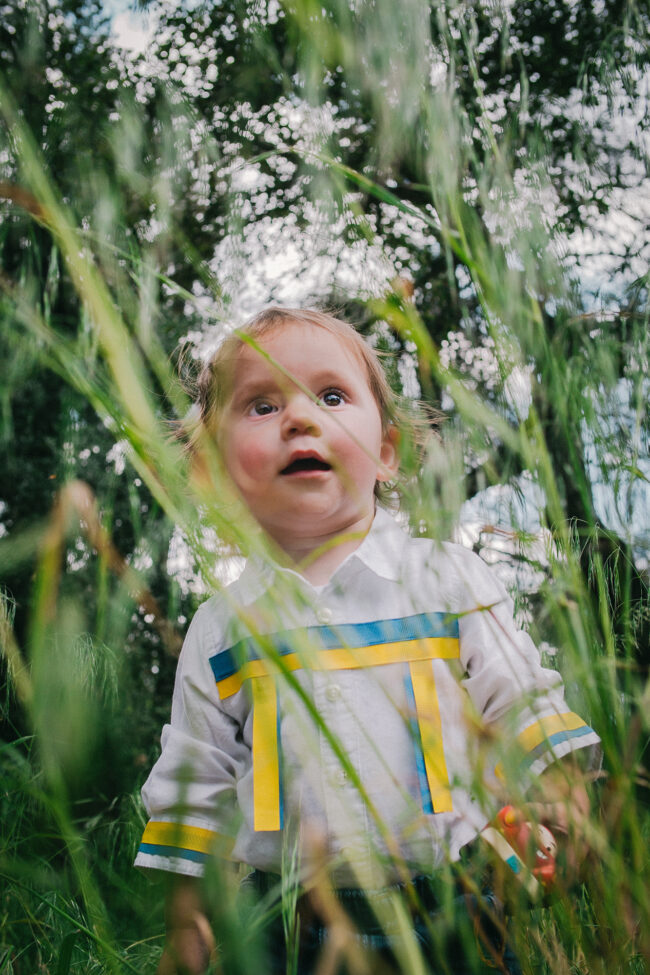 A young Cahuilla boy explores his tribal lands. Photograph by Gabrielle Norte
A young Cahuilla boy explores his tribal lands. Photograph by Gabrielle Norte